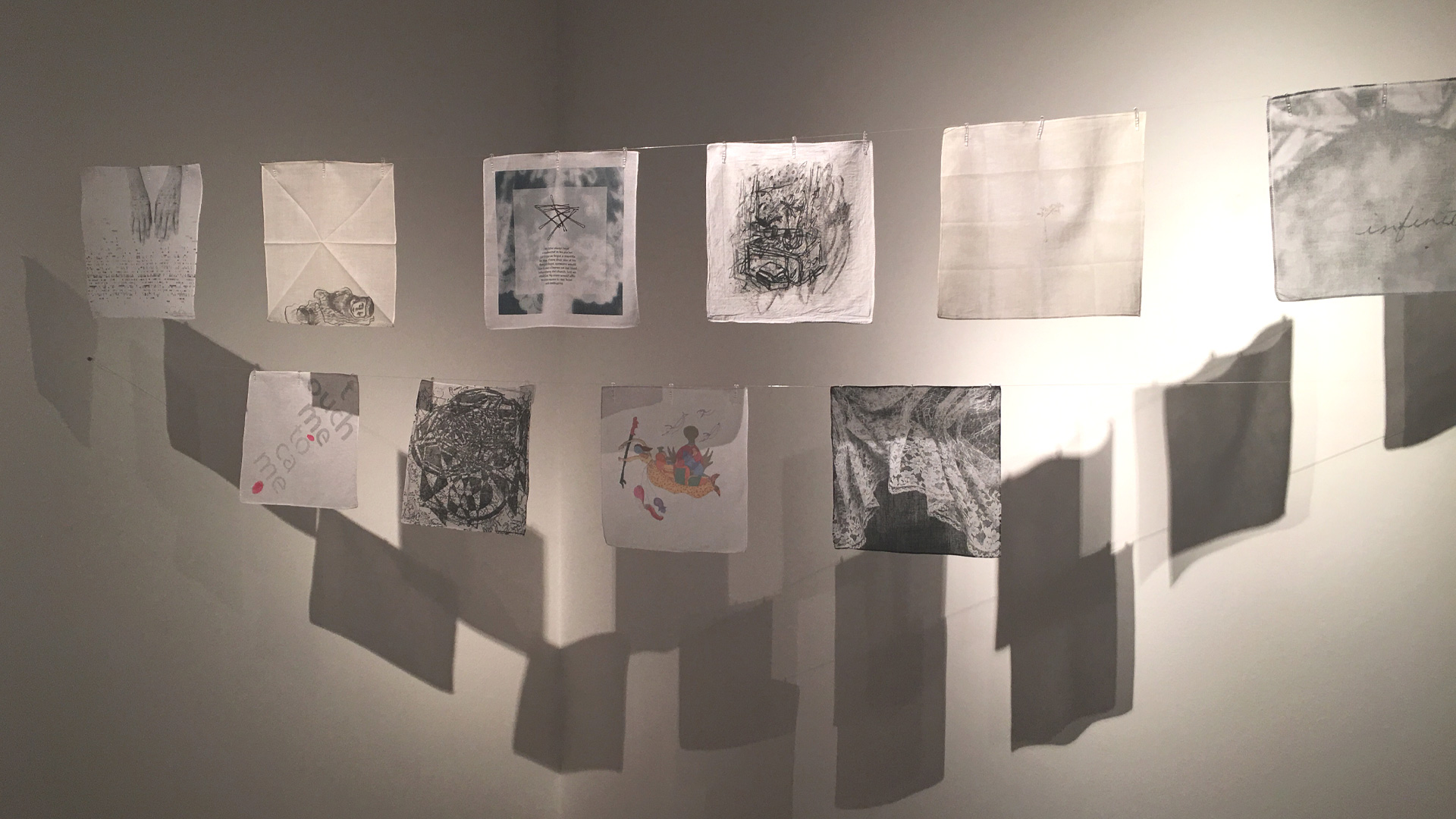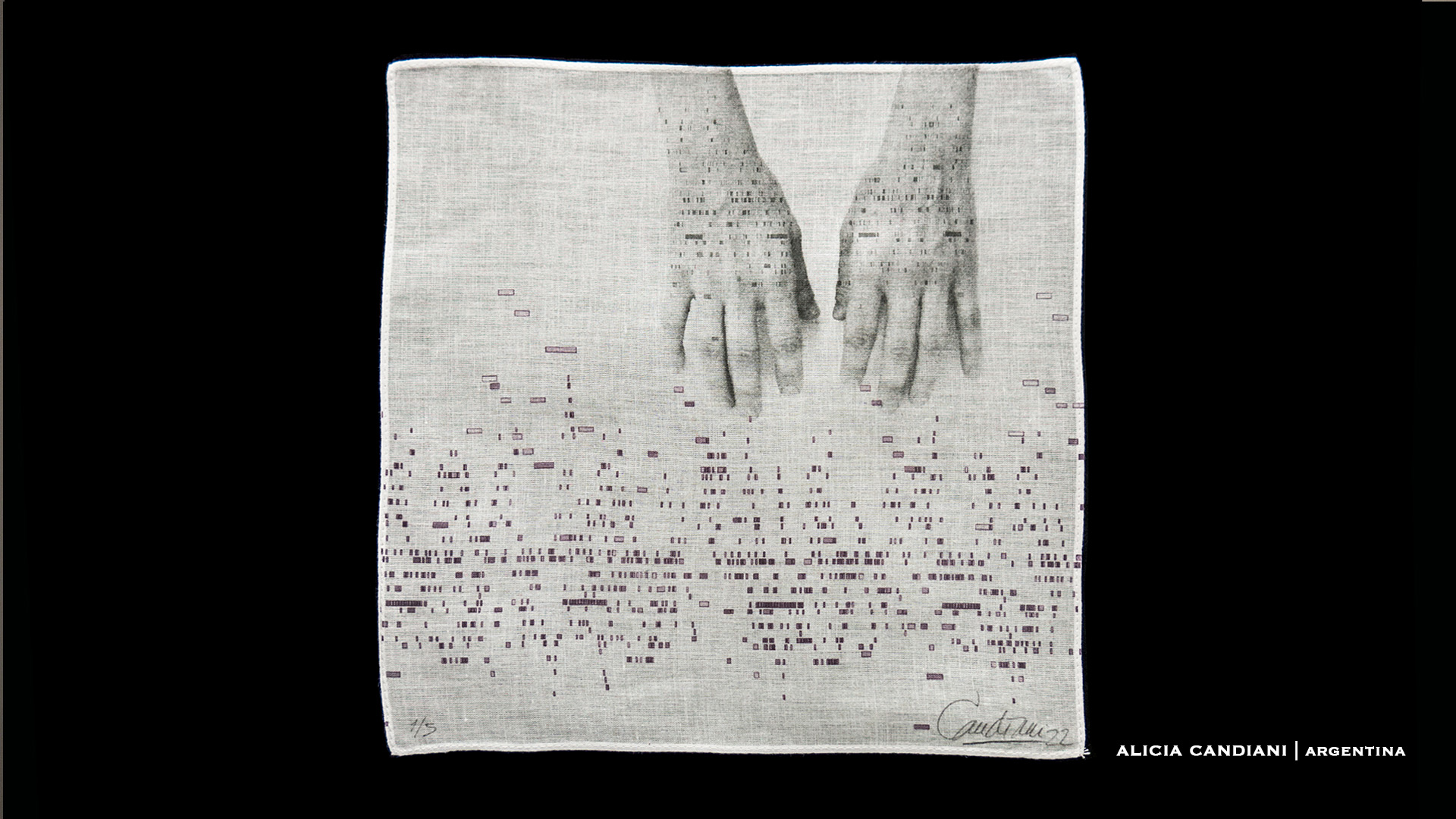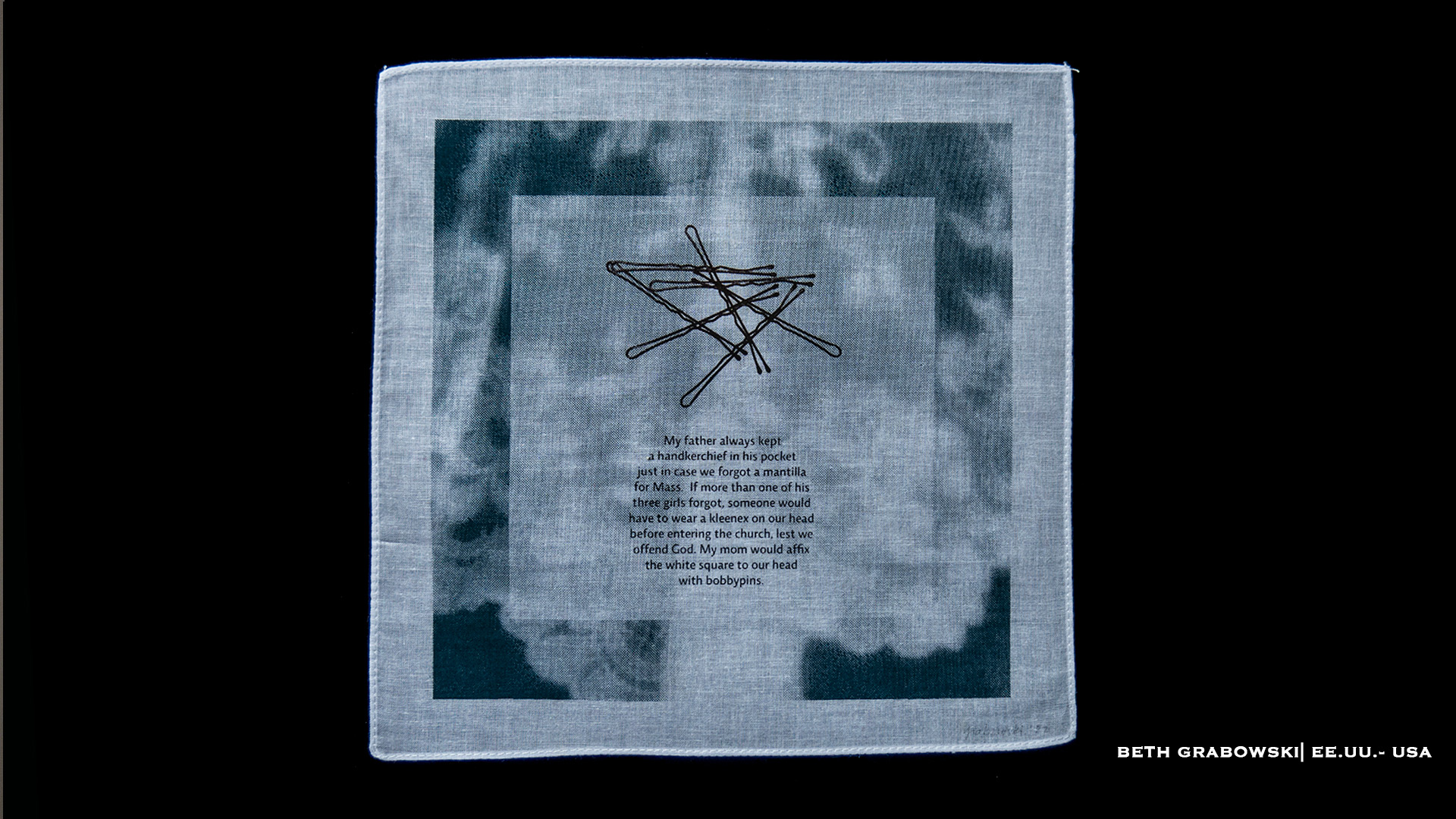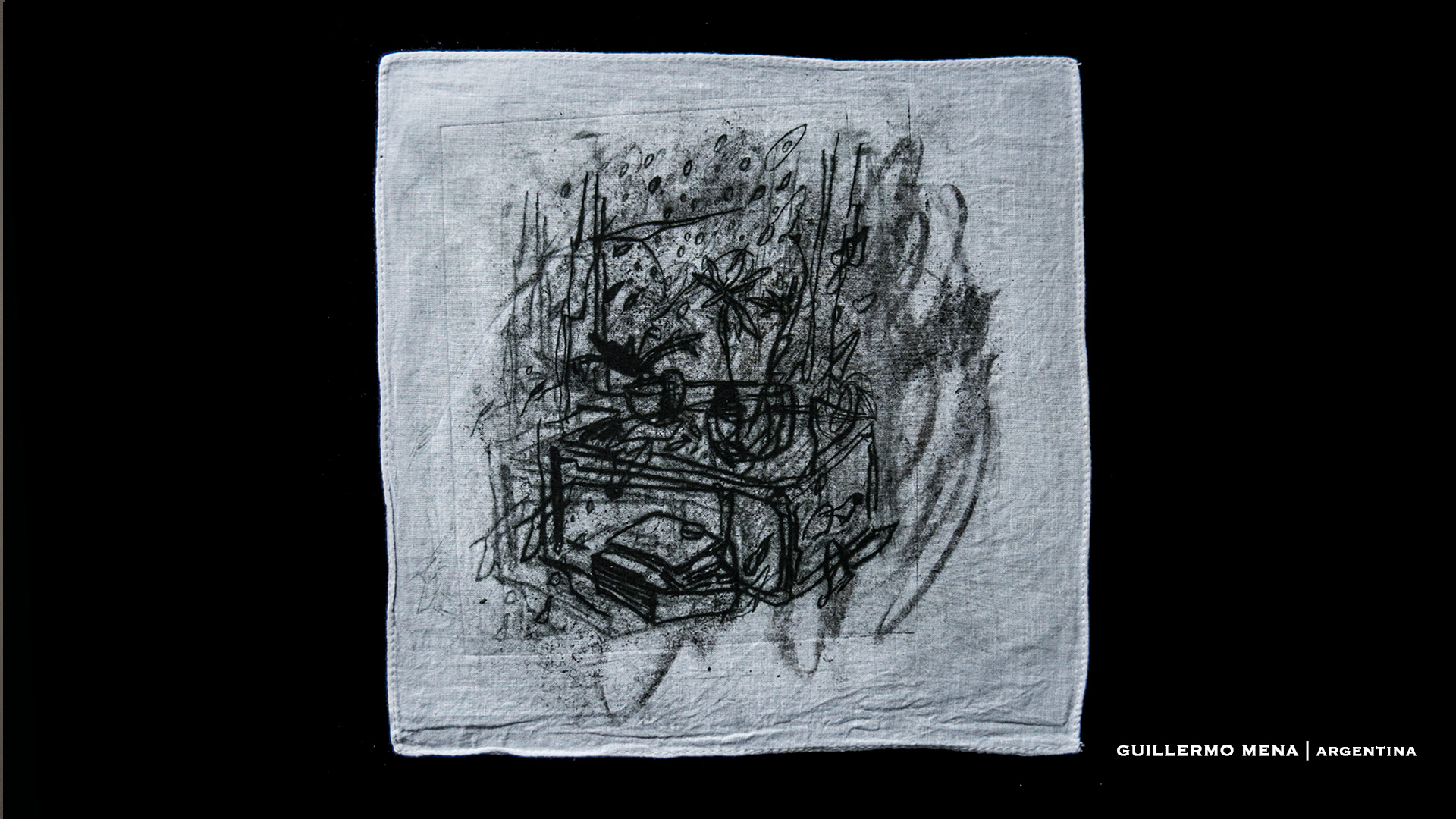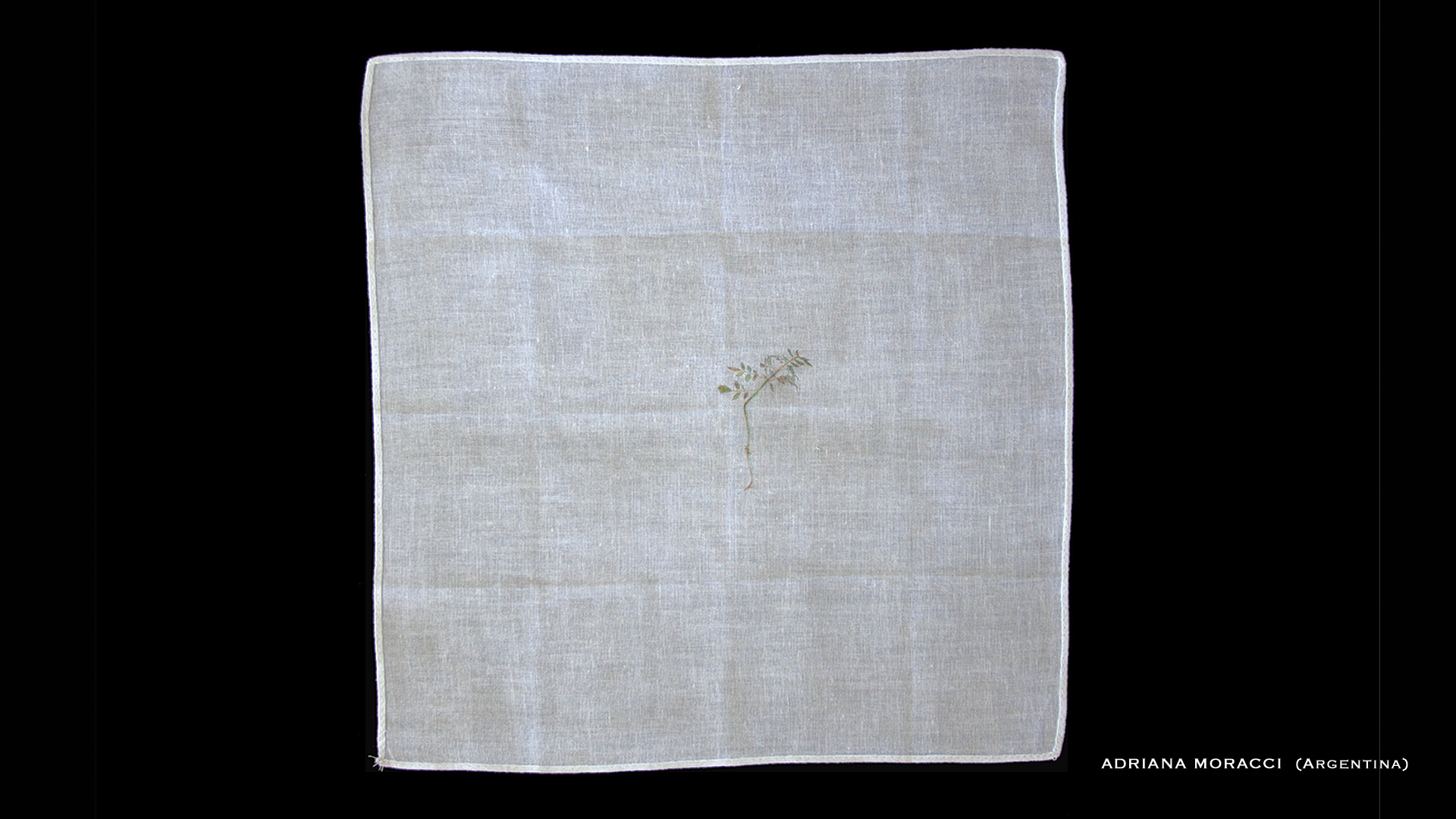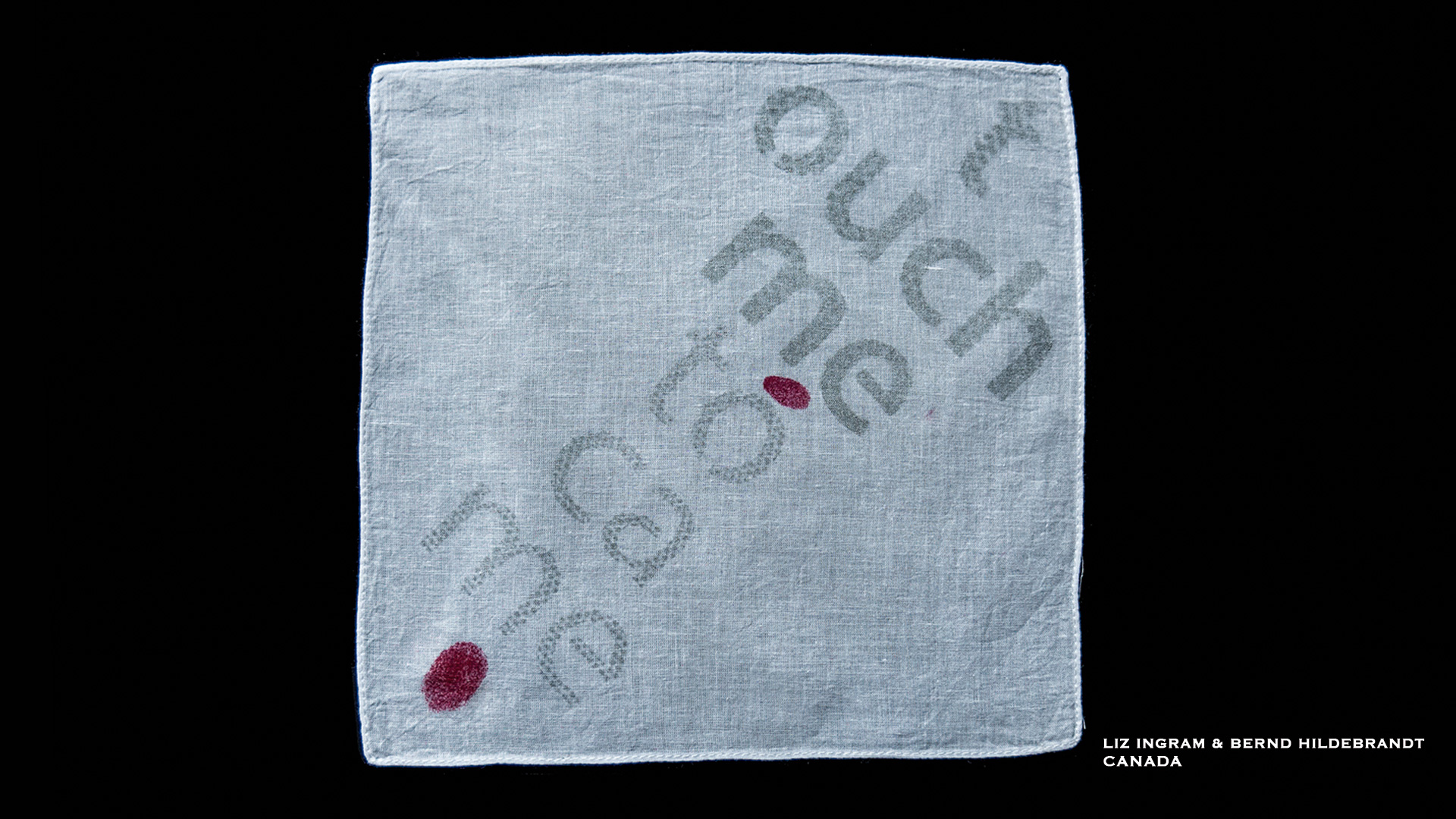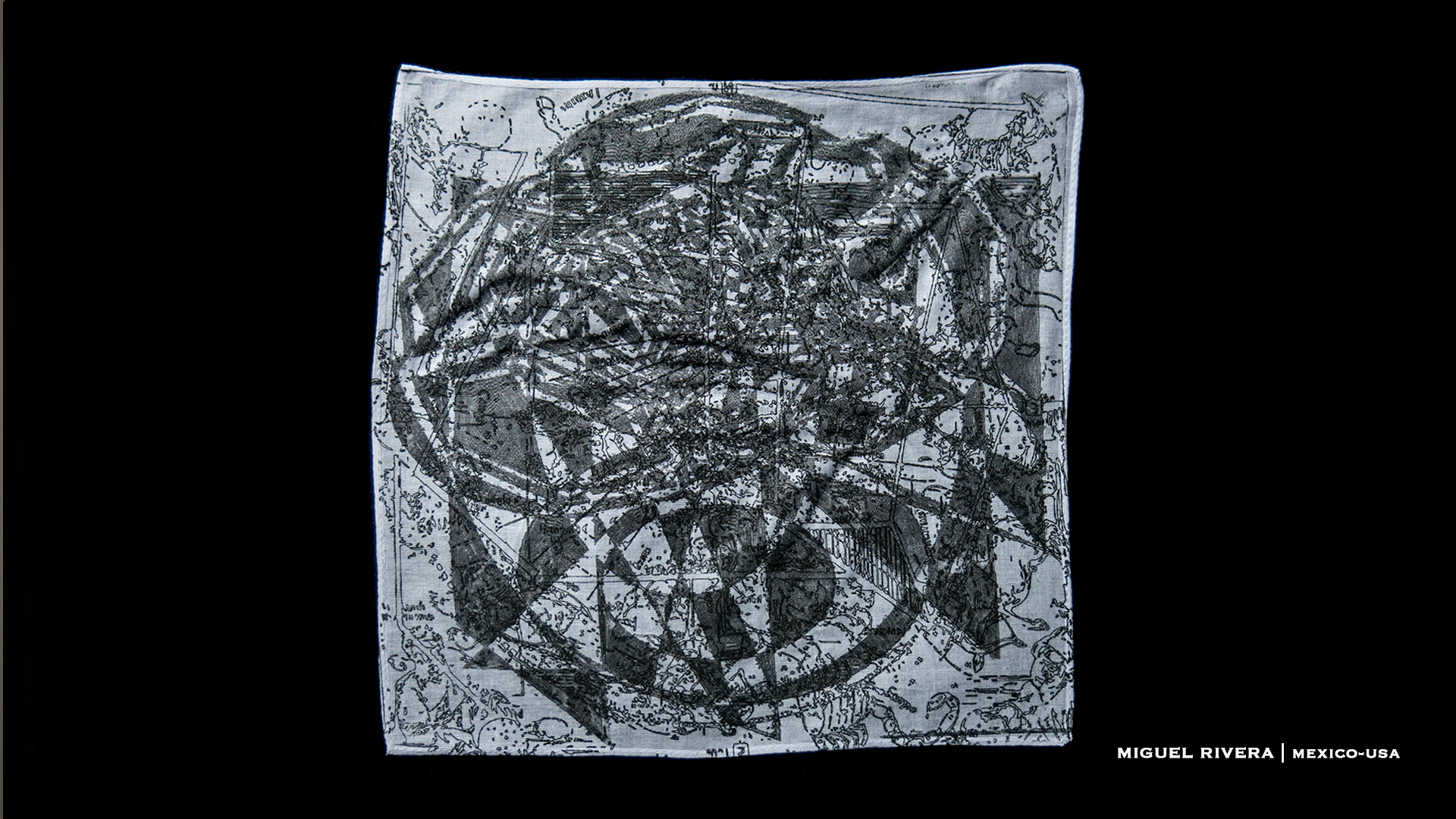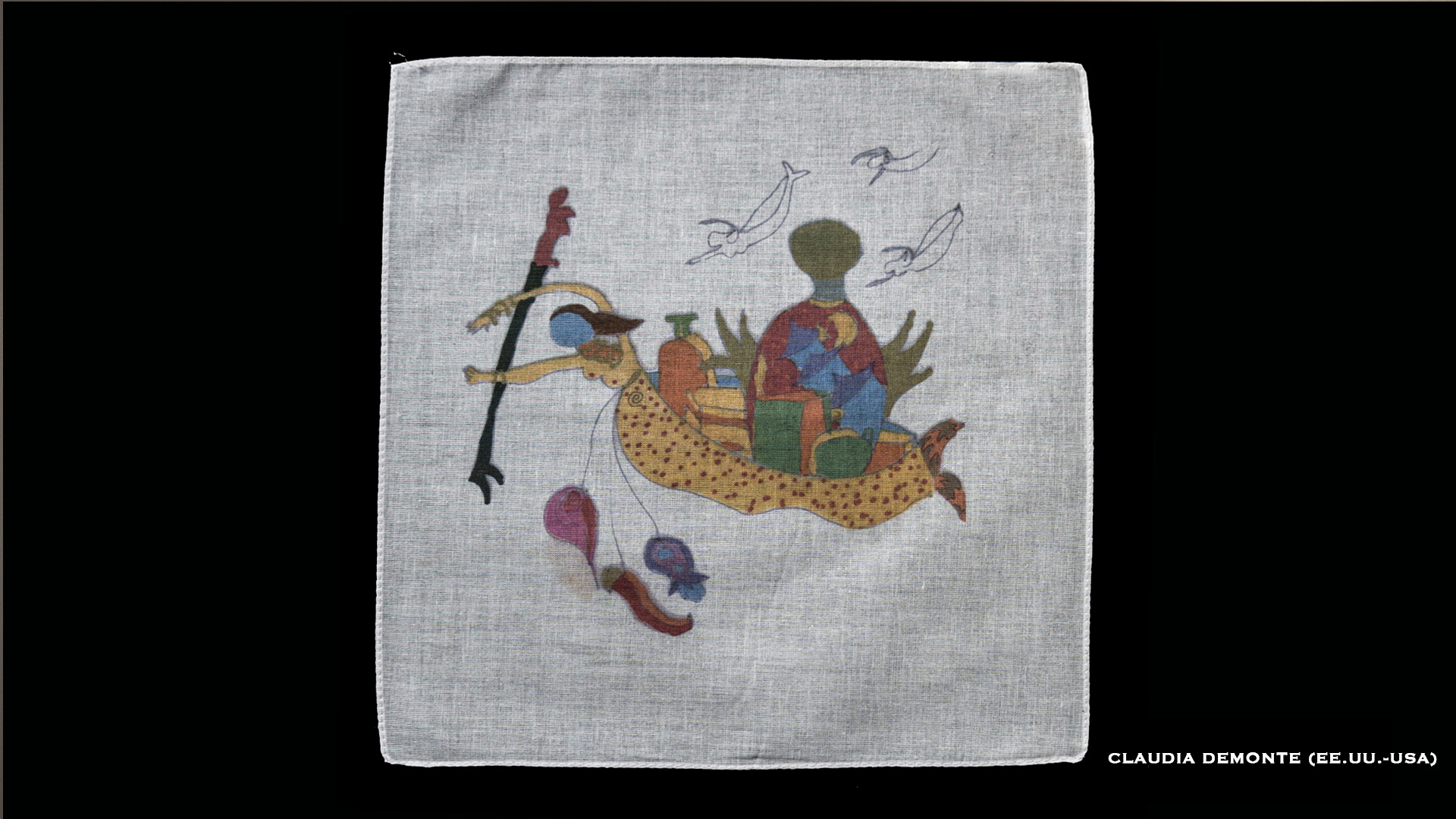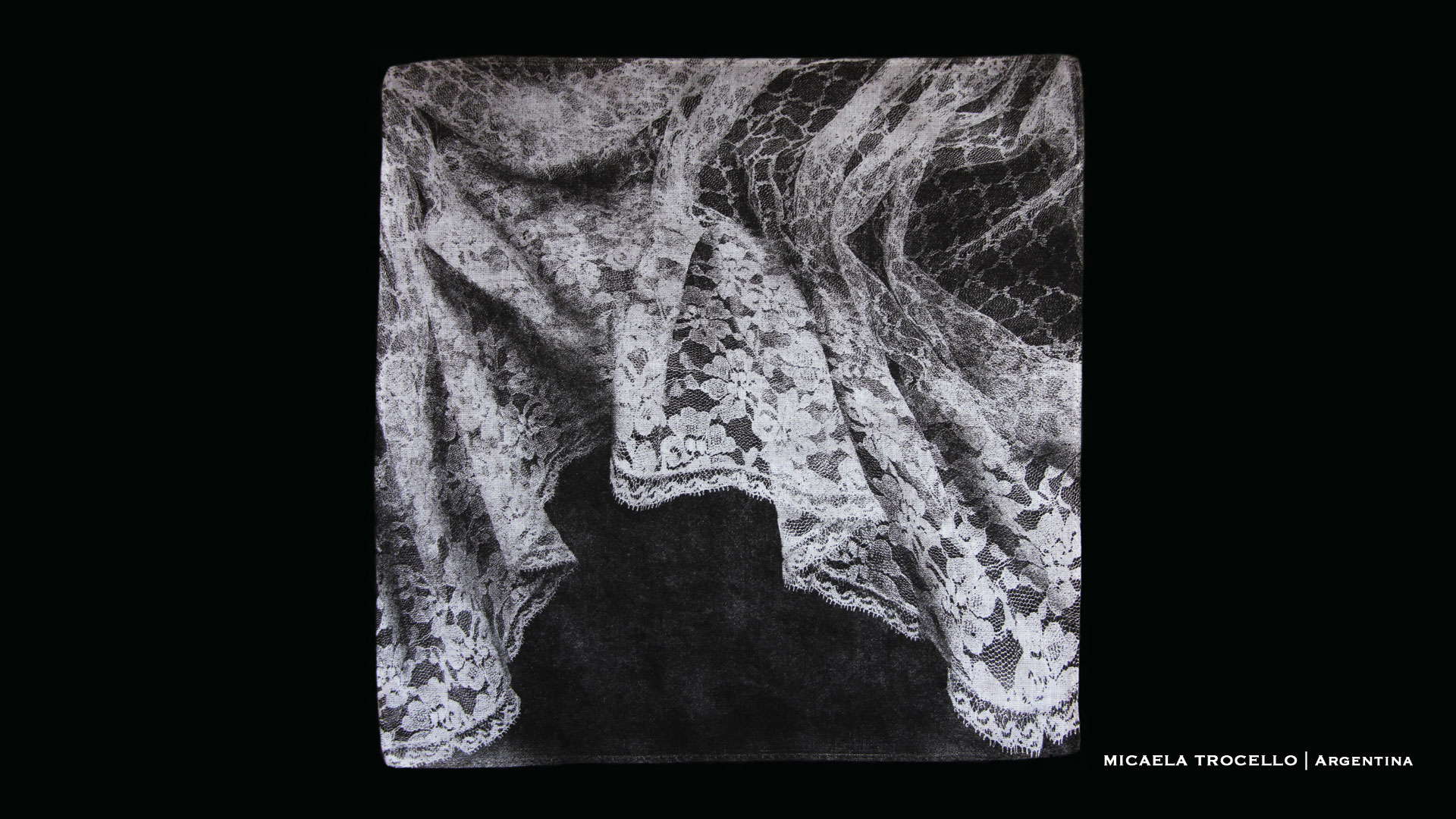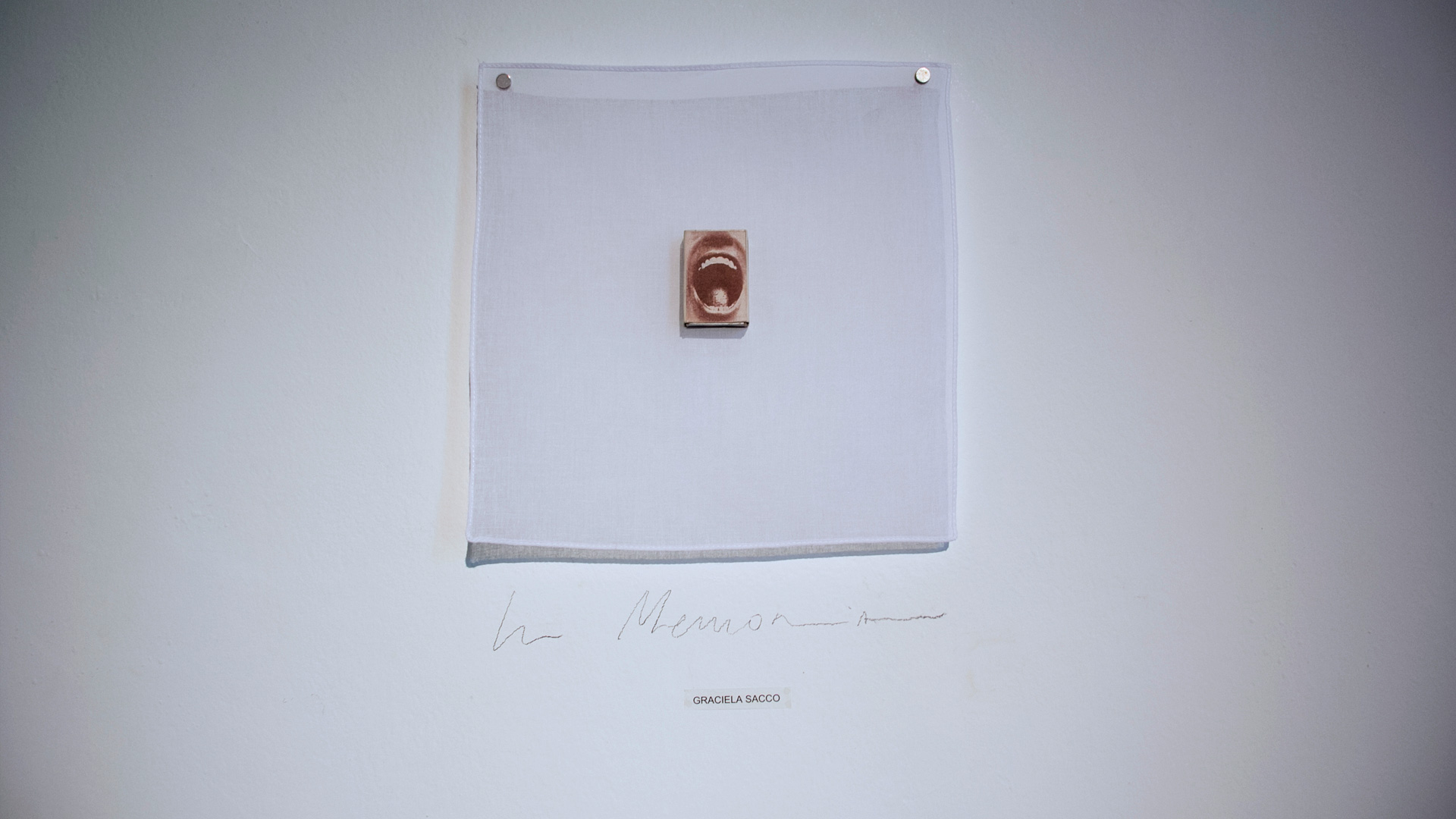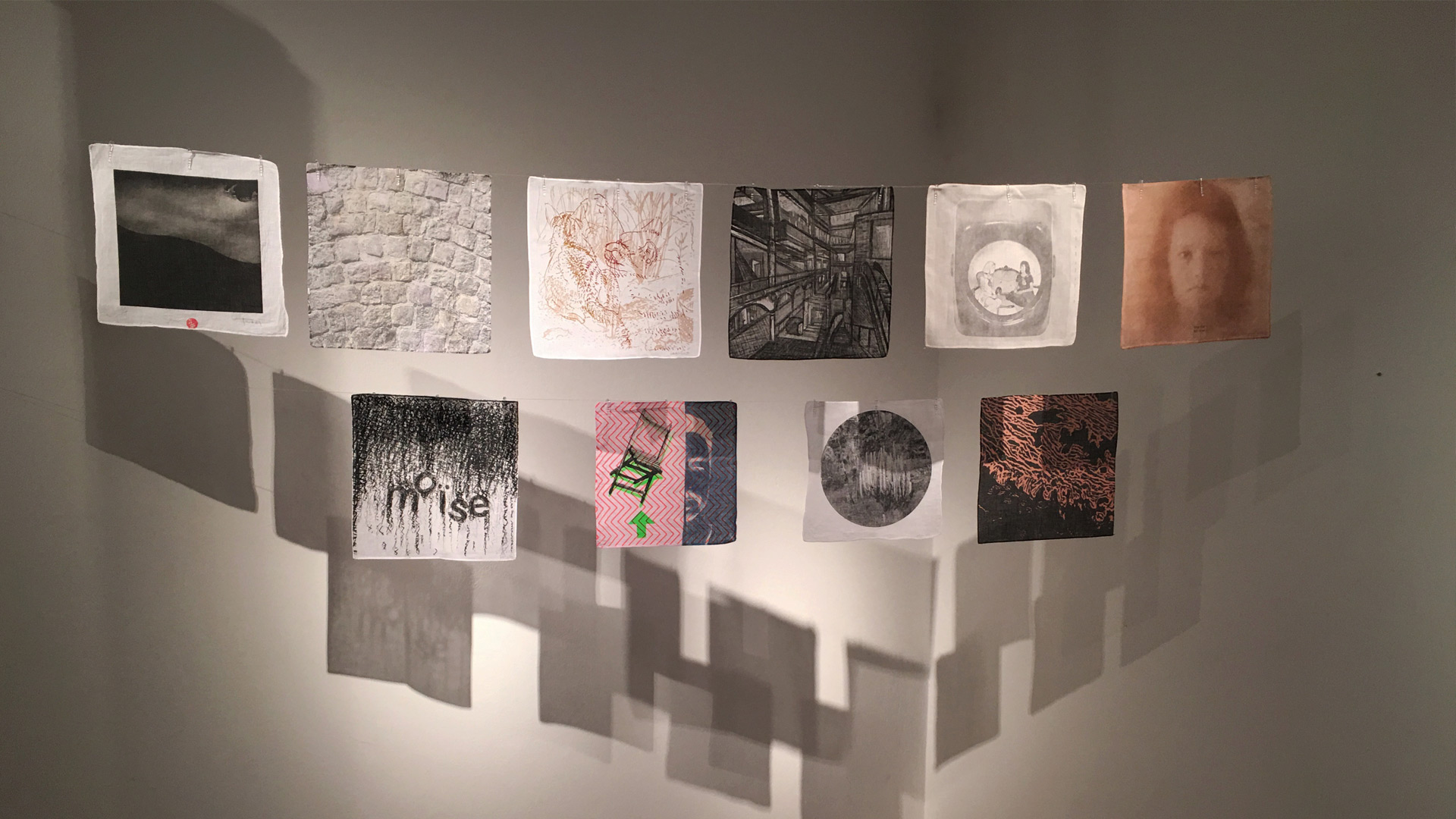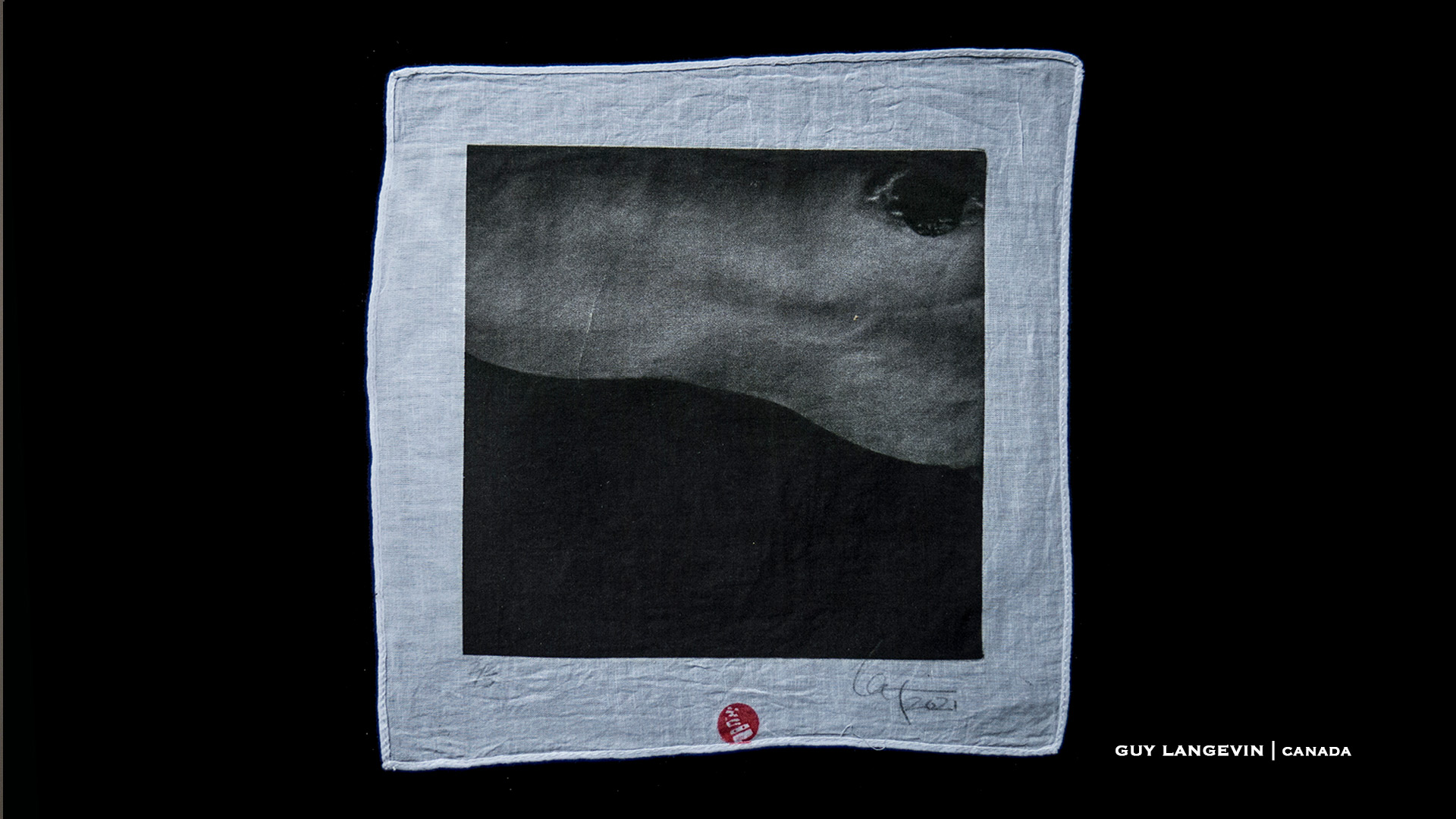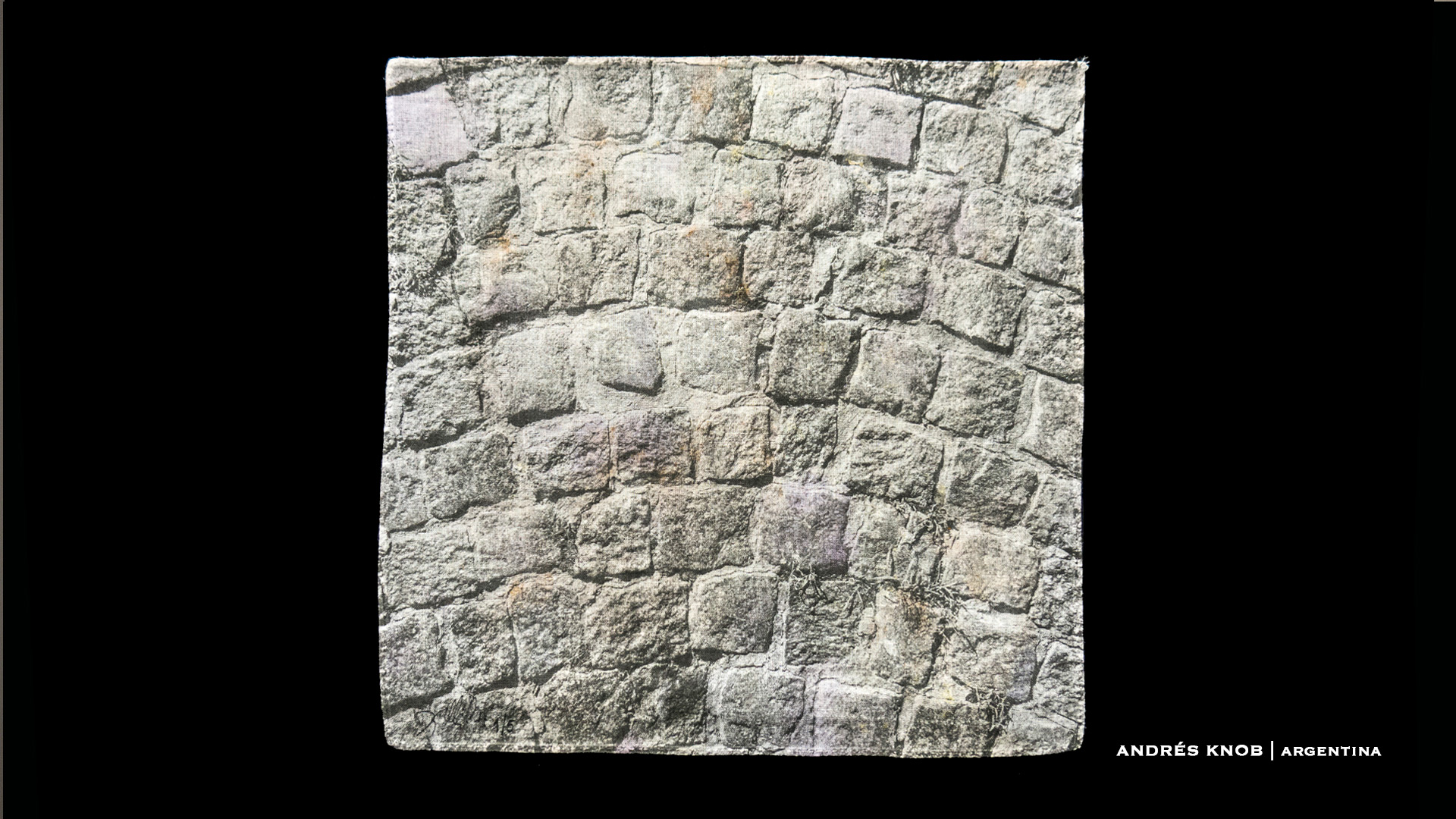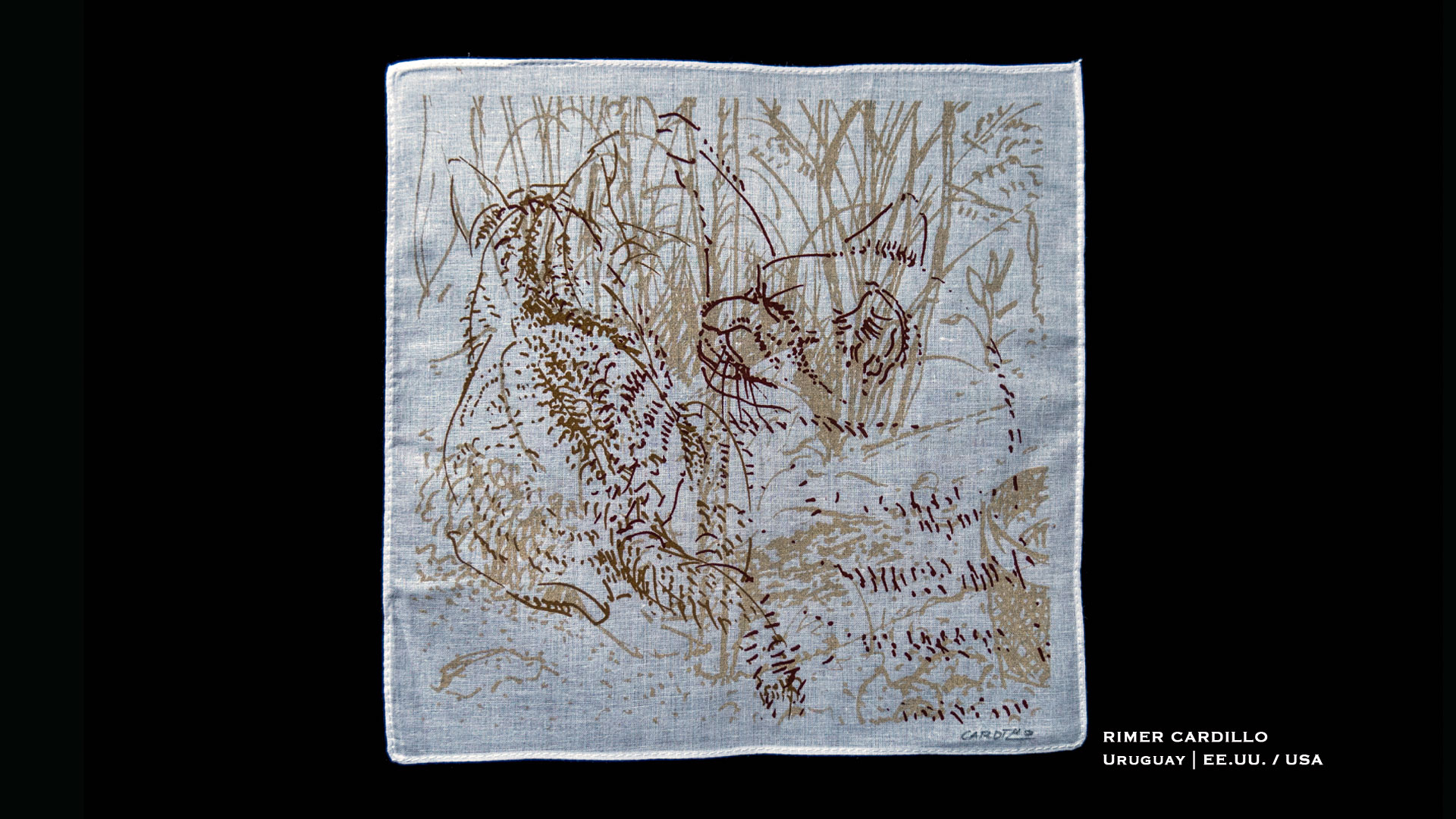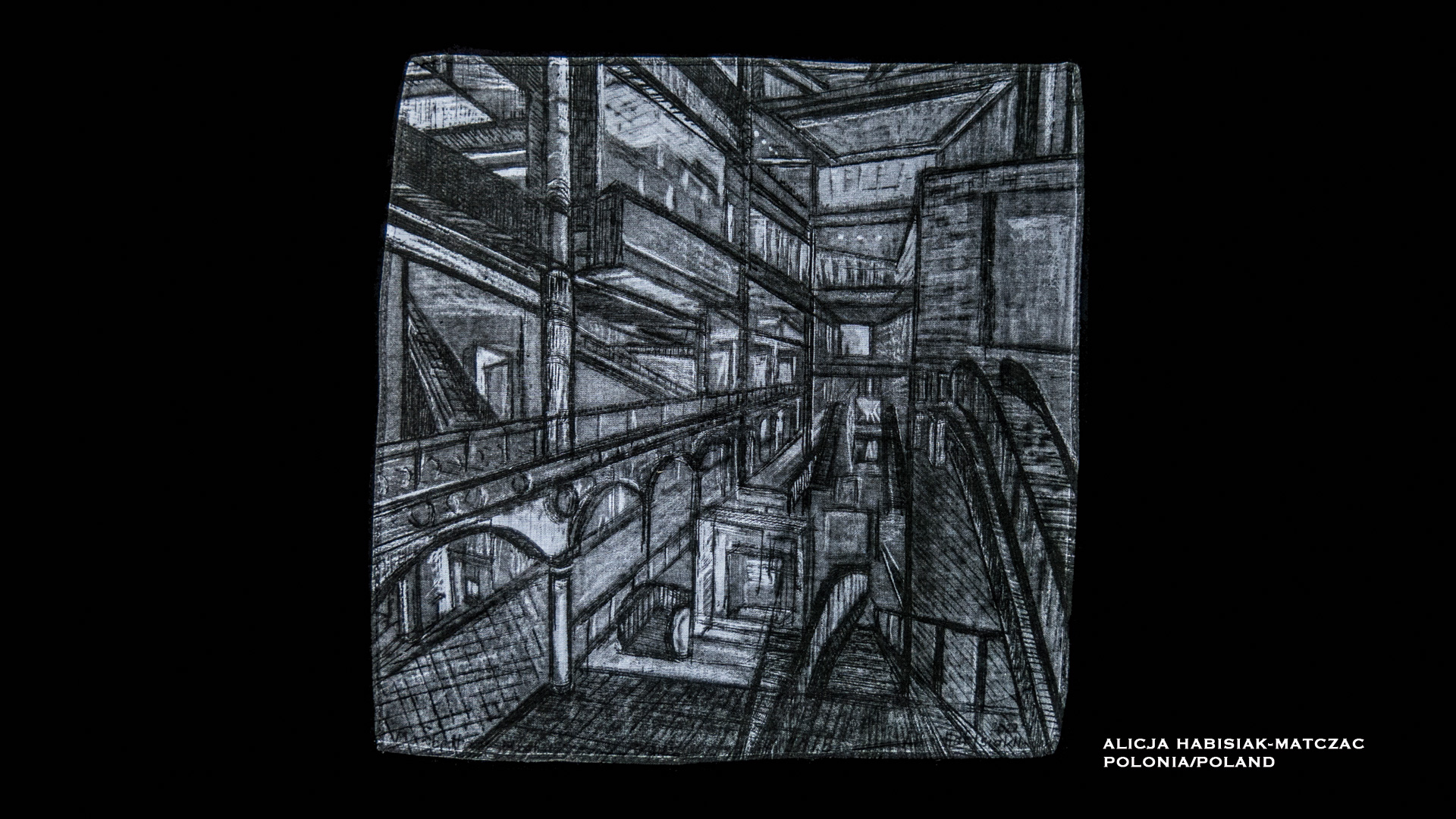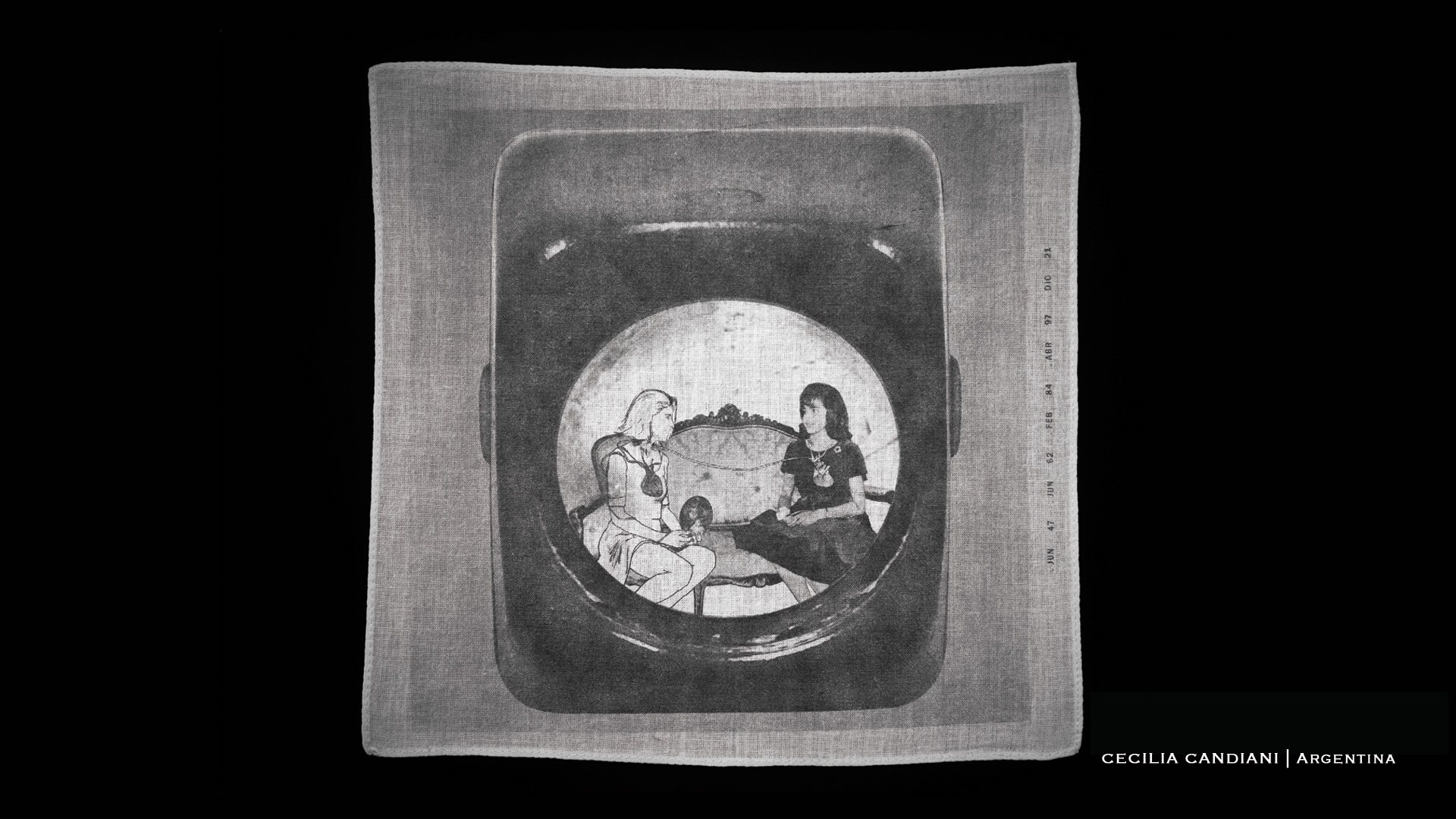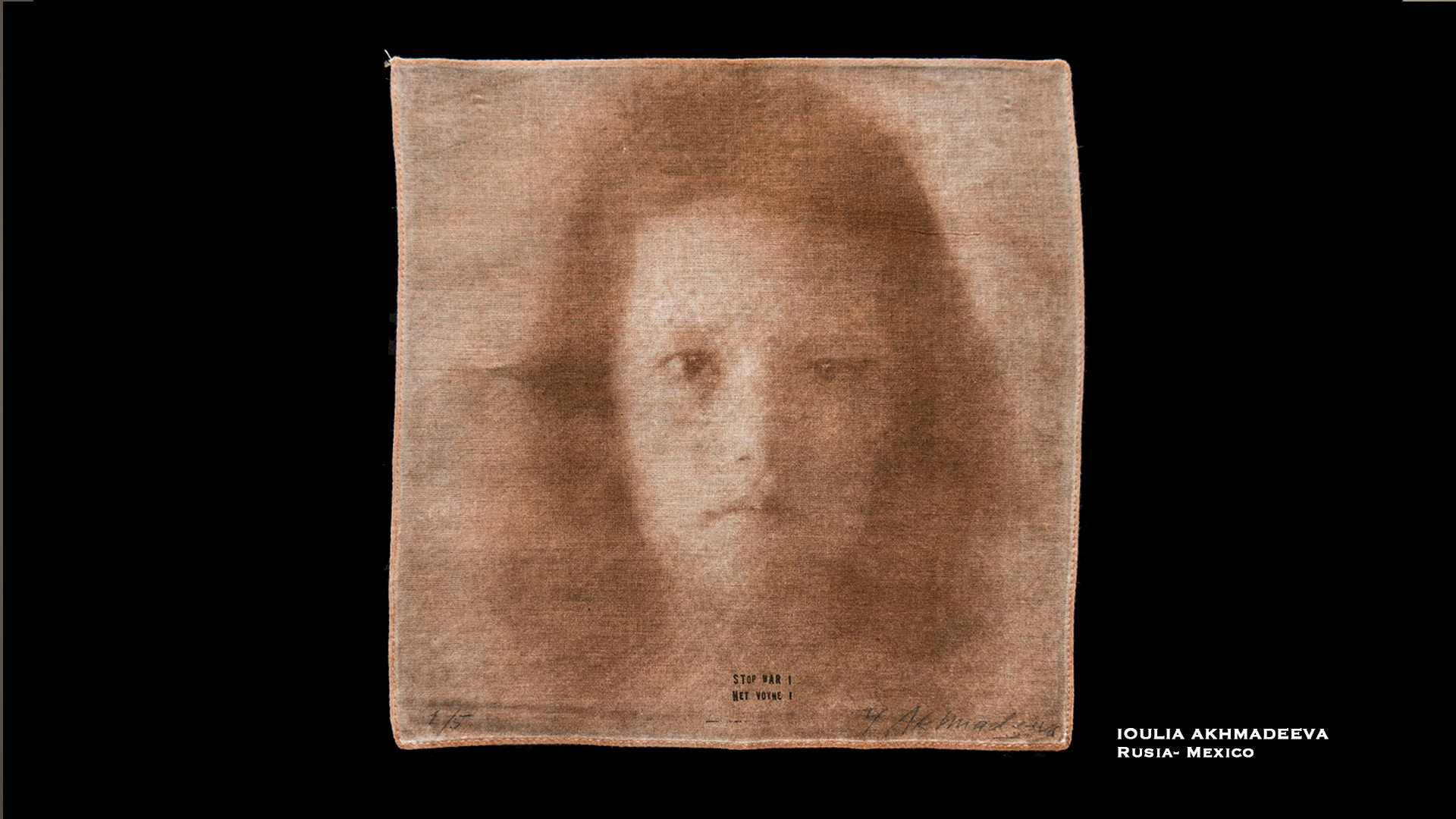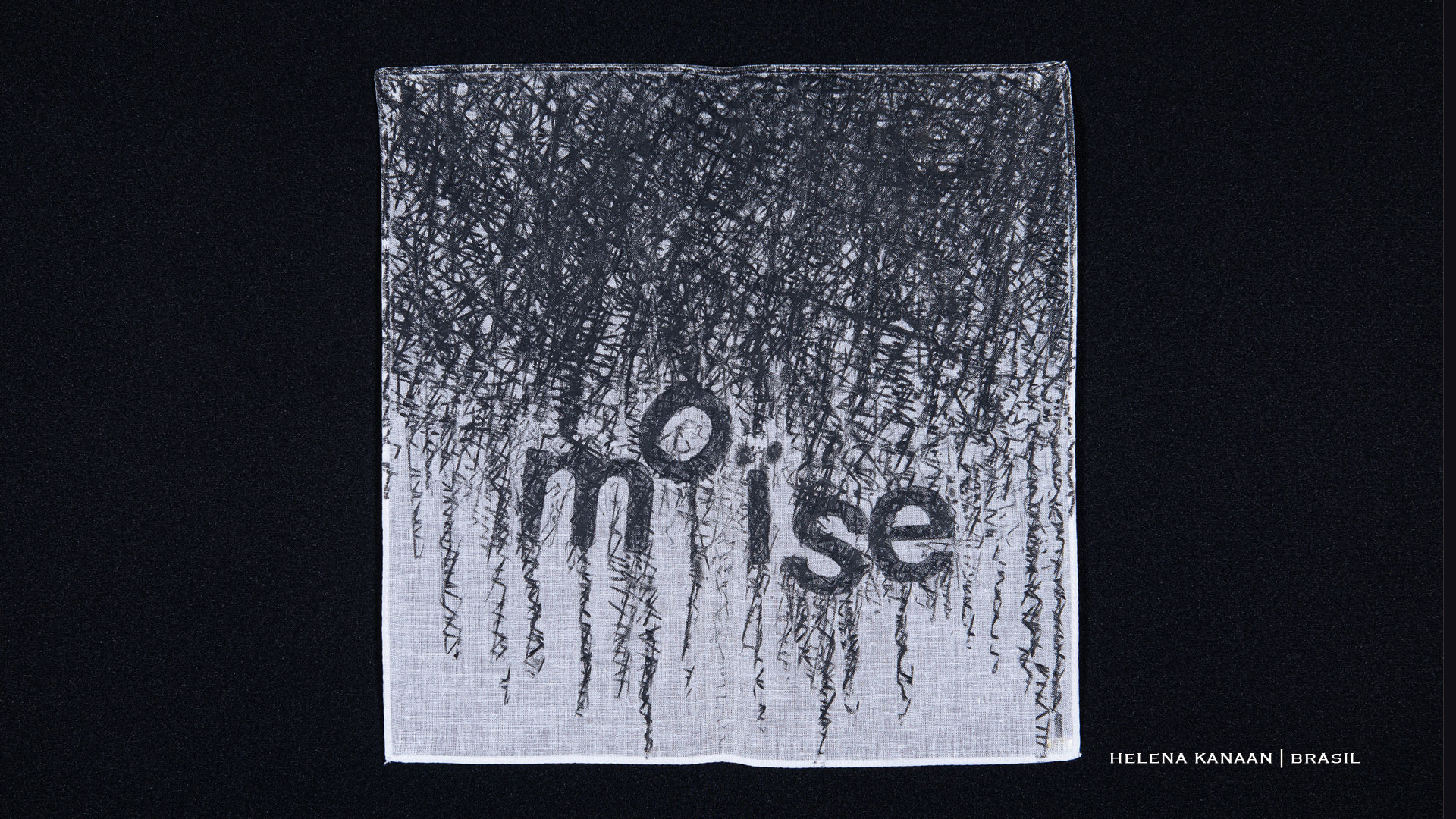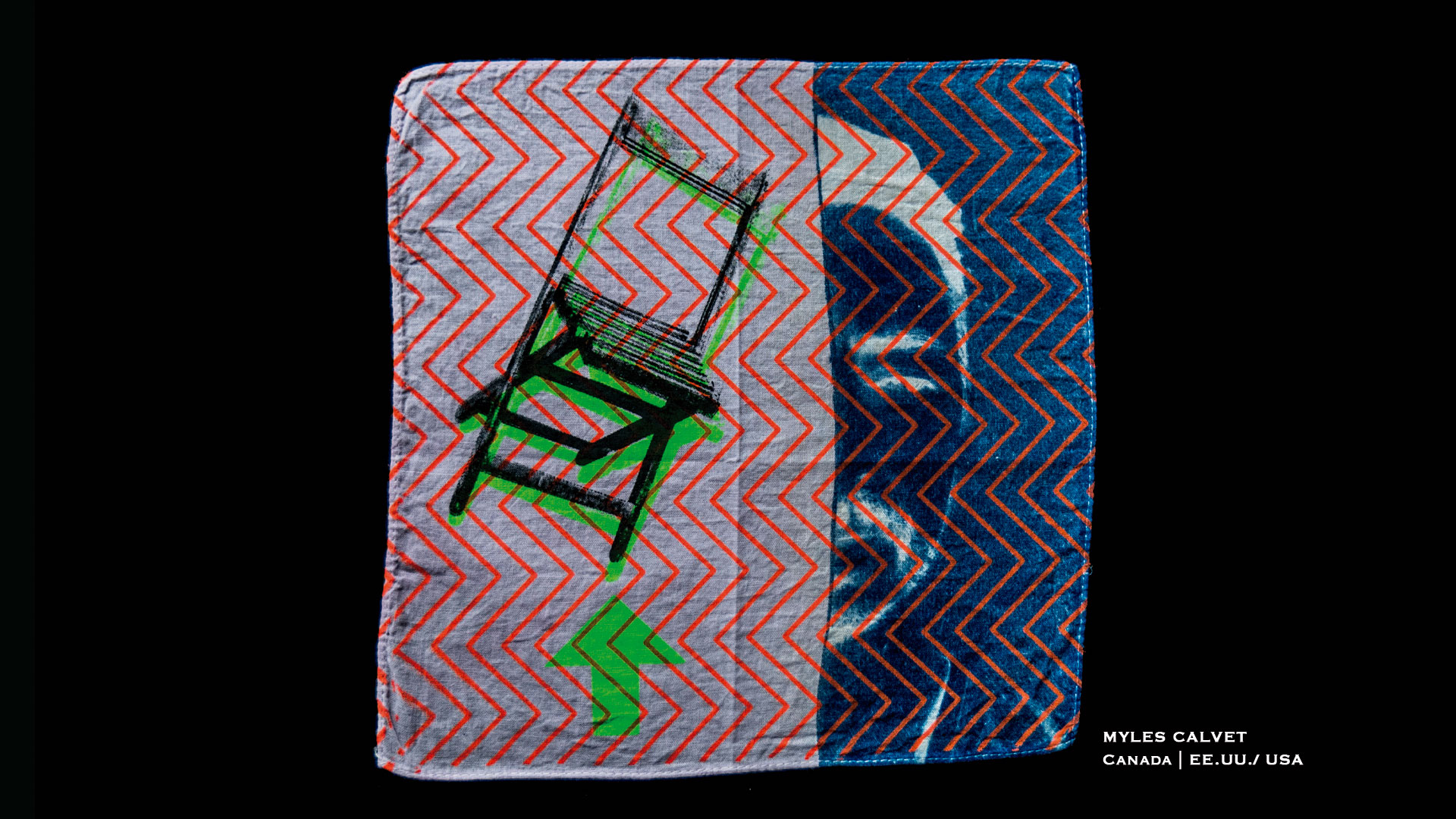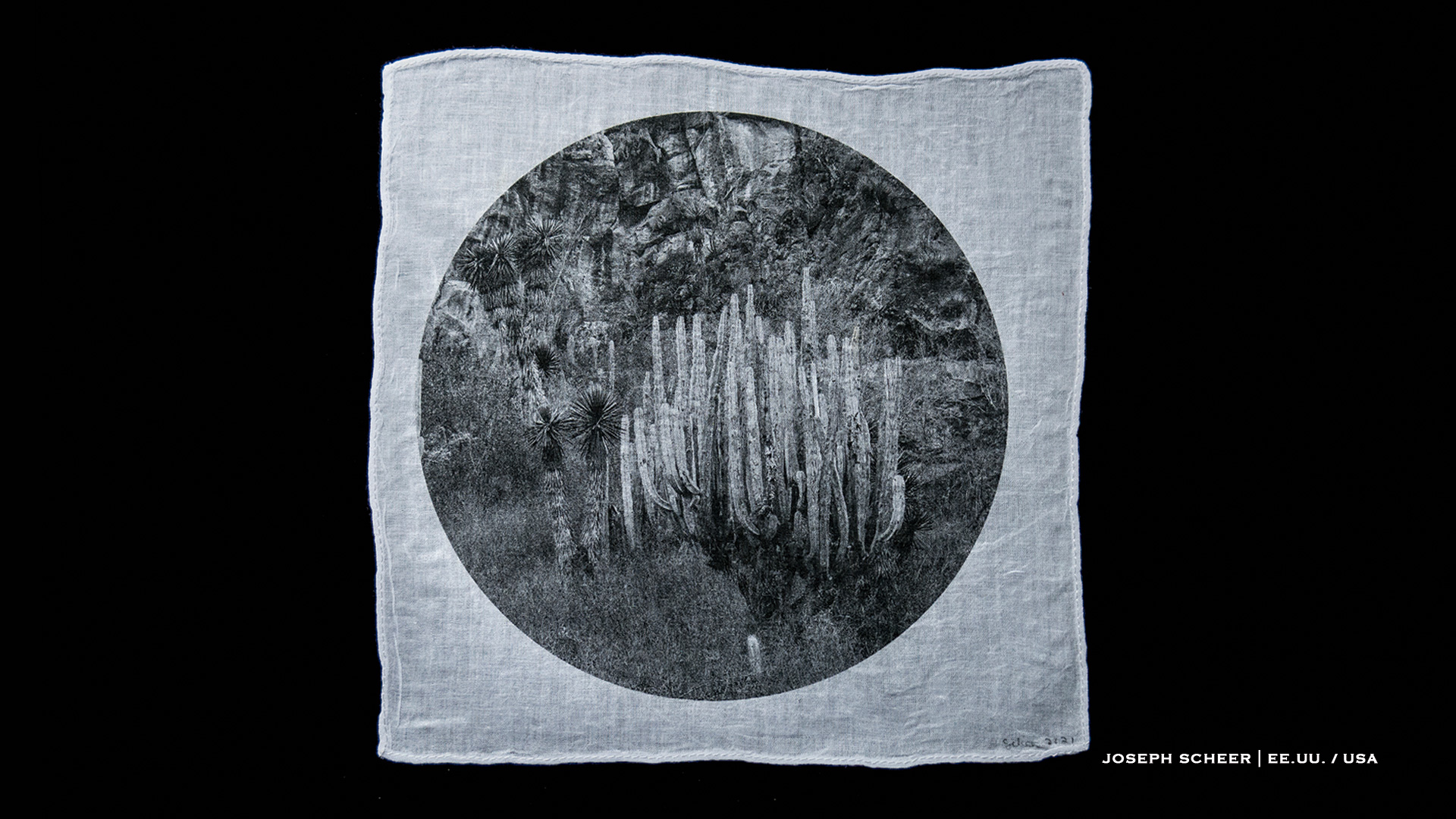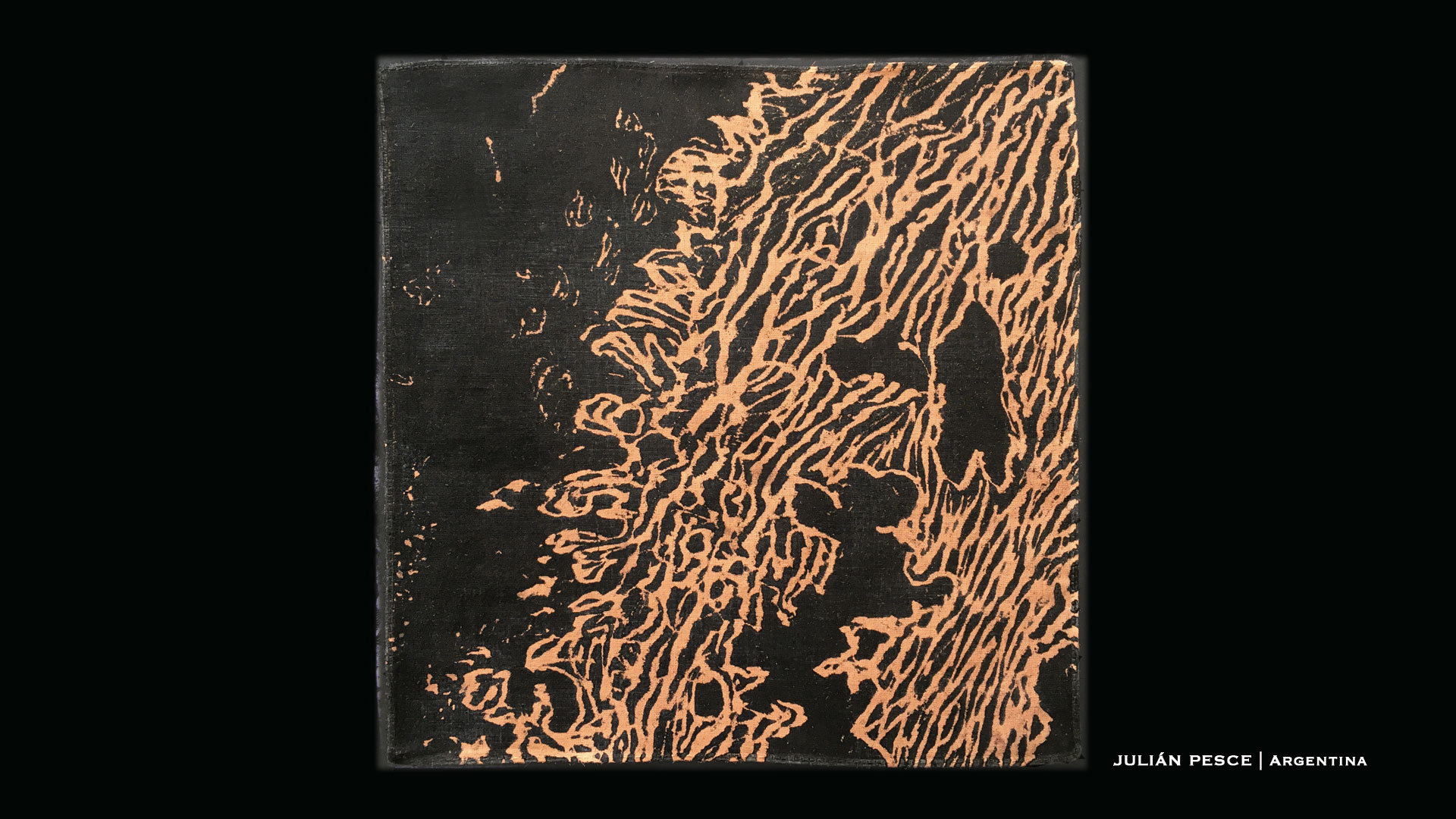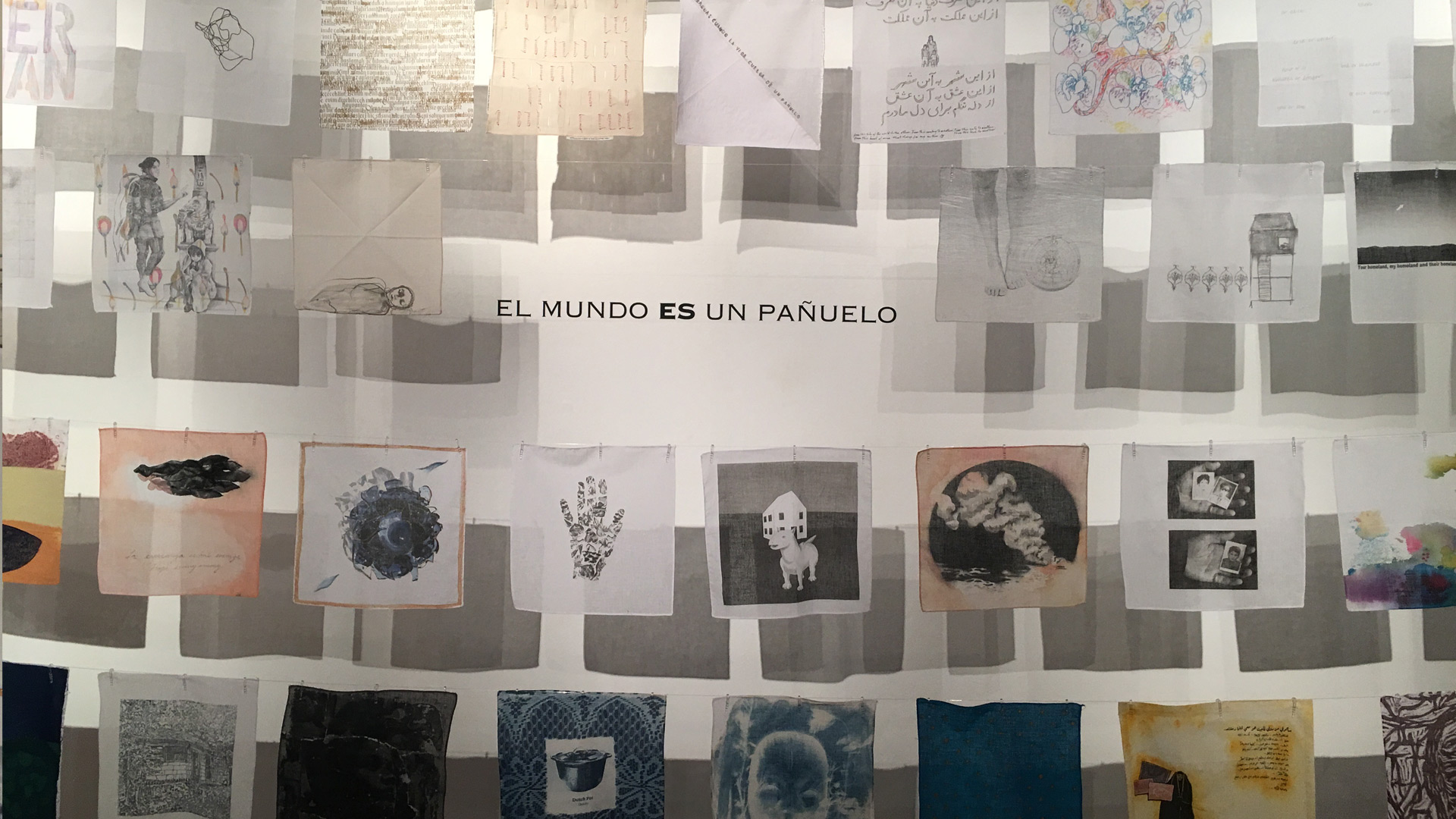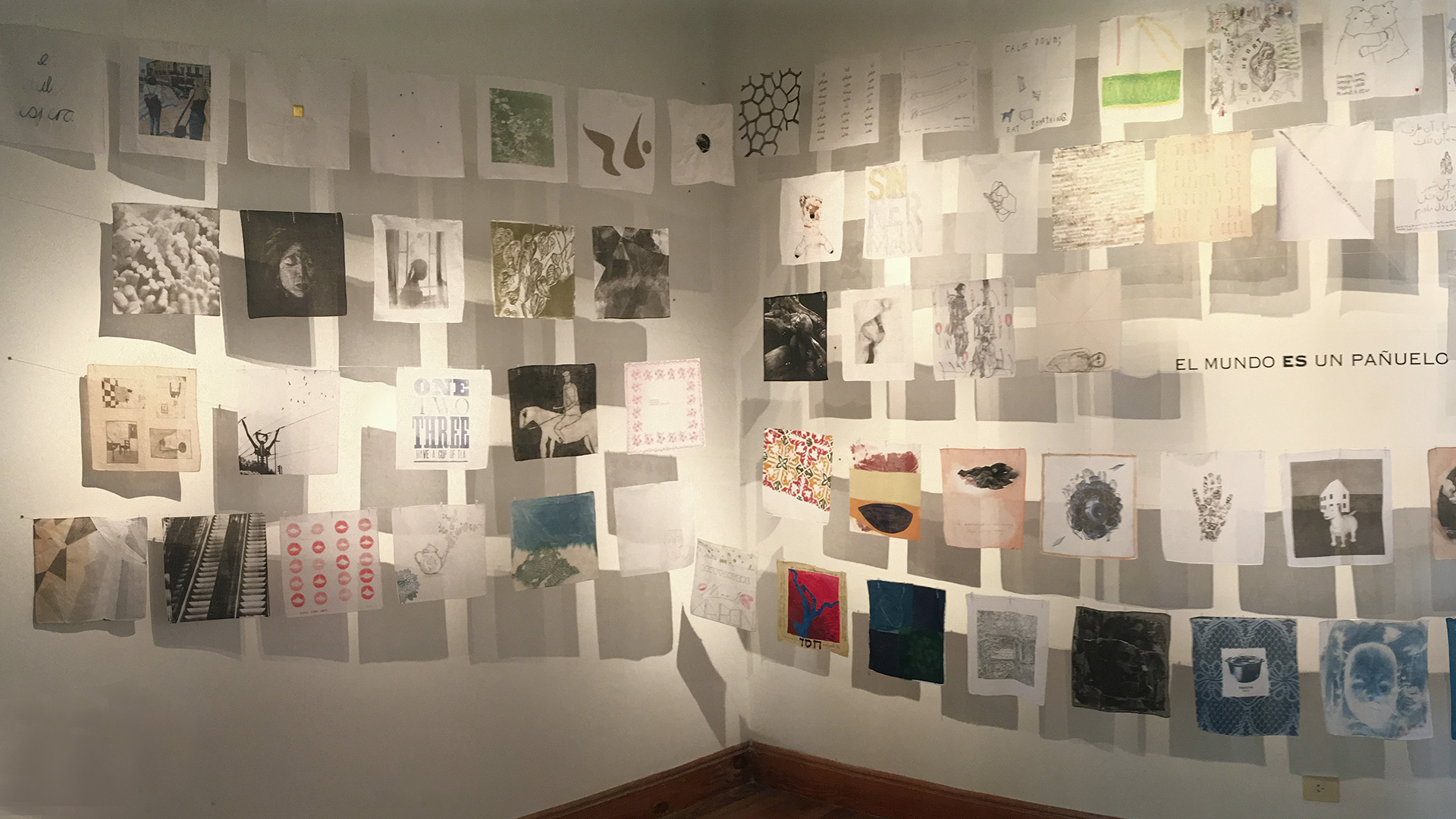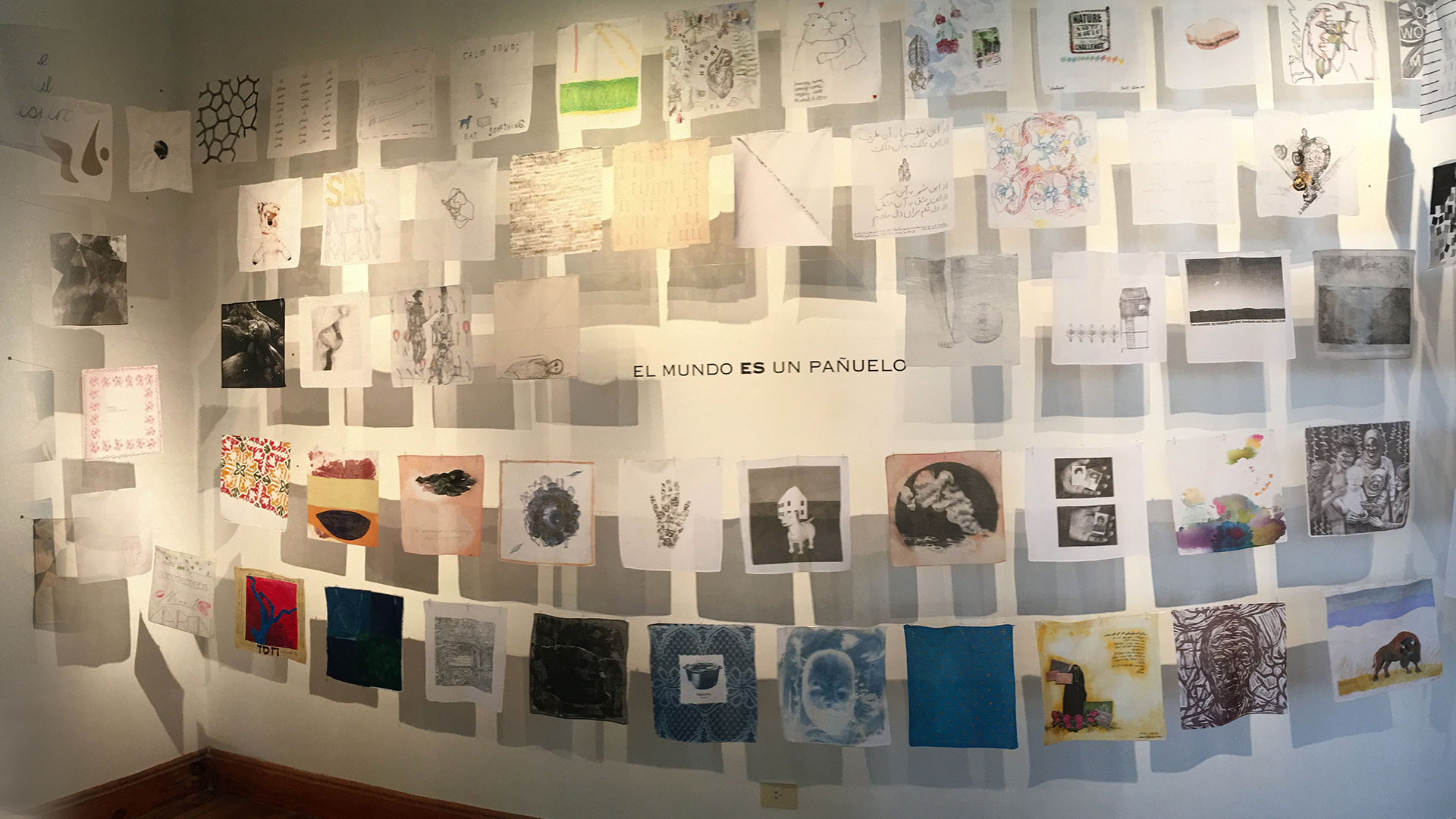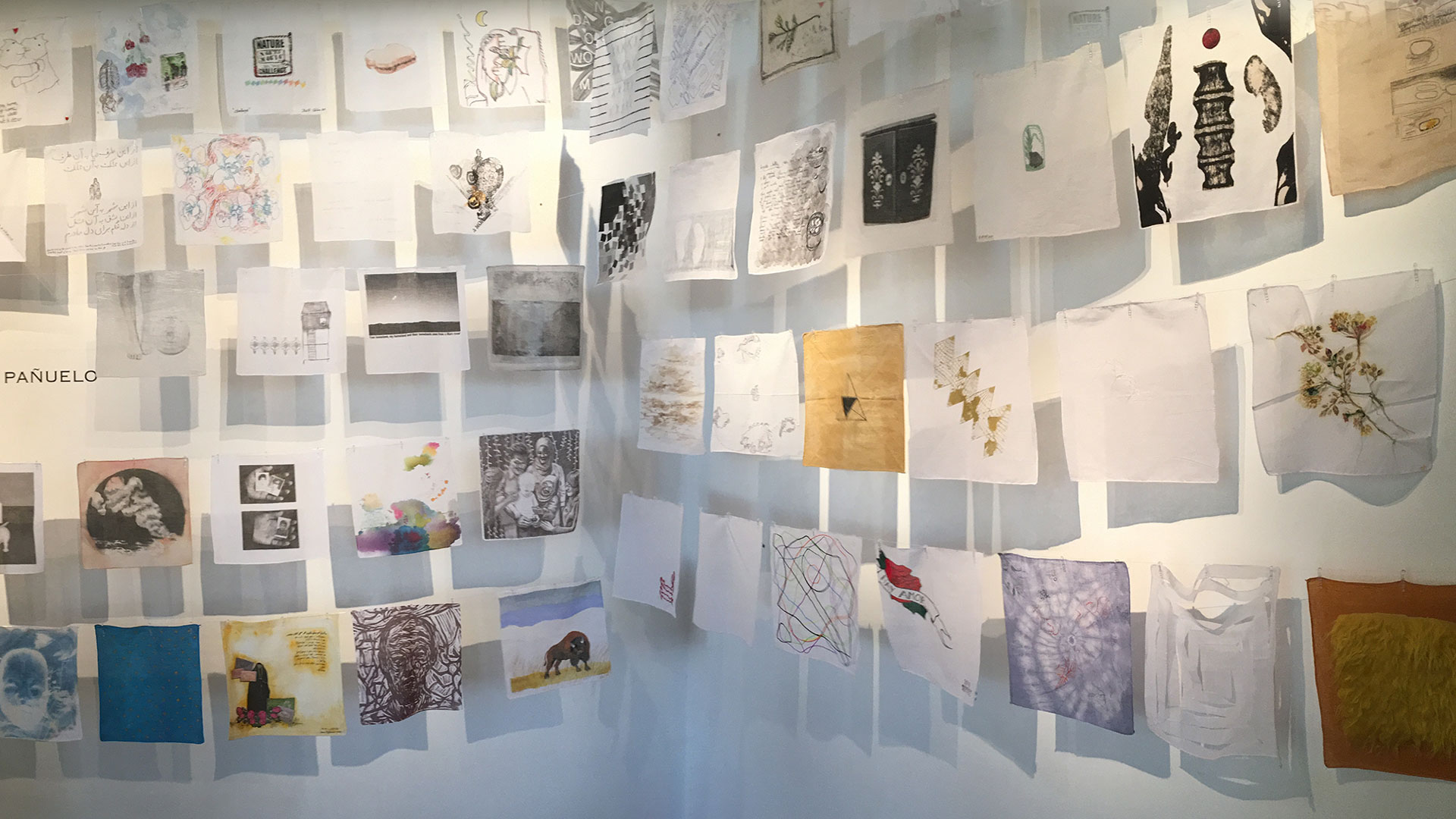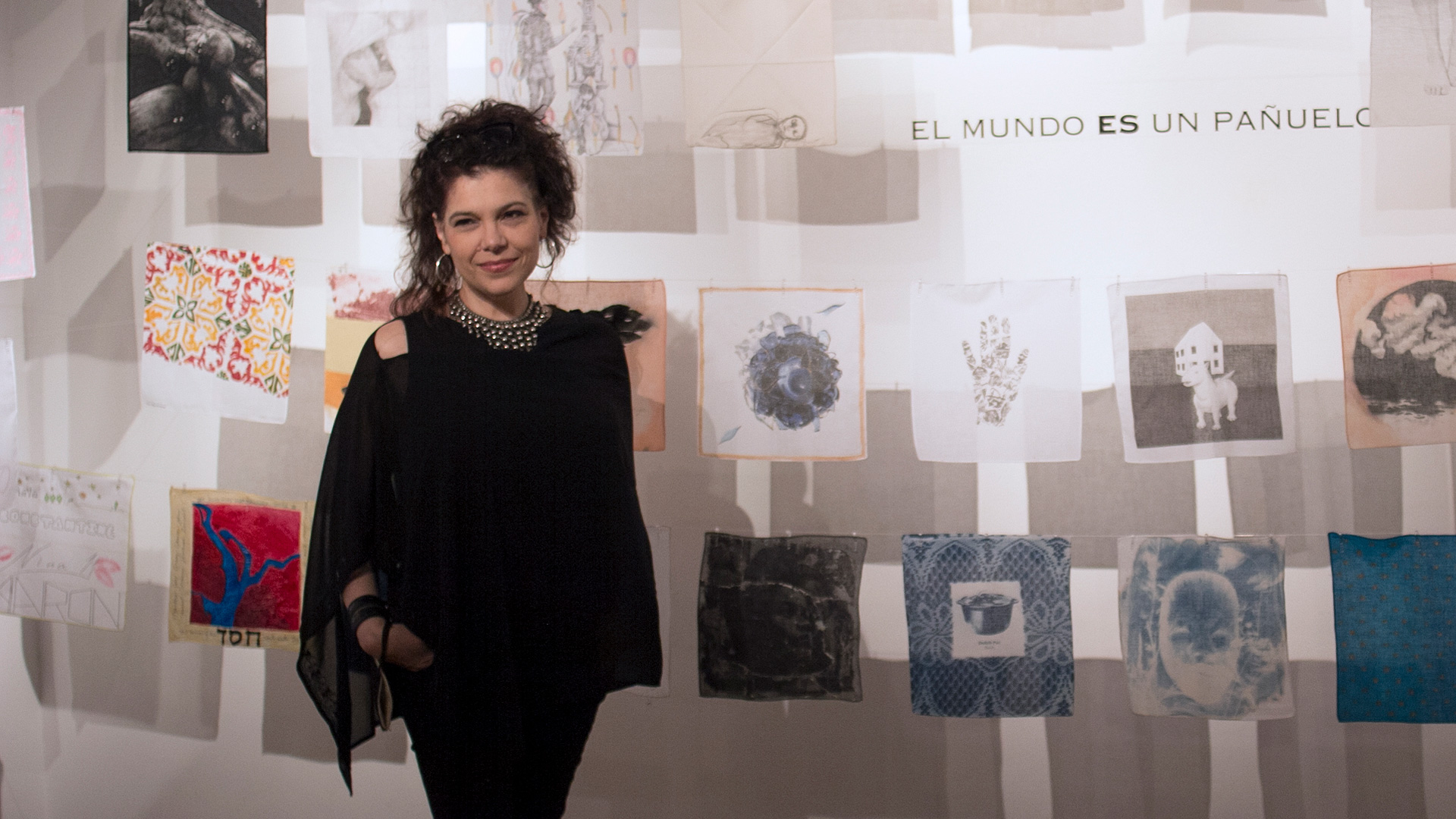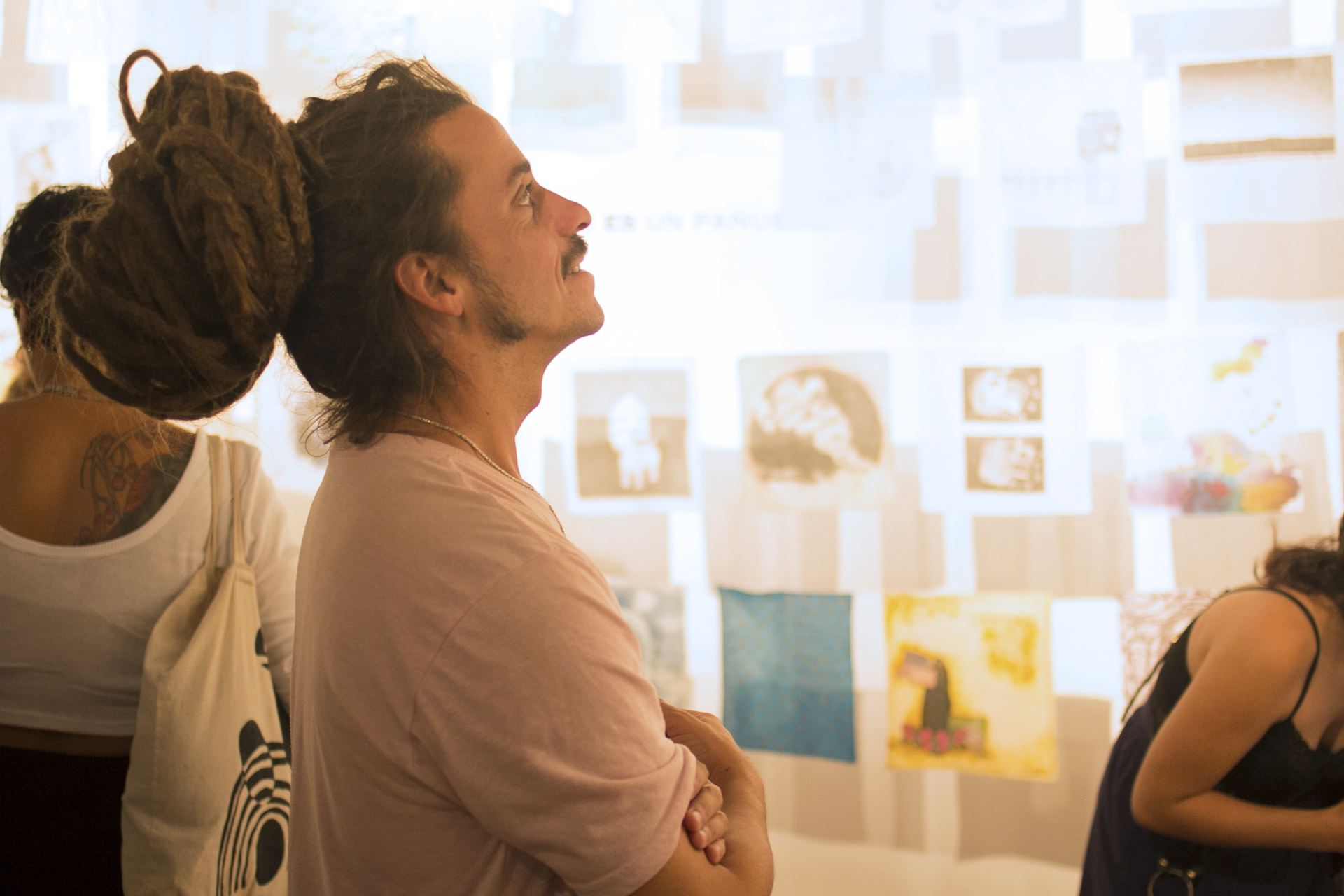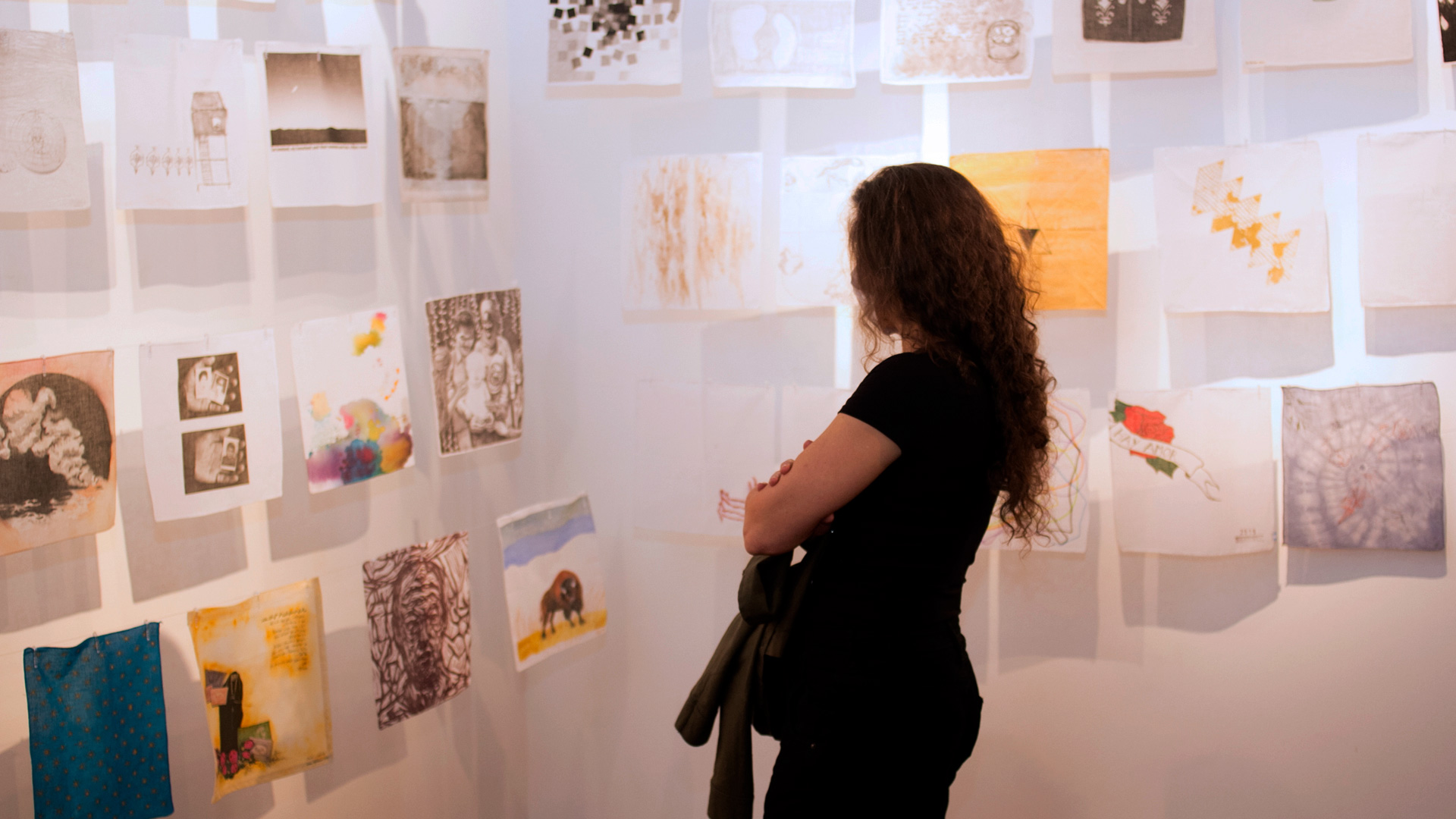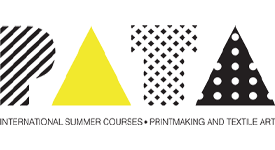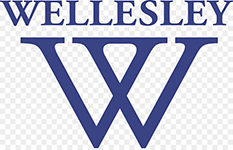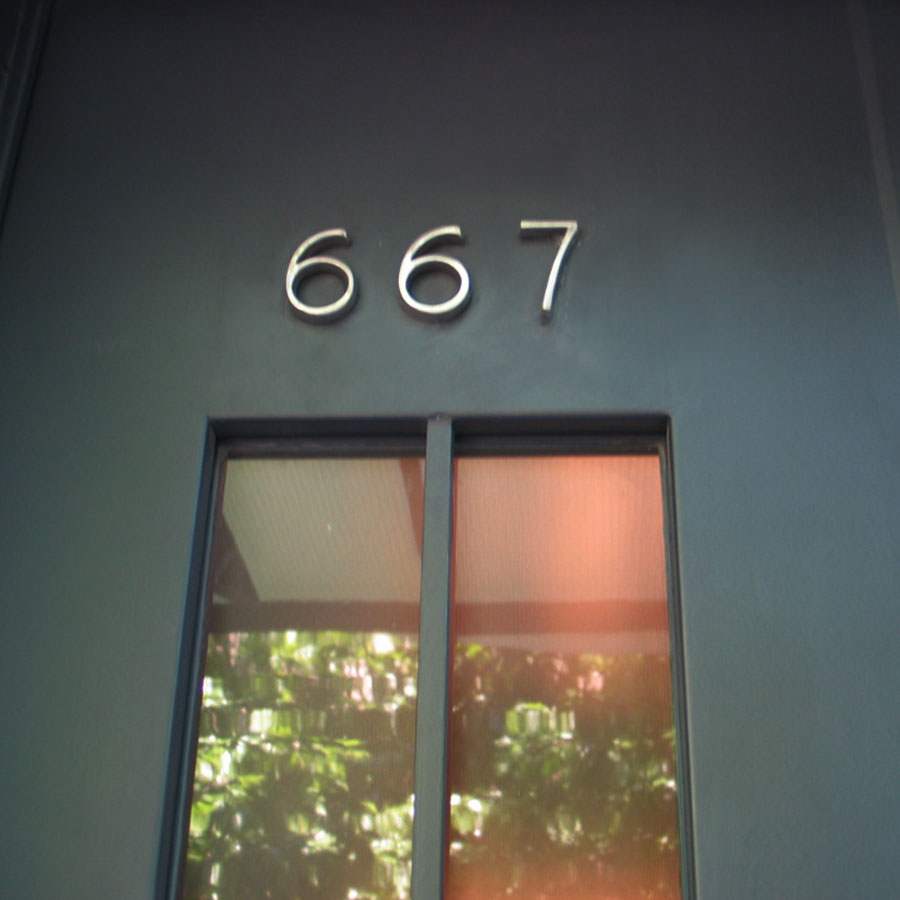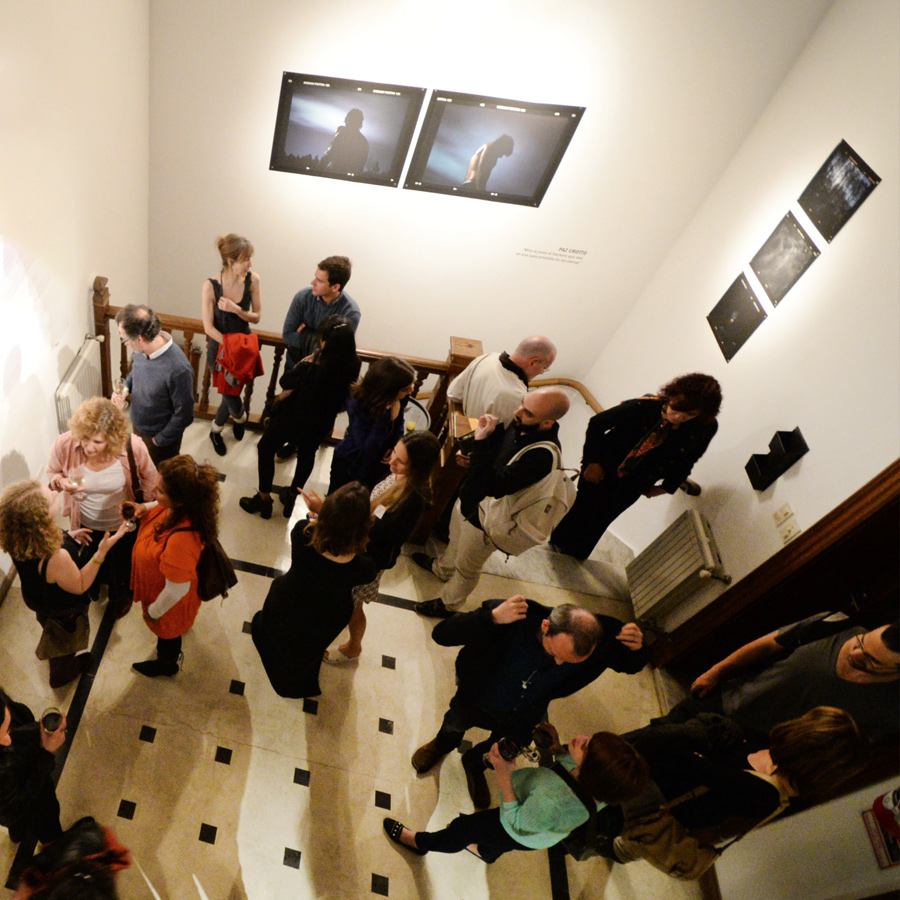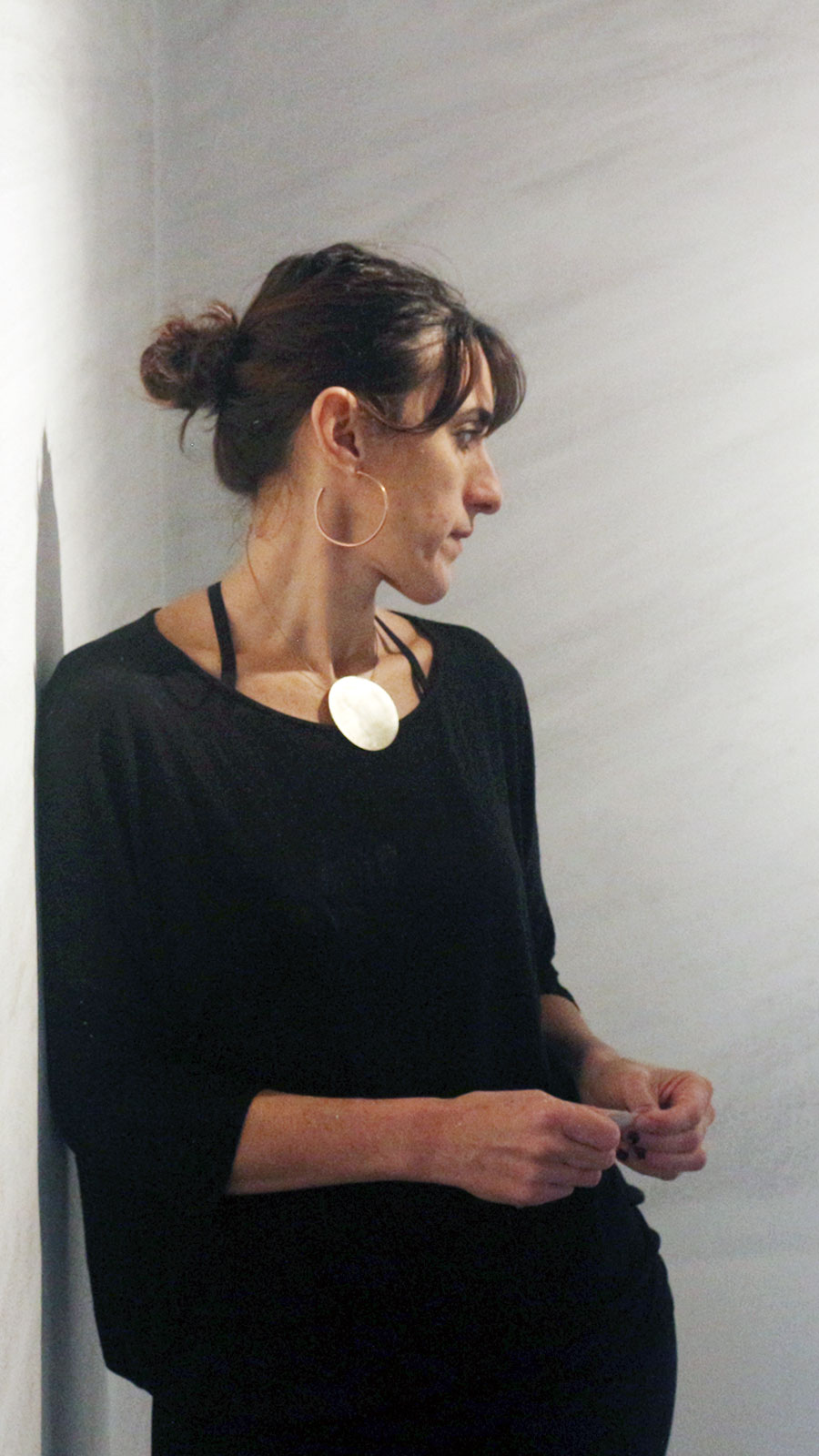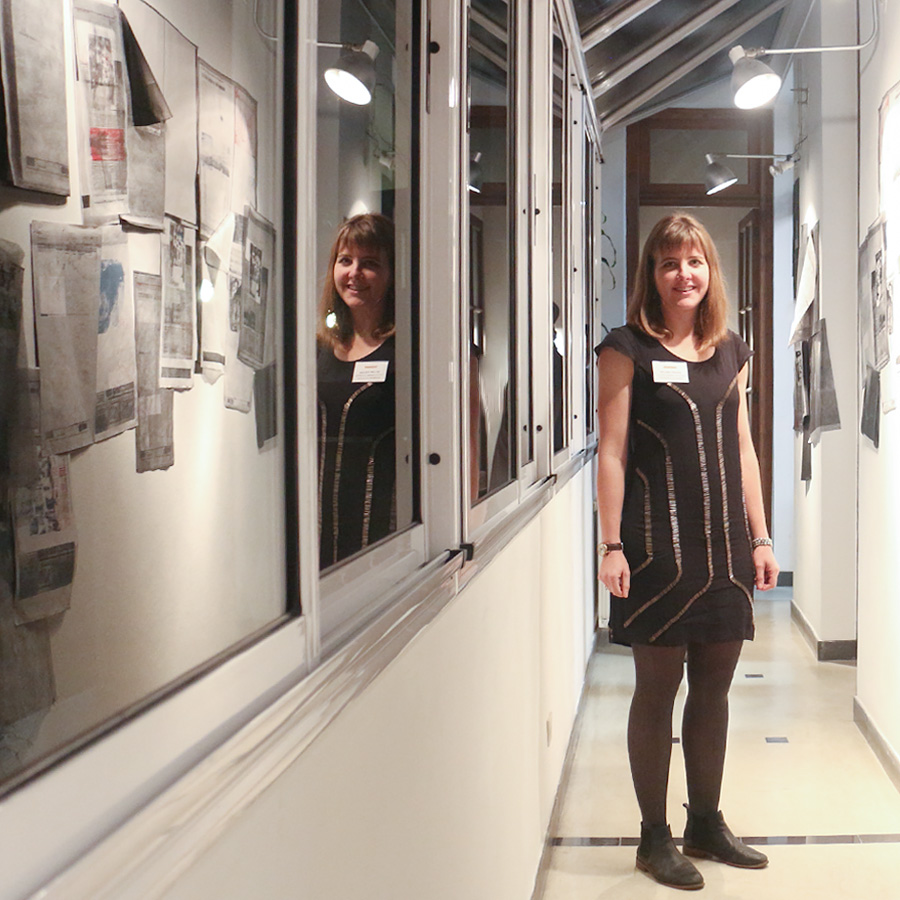Artists
Argentina
Guillermo Mena
Redundant and Irrecoverable Landscape
26.11.18 30.11.18
Thanks to a fellowship from Fundación´ace, Argentinean artist Guillermo Mena produced a mural in the Transversal Space within a micro-Residency.
REDUNDANT AND IRRECOVERABLE LANDSCAPE (by Guillermo Mena)
During the years 2017/2018 I carried a project called Return/Erosion, which consisted in a return to different places I inhabited throughout my life, including the town of Los Cóndores, where I was born. In these tours I registered audiovisual material and collected wood pieces from each place that were later carbonized. All this material was then processed in different actions by drawing, documenting and destructing.
I’m interested in this process of material transformation as an analogy of the nostalgic gesture of the functioning of memories. The degradation of images, the materials and the drawing as a possibility of the appearing of a catastrophic landscape or scenery that concludes in an instance that reflects an identity, an identity that starts from the rests, the rubble and the imprint of an ephemeral moment.
For my micro-Residency at ´ace‘s Transversal Room I decided to wear away different carbon pieces that I accumulated over these years, pieces of different origins and woods. This action manifested itself in a drawing on the wall that was done during the first three days of my residency, inhabiting and acting on the space.
In a second stage of the process I extracted stains and marks on papers that, by being dragged over the wall, captured parts of the volatile material present in the drawing. By doing so, I managed to obtain a sensitive registry of the action in a format that makes possible its preservation, unlike the wall, which is ephemeral and will disappear.
BIO
Guillermo Mena
1986 | Los Cóndores, Córdoba. Argentina.
Lives and works in Buenos Aires, Argentina.
EDUCATION
Superior Technician in Visual Arts from the Provincial School of Fine Arts Líbero Pierini, Argentina.
Graphic Designer, Business University Siglo 21, Río Cuarto, Córdoba, Argentina.
EXHIBITIONS
2016 | Emilio Caraffa Fine Arts Museum, Córdoba, Argentina.
2017 | PAC Project of the Gachi Prieto Gallery, Buenos Aires, Argentina.
AWARDS
2017 | Creation Grant from the National Fund for the Arts in the City of Buenos Aires, Argentina.
2016 | Winner of the Mural Contest of the Faculty of Economic Sciences of the UNC, the National University of Córdoba, Argentina.
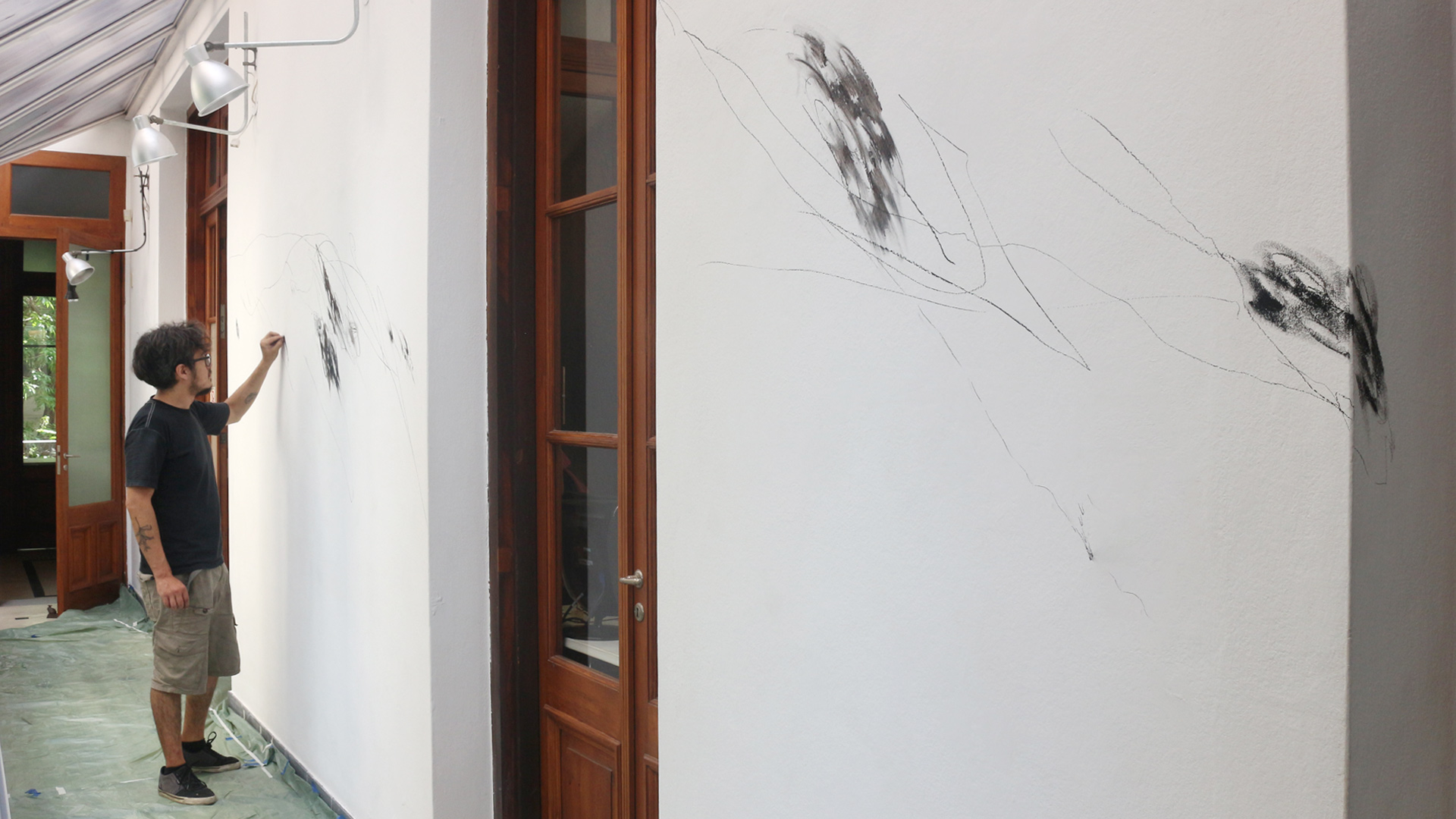

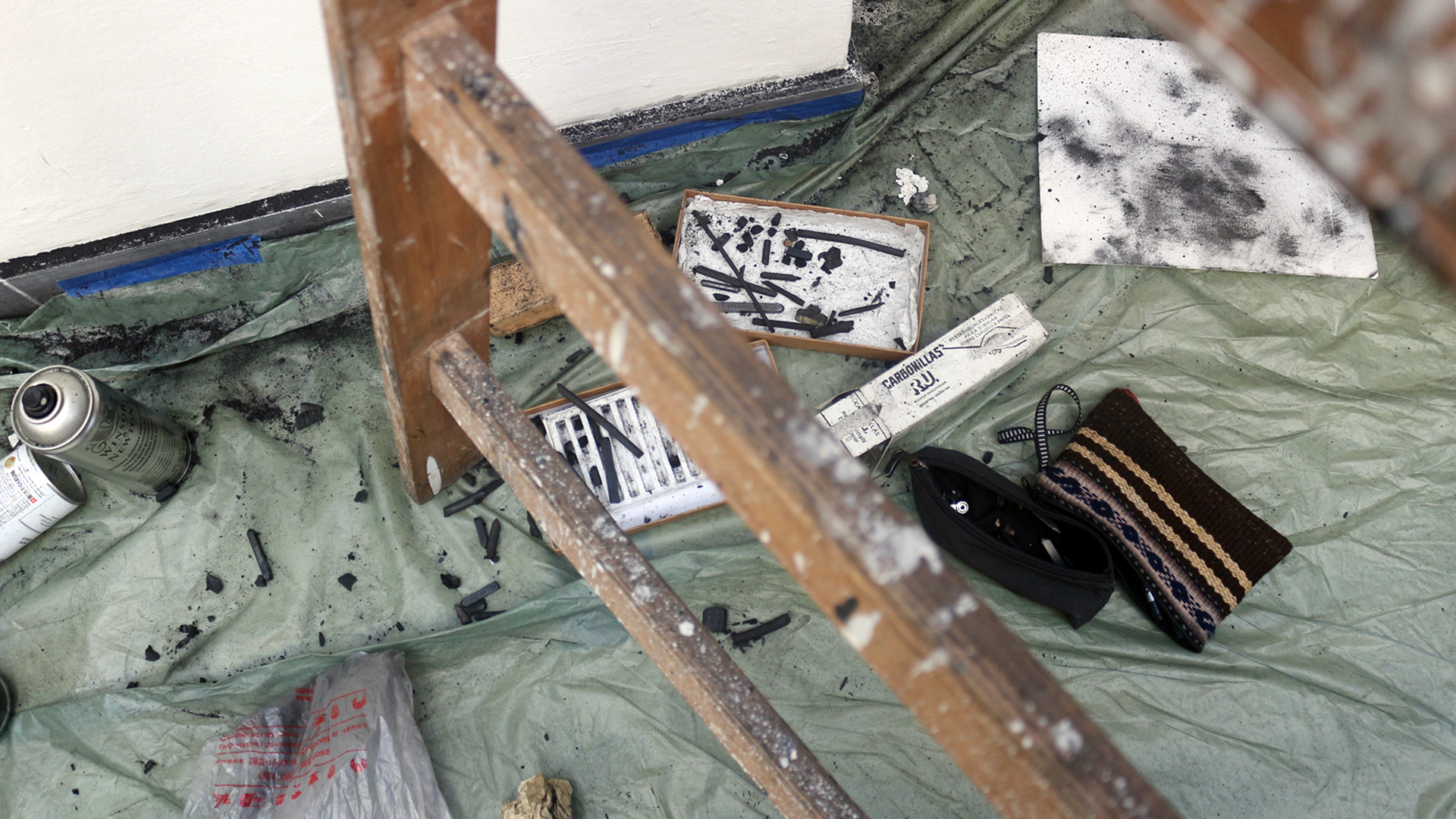
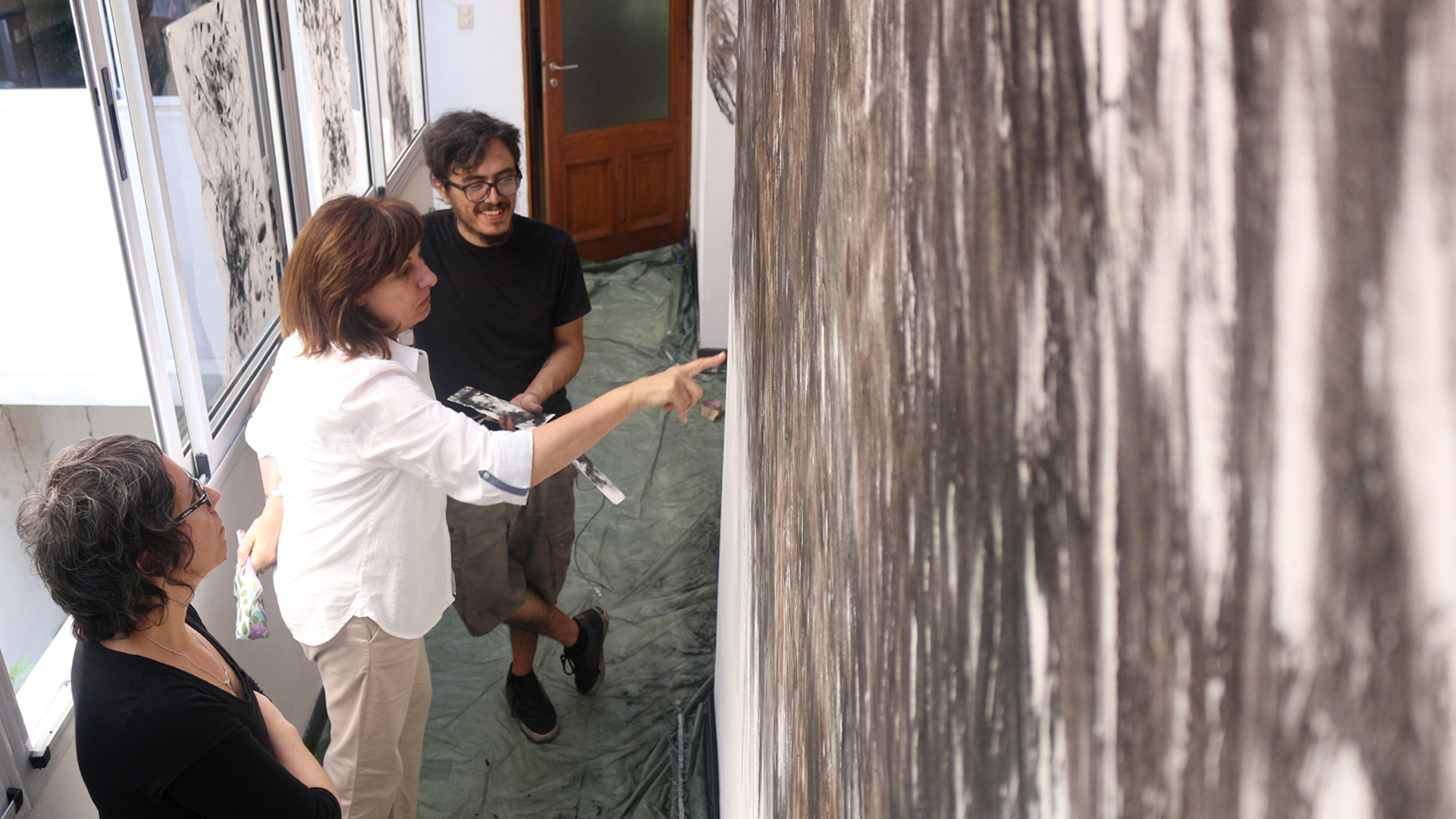
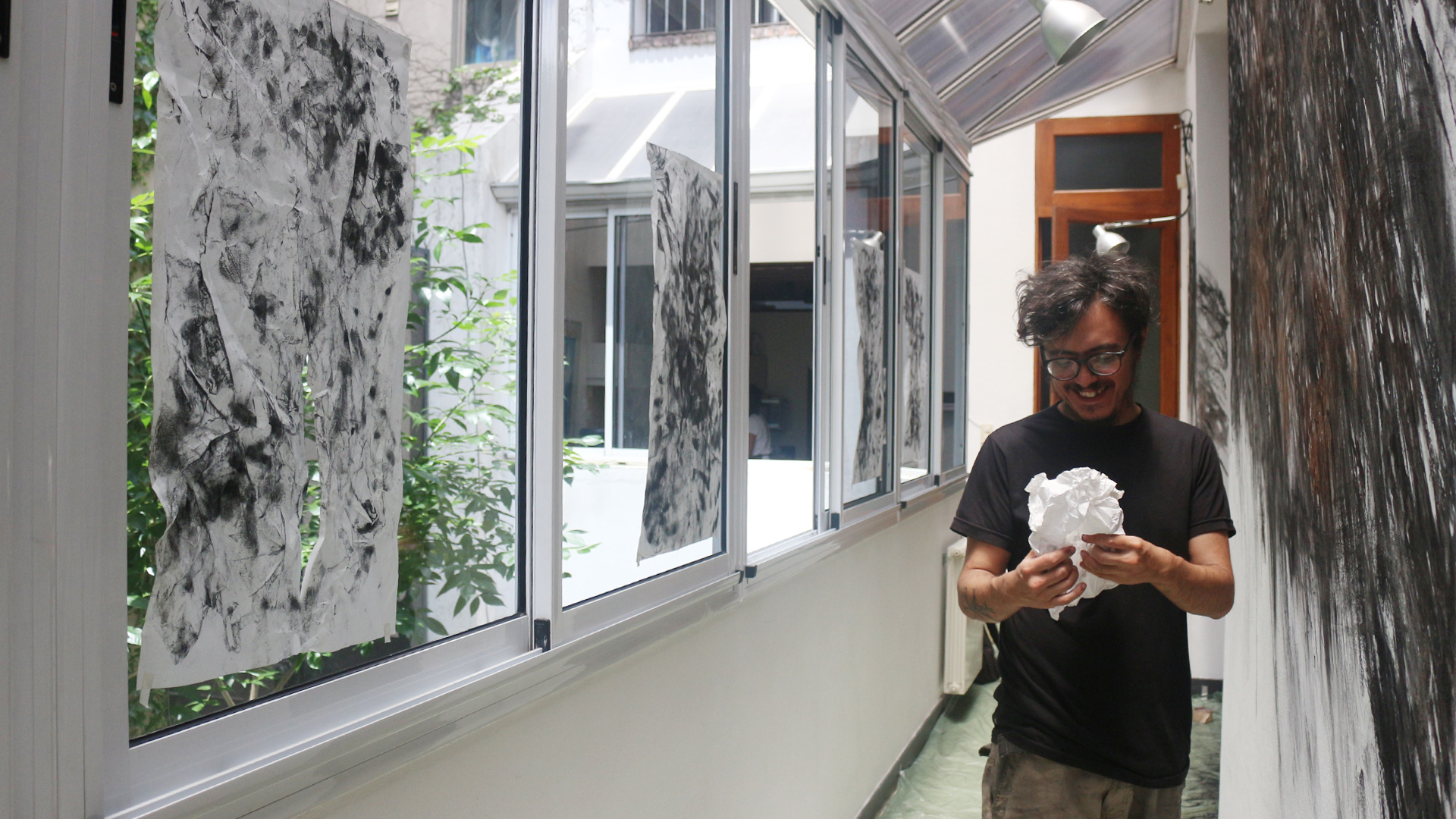
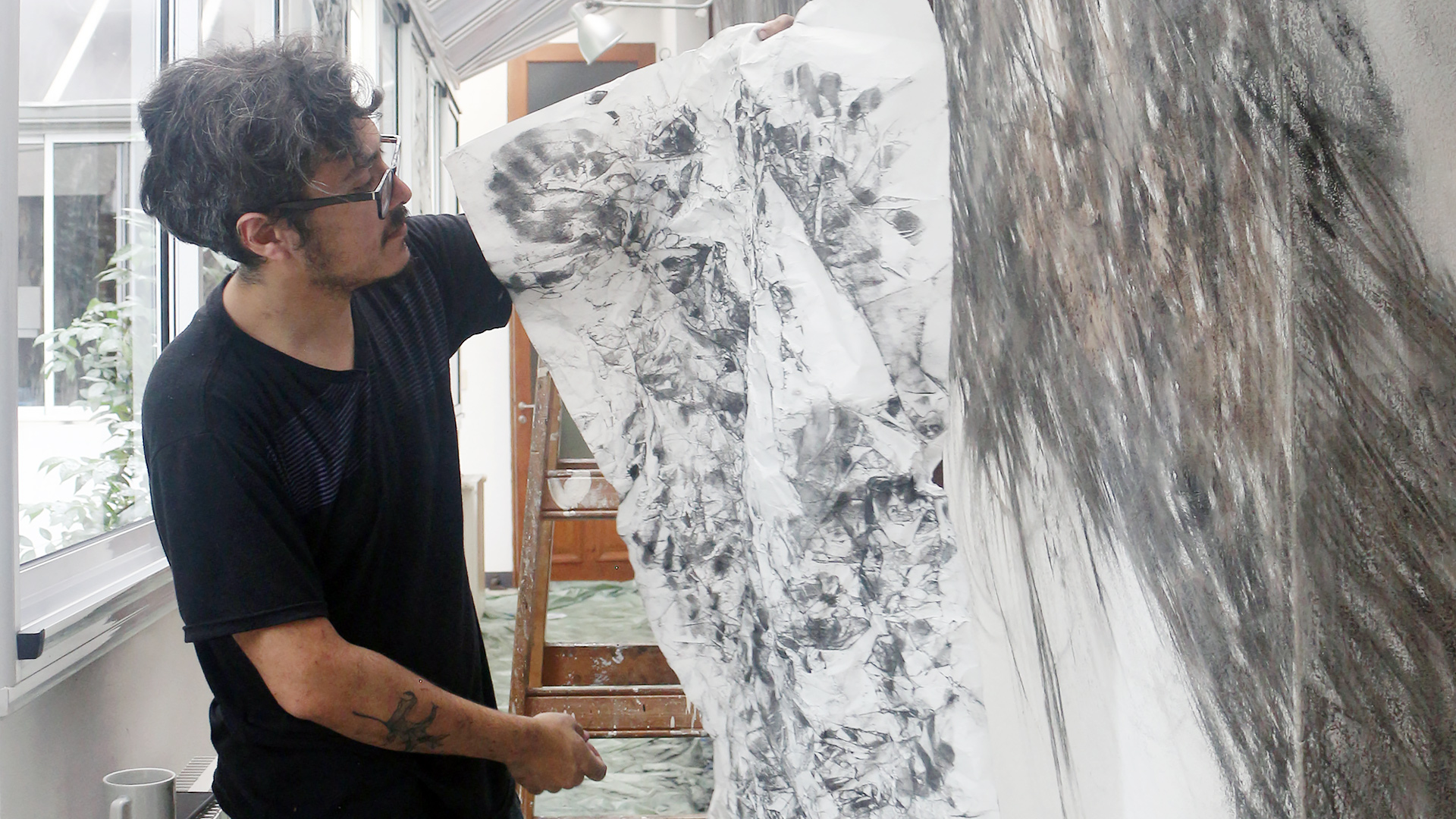
Related Activities
Site Specific, Fellowships
Redundant and Irrecoverable Landscape
Guillermo Mena
30.11.18 21.05.19
The work carried out by Guillermo Mena during his micro-Residency was presented both at the December 2018 Open Studio and in the first ´aceNITE of 2019.
Mena intervened the Transversal Space by wearing out different pieces of coal that he accumulated during 2017 and 2018; pieces from different sources and woods. This action manifested in a drawing on the wall made during the first 3 days of the residency, inhabiting and acting on the space. In the second stage of the process, he extracted stains and prints on paper that, when being dragged over the wall’s surface, captured part of the volatile material present in the drawing. The mural remained on display until the end of May 2019
REDUNDANT AND UNRECOVERABLE LANDSCAPE STATEMENT
During the years 2017/2018 I carried out a project called Return/Erosion, which consisted of a return to the different places that I lived in my life, including the town of Los Cóndores where I was born. On these tours, I made audio-visual recordings and collected pieces of wood from each place, which was then carbonized. This material was then processed in different drawing actions, recording and destructing actions.
I am interested in this process of material transformation as an analogy to the nostalgic gesture and the functioning of memories. The degradation of images, materials and drawing as a possibility of the appearance of a catastrophic landscape or scenario that concludes in an instance that reflects an identity; identity that starts from the remains, debris and traces of an ephemeral moment.
Related artists
BIO
Guillermo Mena
1986 | Los Cóndores, Córdoba. Argentina
Lives and works in Buenos Aires
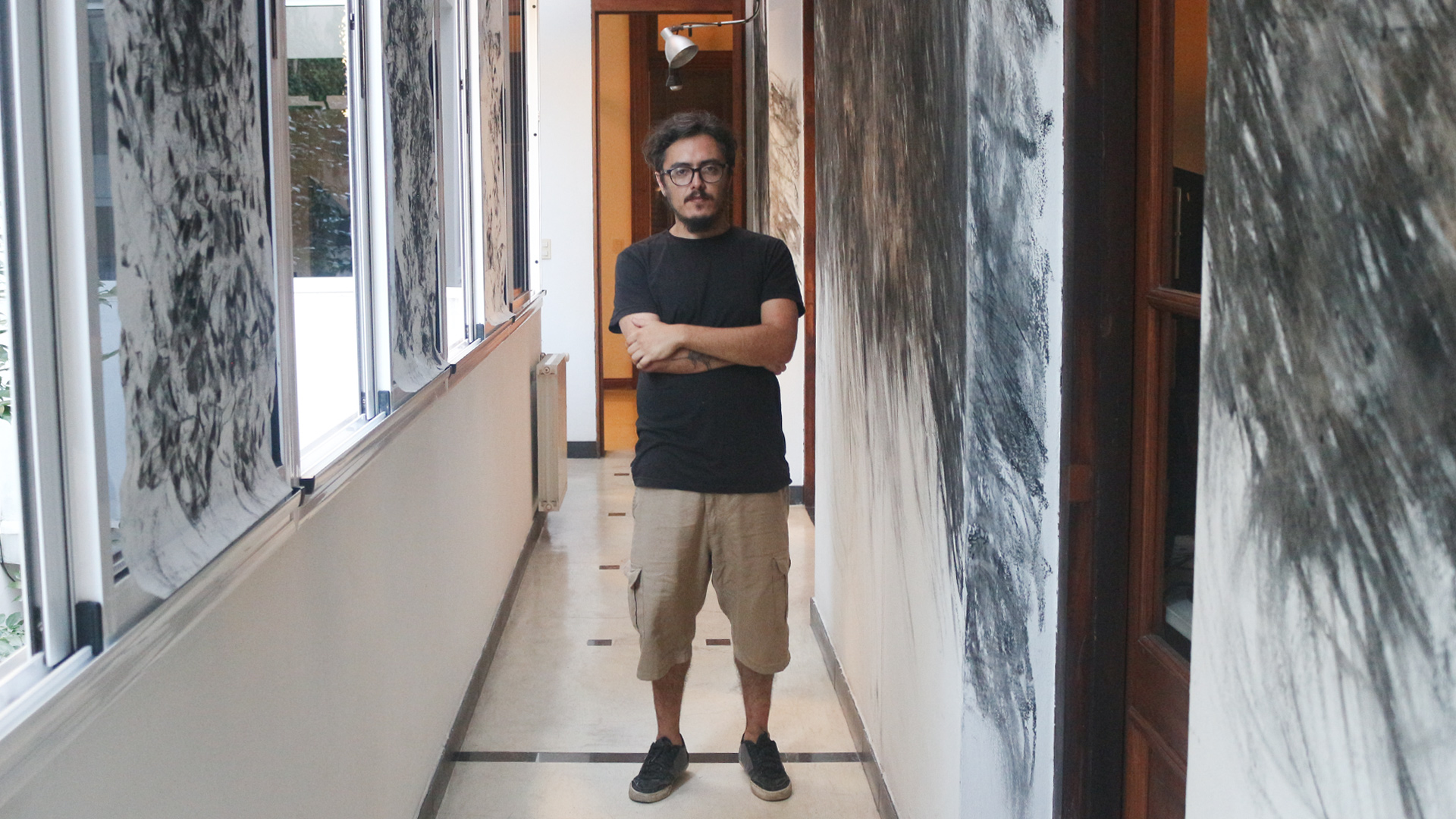
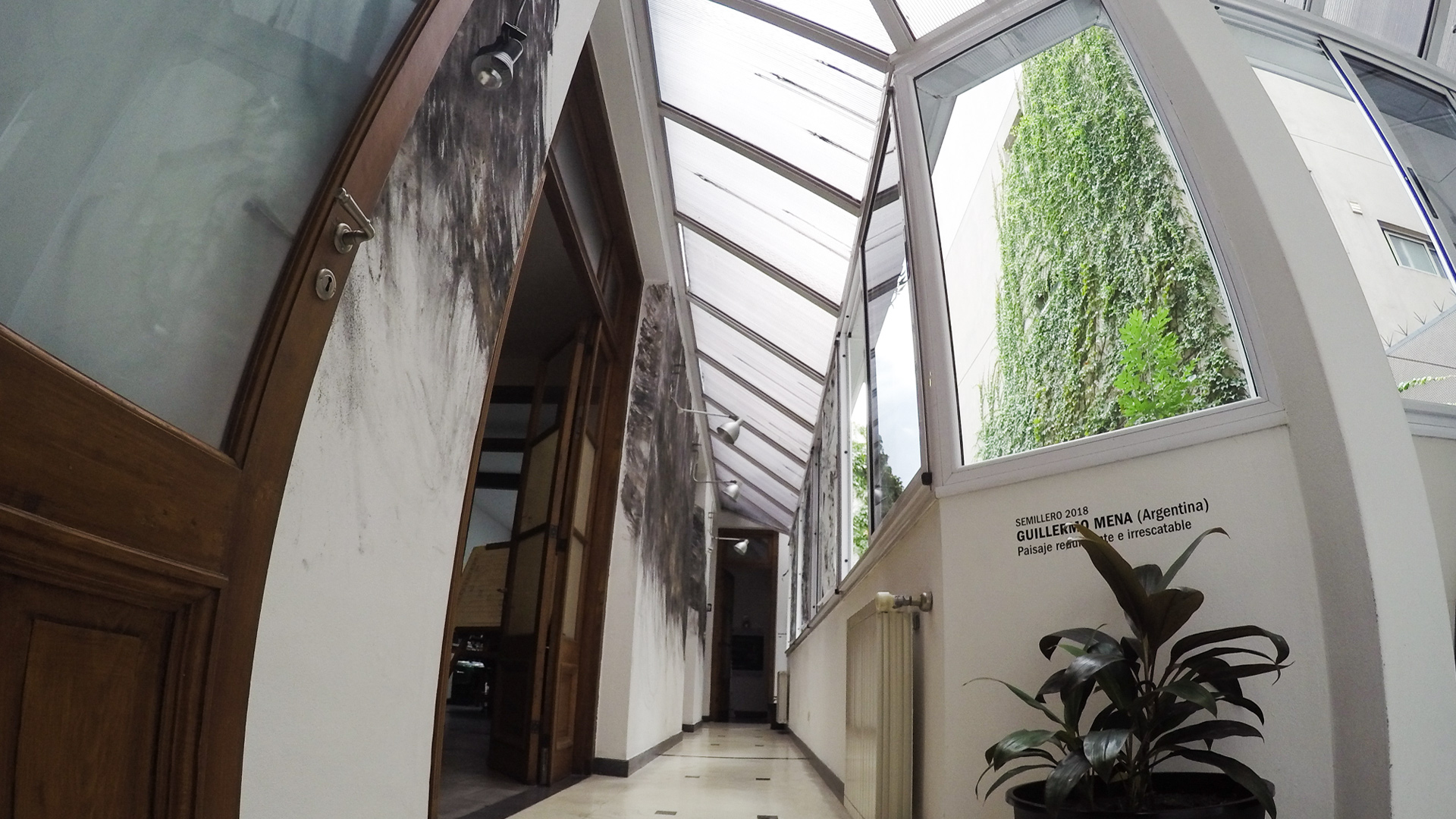
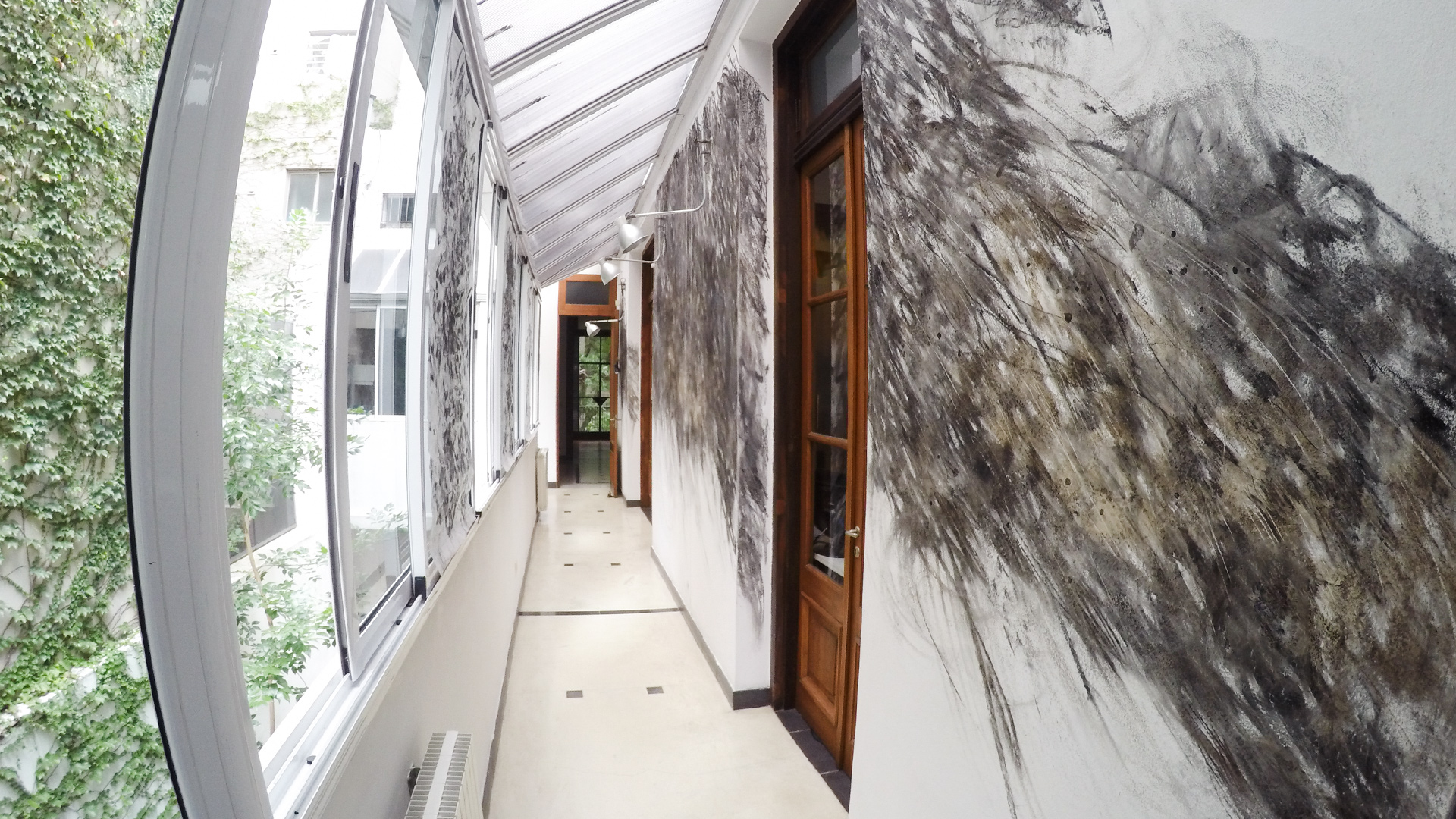
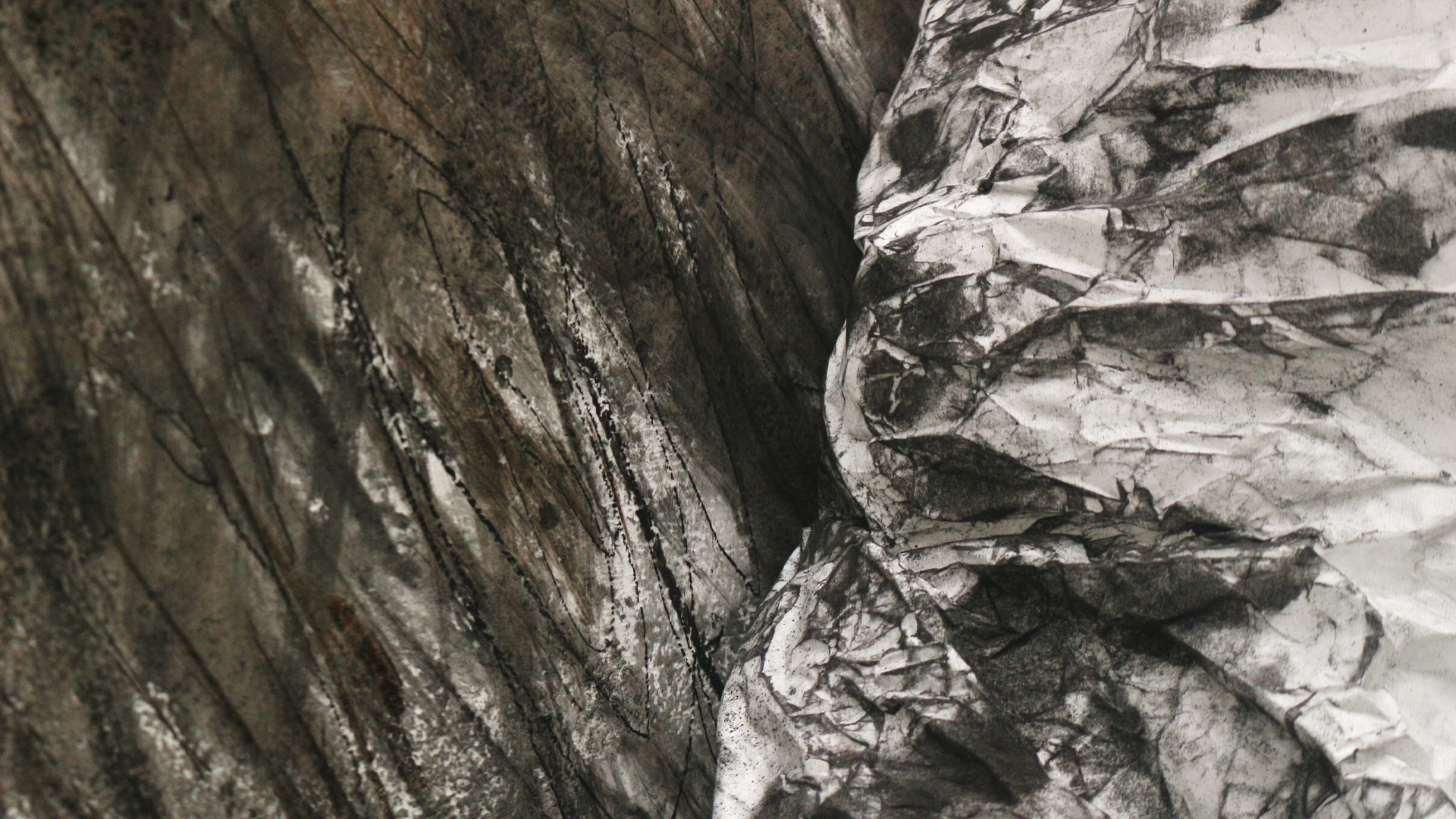
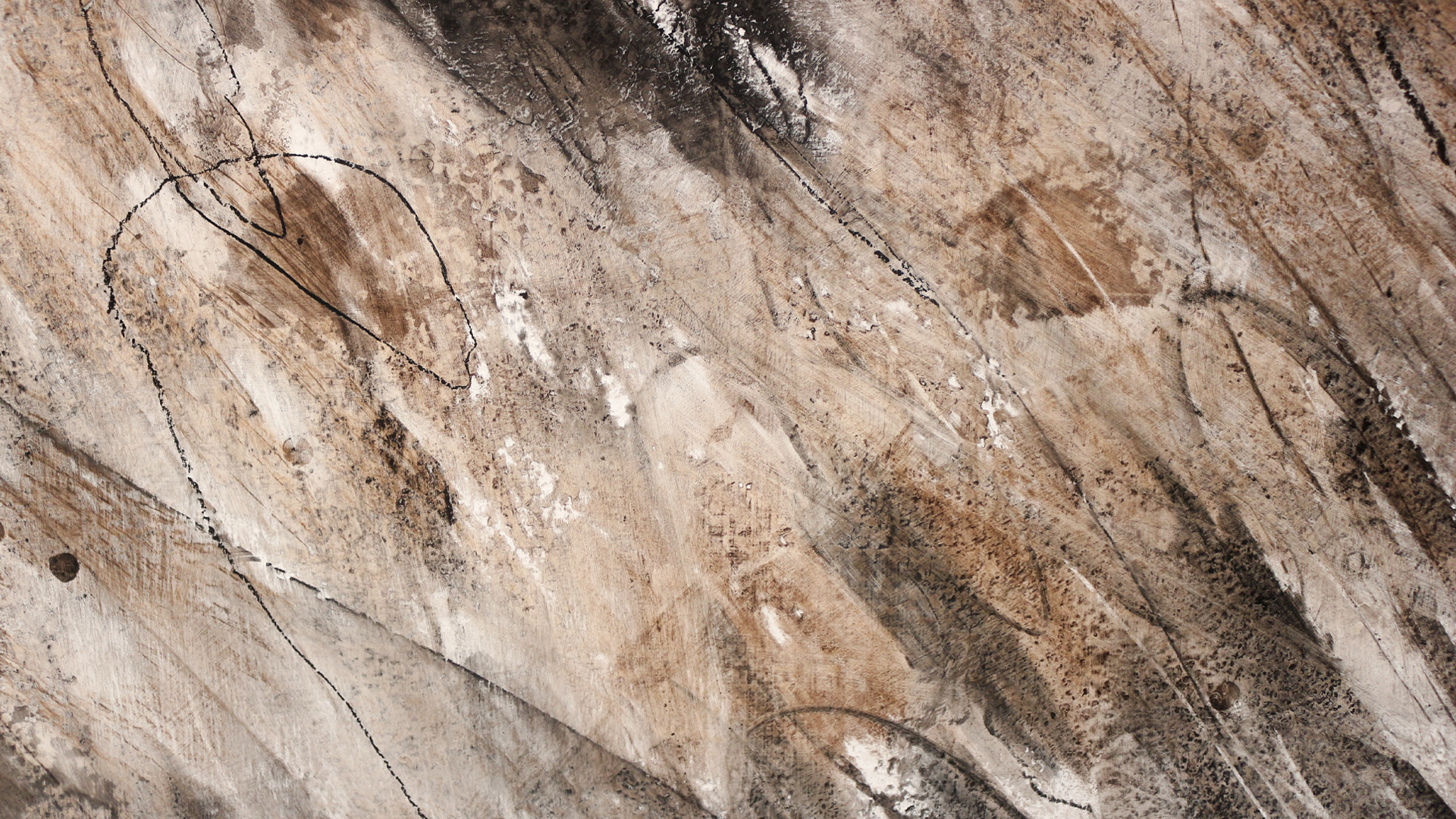
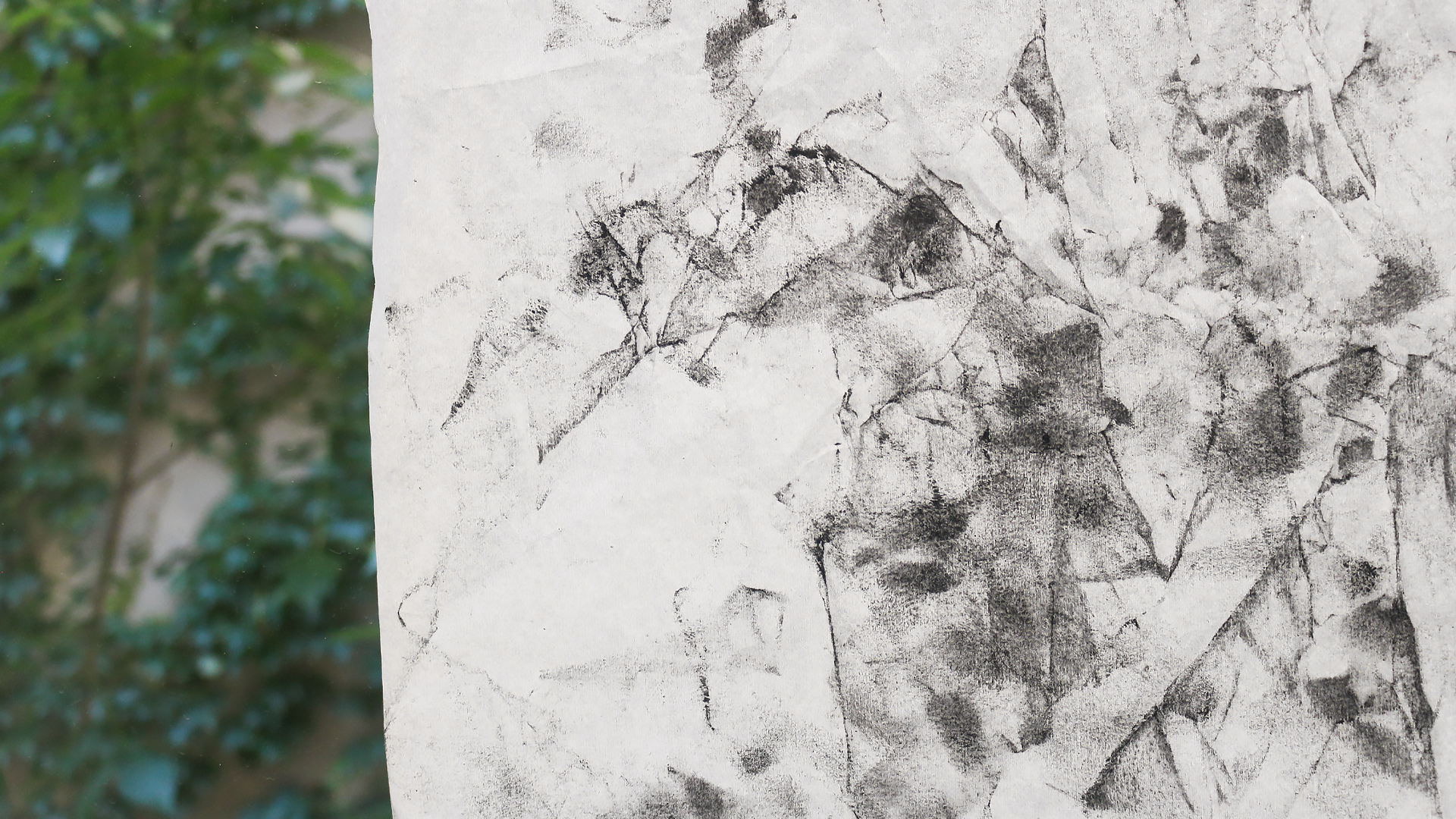
´aceNITE, Open Studio
Final Eighteen
Artists in Dialogue
19.12.18
On December 19th, 2018 we kissed the year goodbye together with the artists from the last period, who presented their projects in an Open Studio together with invited artists. The participants were:
IAN BALLANTYNE (USA)
Polo
ALEKSANDRA ILKIEWICZ & PRZEMEK HOFFER (Poland)
Shadows of the City
CARLOS DORIA (Argentina/USA)
Underwater
GUILLERMO MENA (Córdoba, Argentina)
Redundant and Irrecoverable Landscape
ANDRÉZ MARTÍNEZ (Uruguay/Argentina)
Crossing the Line
Related artists
Invited artist
Andréz Martínez (Uruguay/Argentina)
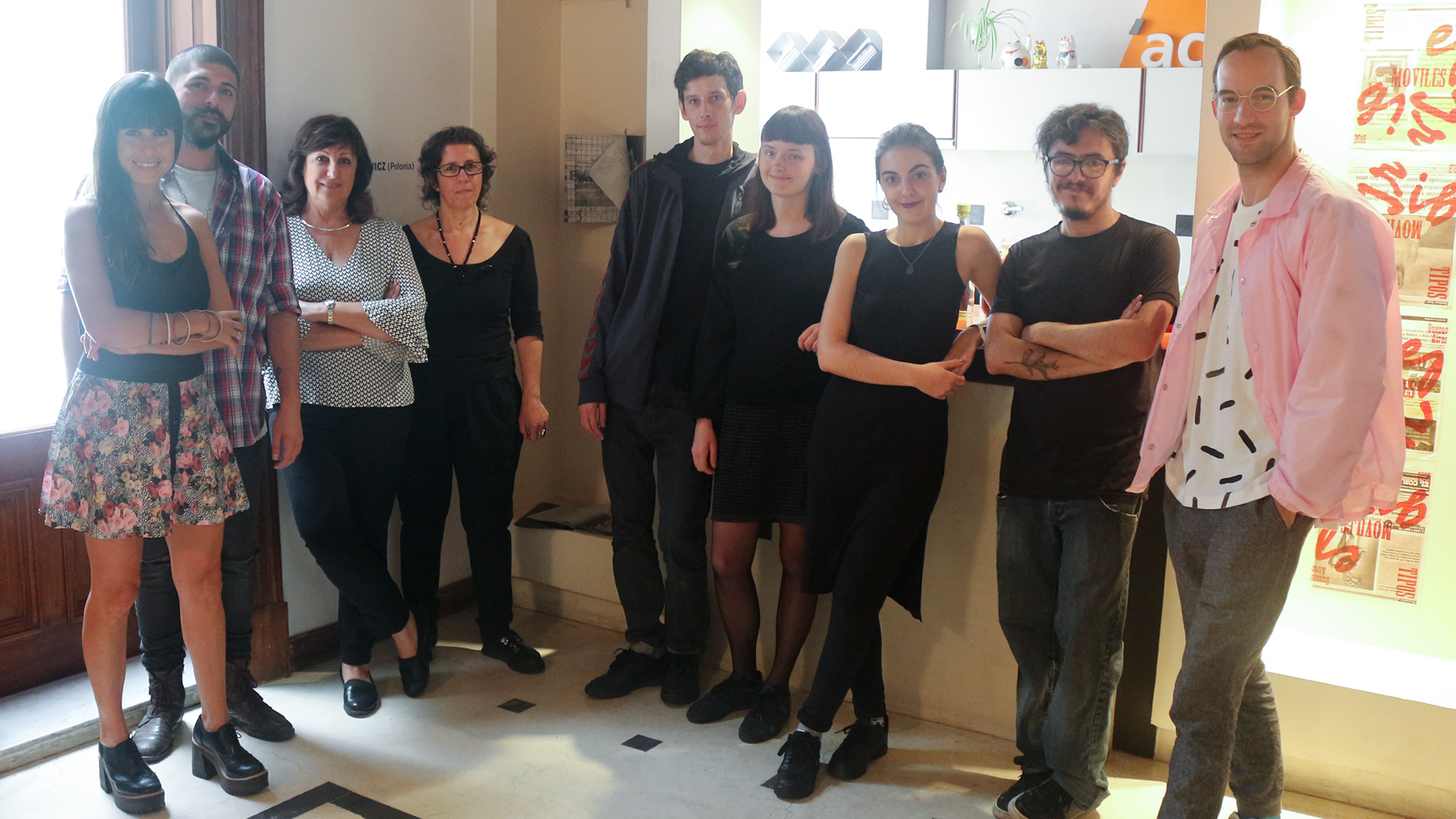
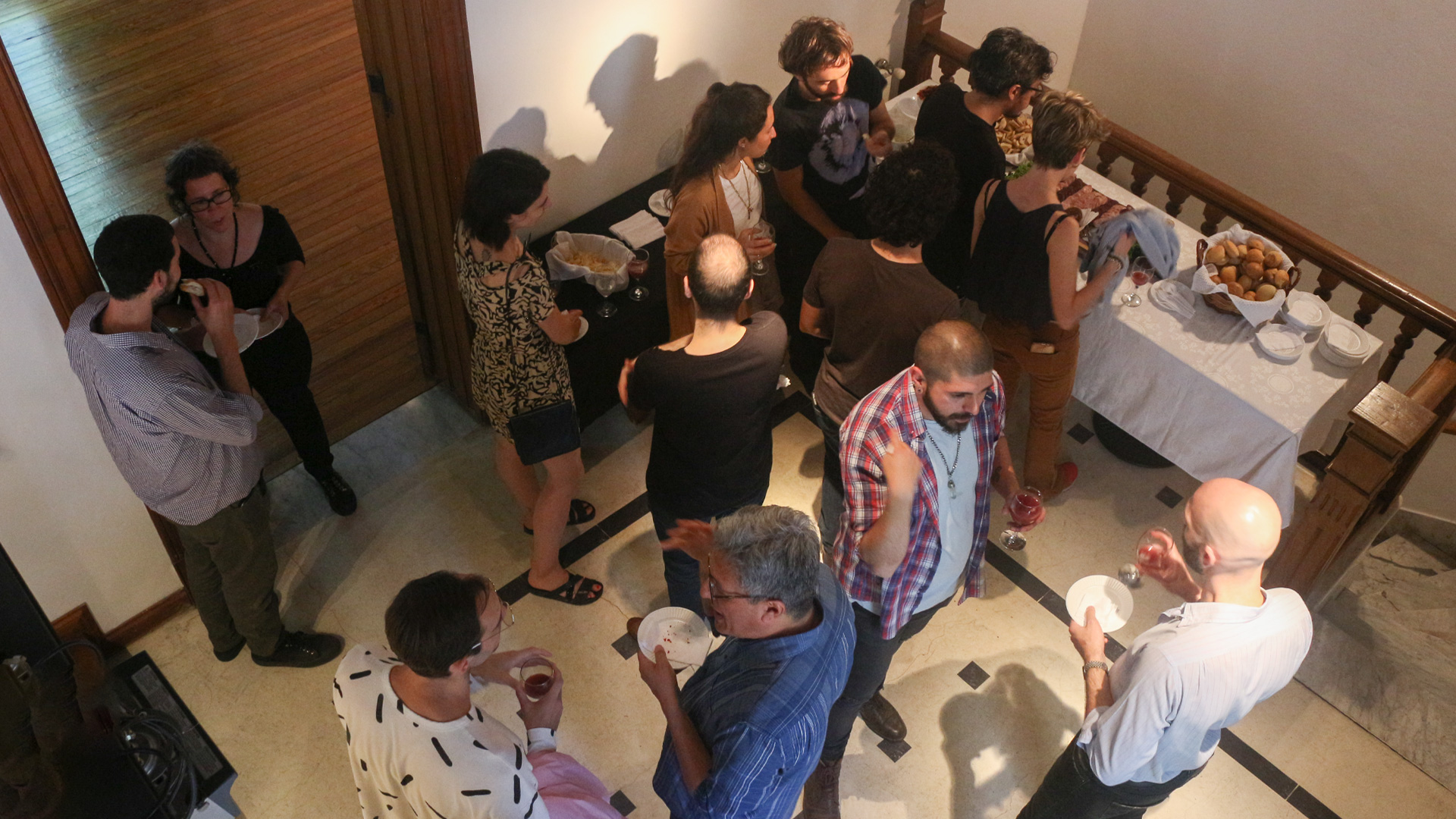
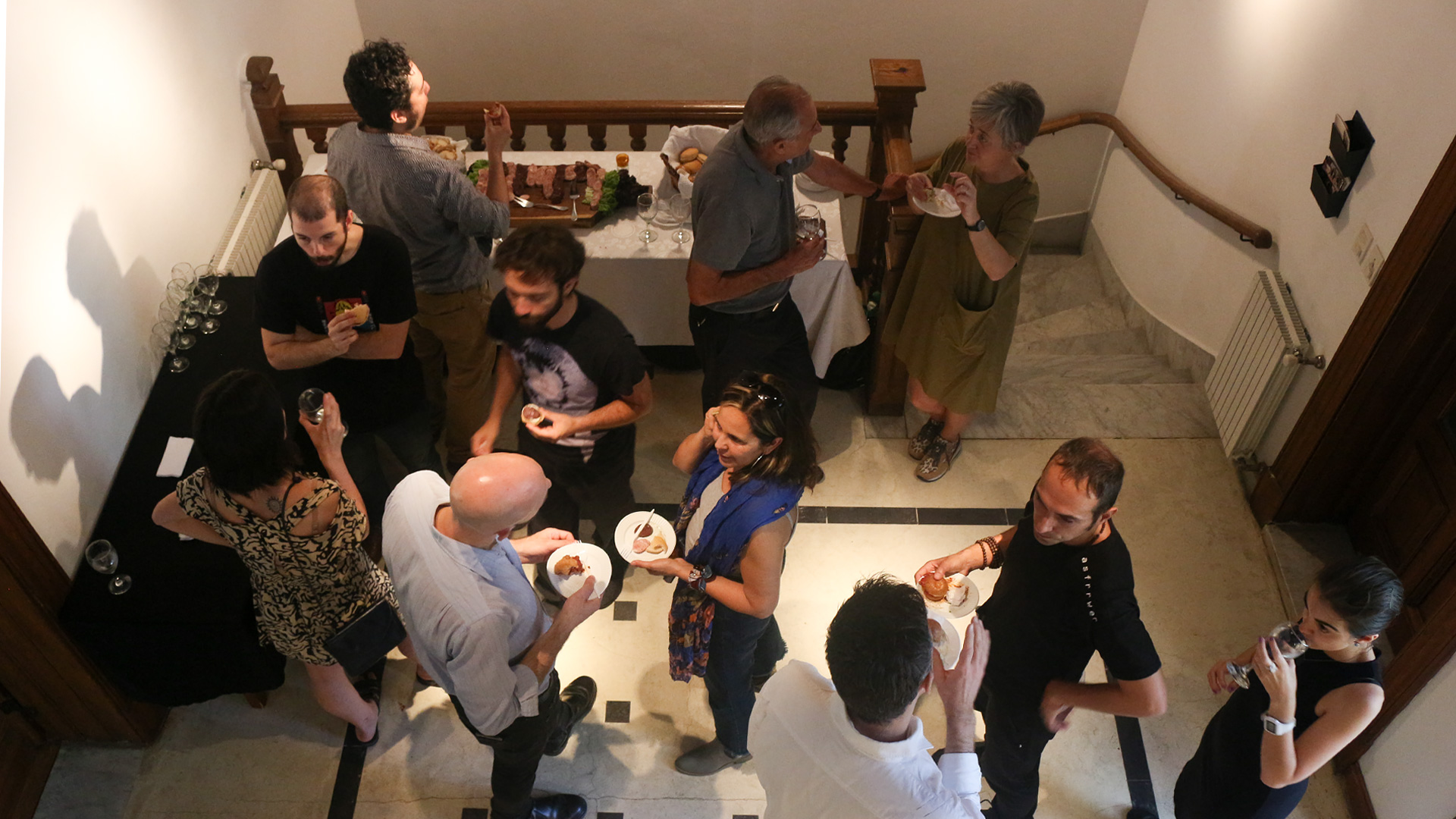
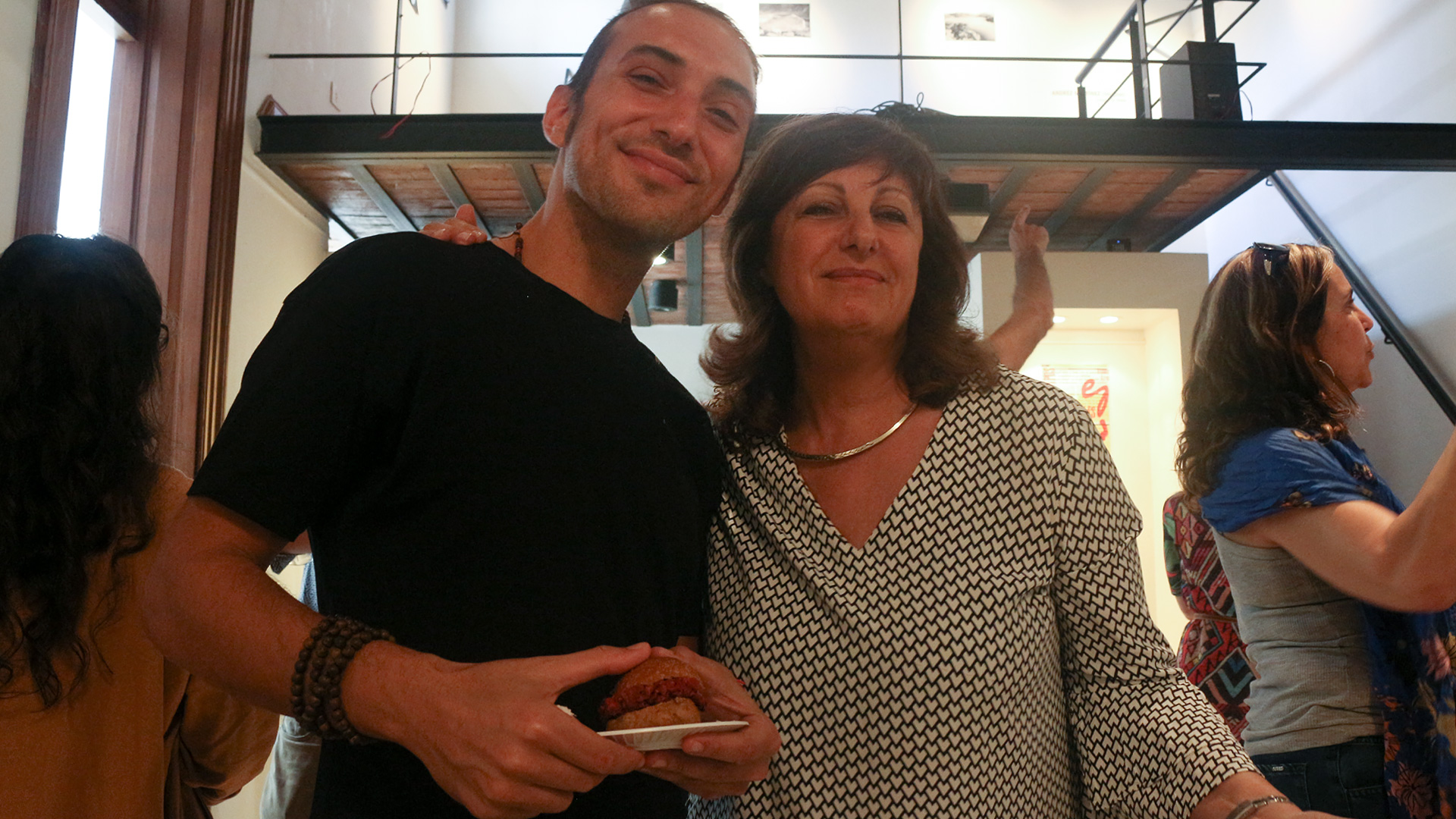
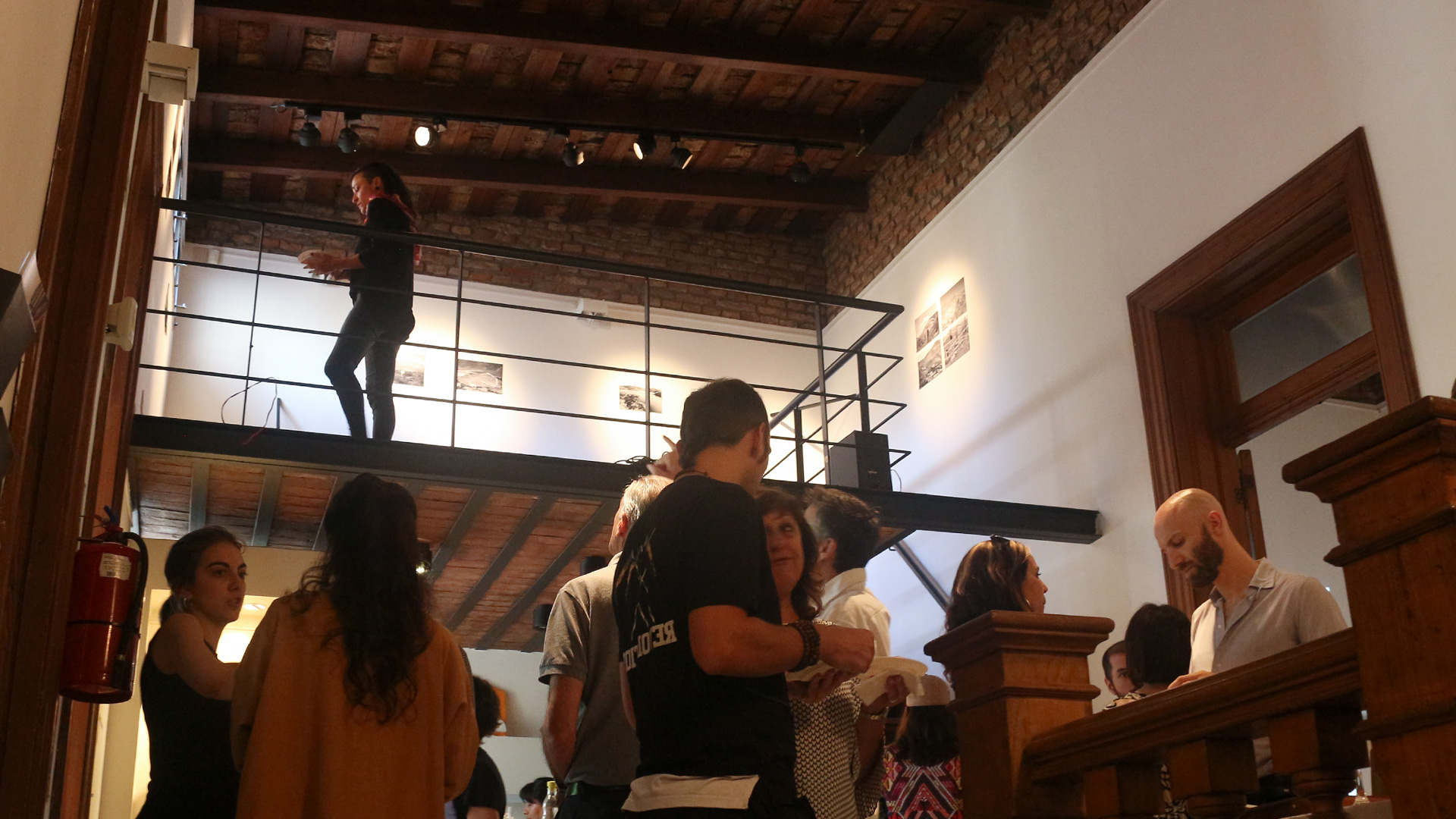
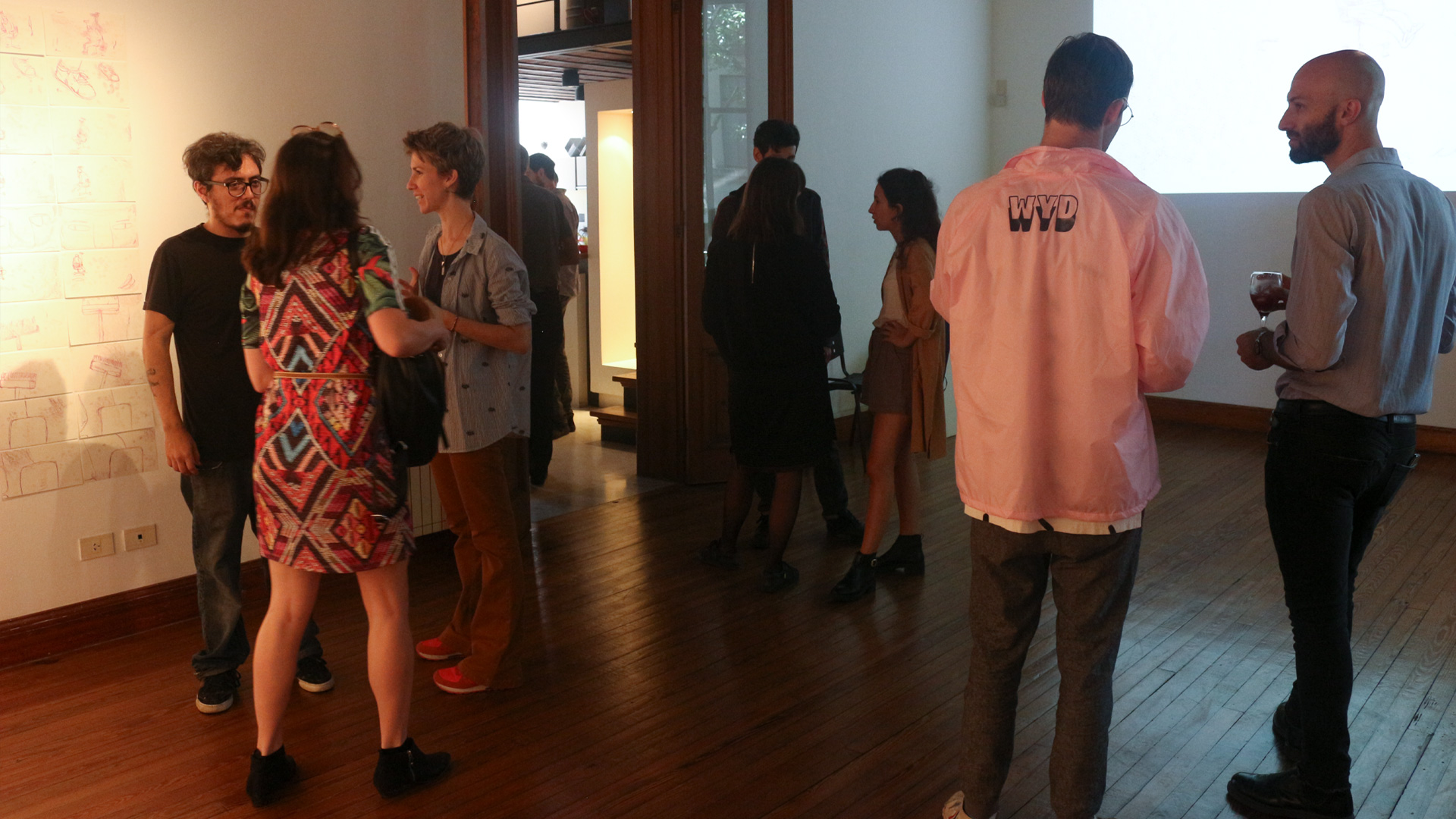
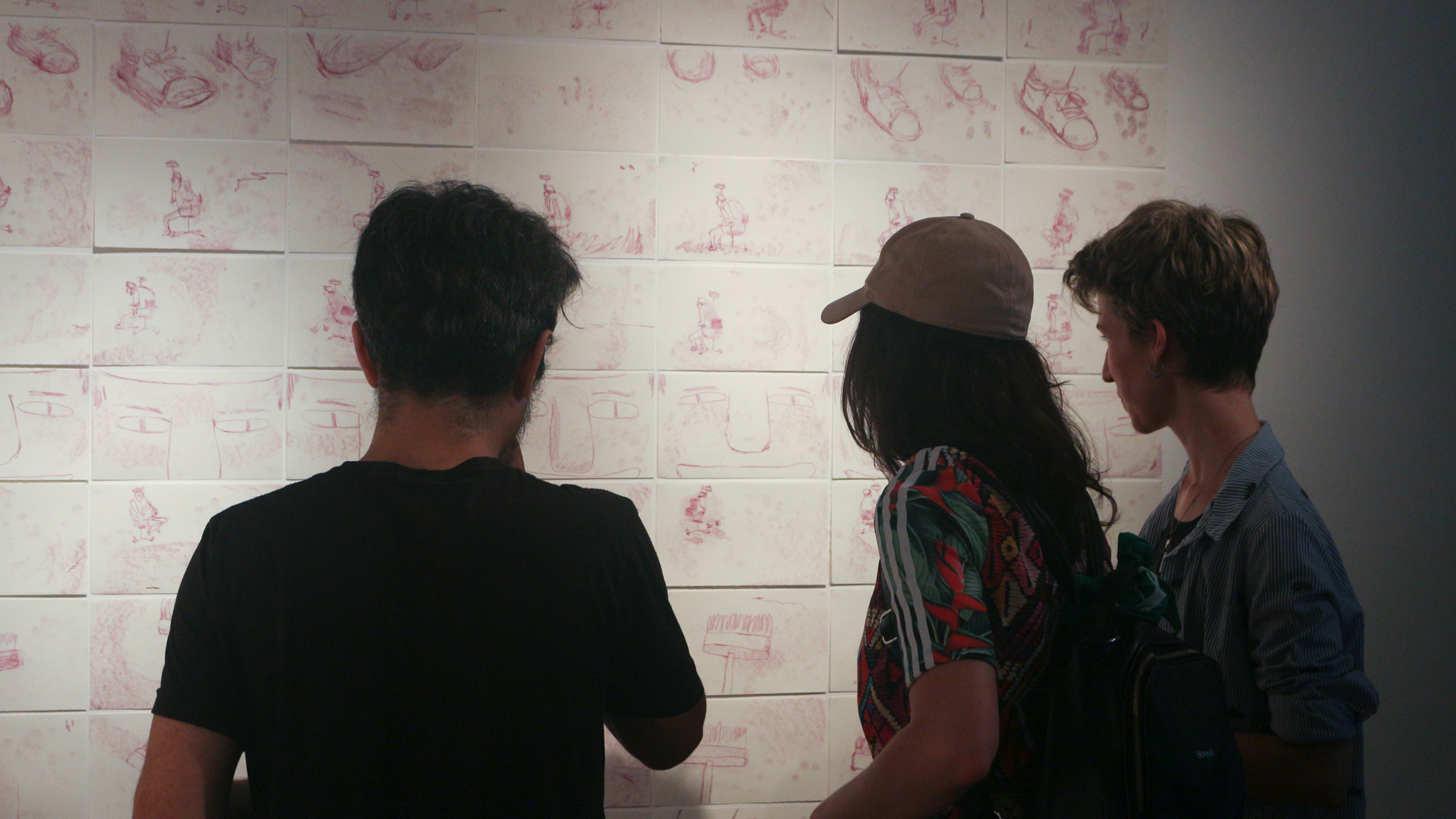
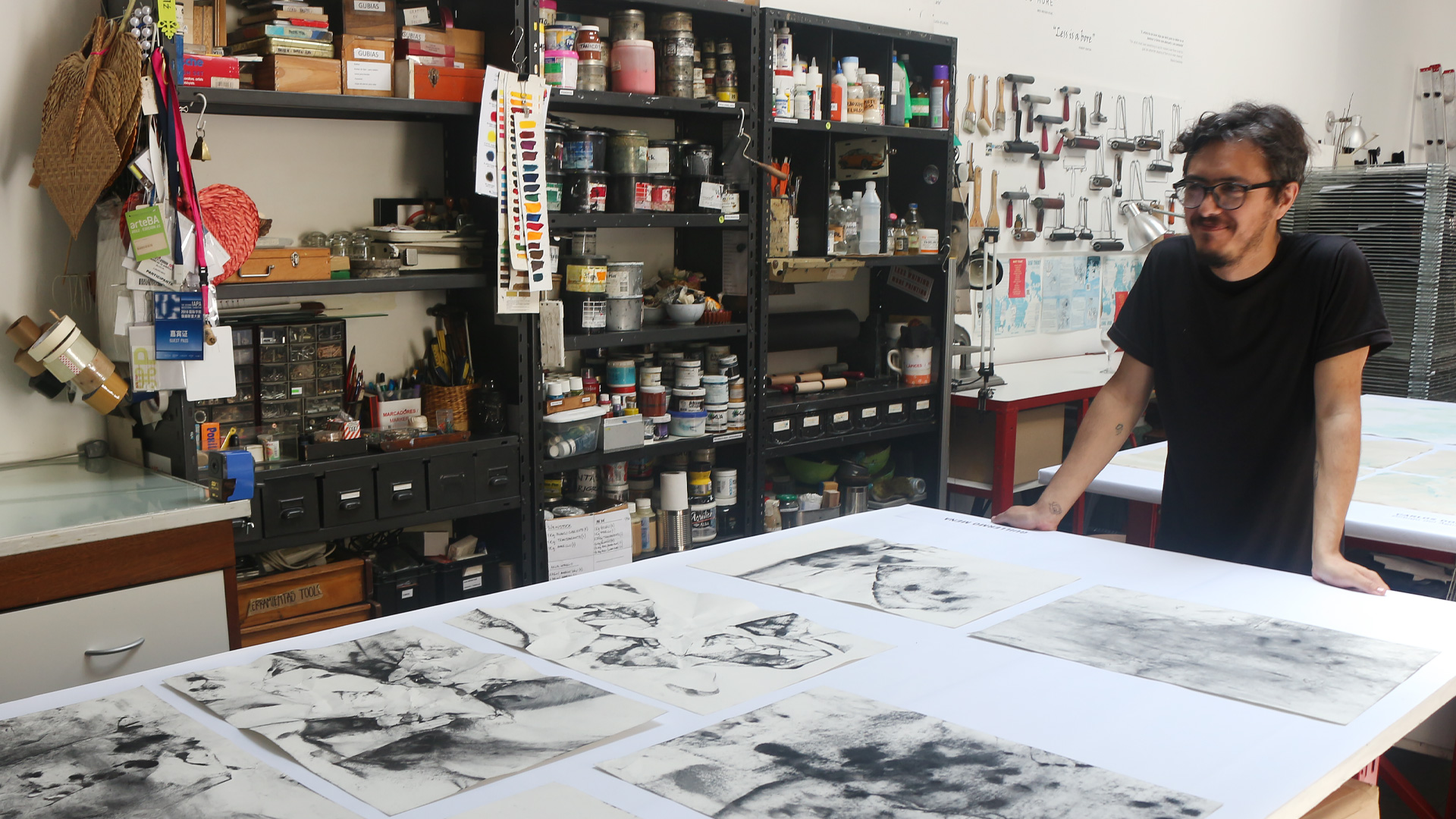
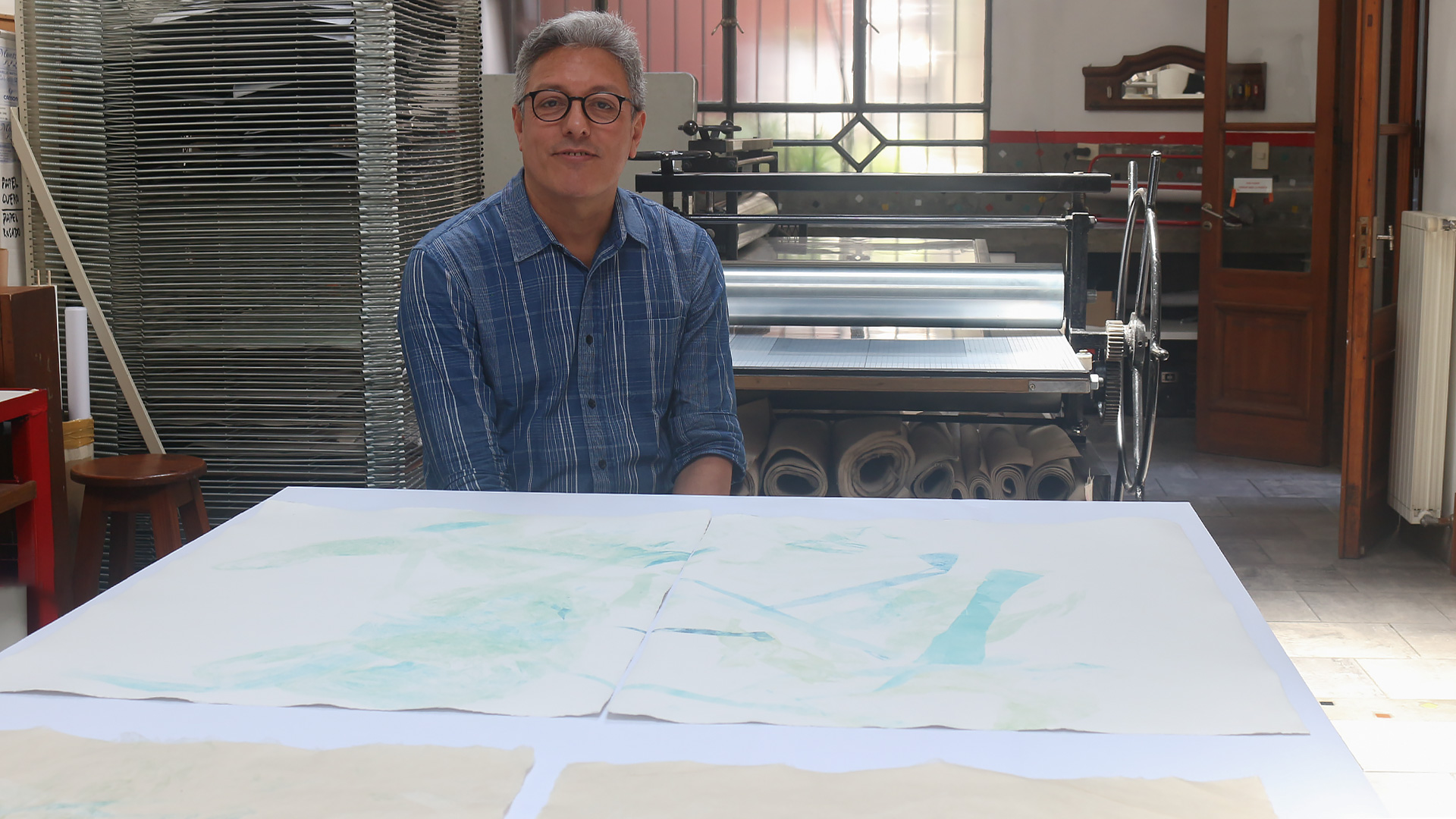
´aceNITE, Exhibitions
Intangible Territories
Artists in dialogue
20.02.19
On Wednesday February 20th, our first ´aceNITE of the year took place, opening the exhibitions of guest artists Alicja Habisiak-Matczak, Probable Spaces and Tomasz Matczak Atmospheres, from the Sztuk Pięknych Academy of Art and Design in Lodz (Poland).
At the same time, our artists in residence presented their projects: Camila Salcedo Guevara (Venezuela/Canada) performed her piece Miss Universe/o: Comandanta America, and Micaela Muzi (Córdoba, Argentina) exhibited her installation Controversia límite / desborde, a project that seeks, taking geometry as a metaphor for social regime, to investigate biological, technological and social transversalities that intervene in the construction of subjectivity in individuals.
Guillermo Mena (Córdoba, Argentina), artist awarded a scholarship by Fundación´ace, made a micro-Residency at the end of 2018 working in the transversal space. In this ´aceNITE, Guillermo presented Paisaje redundante e irrecuperable, site-specific mural done with charcoal and the record of “imprints” (rescuing the ephemeral drawing material contained in those walls).
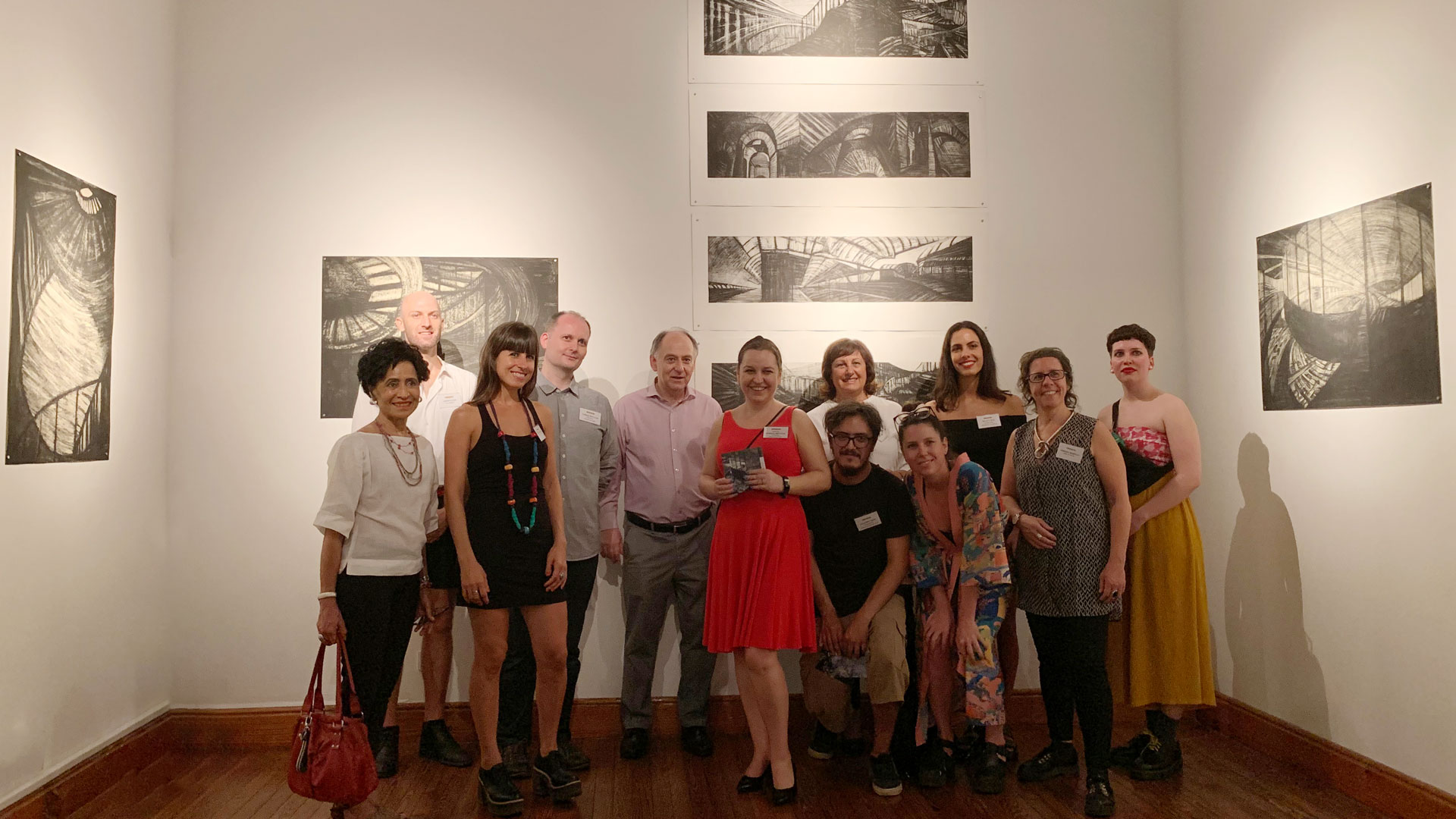
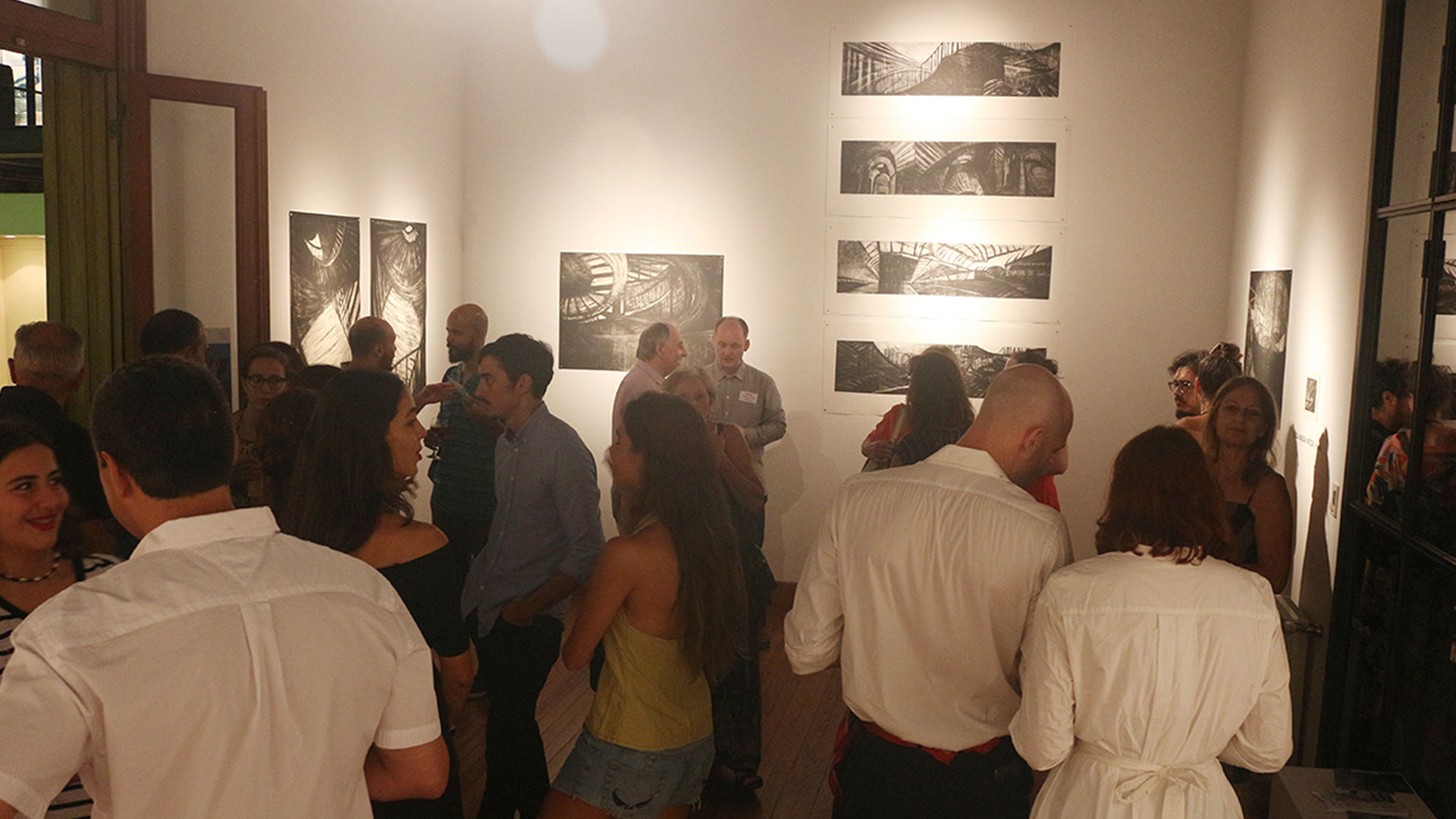
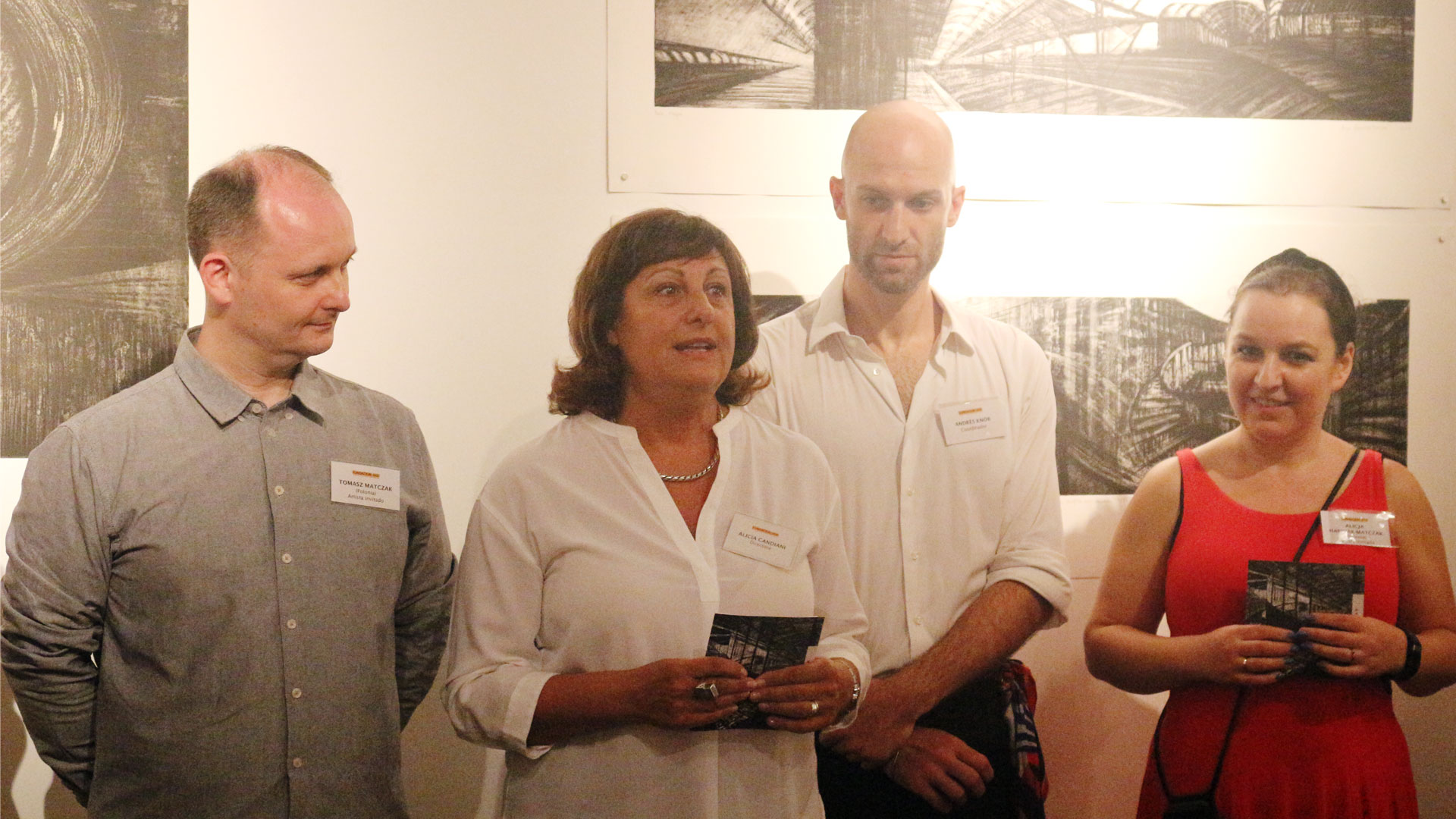
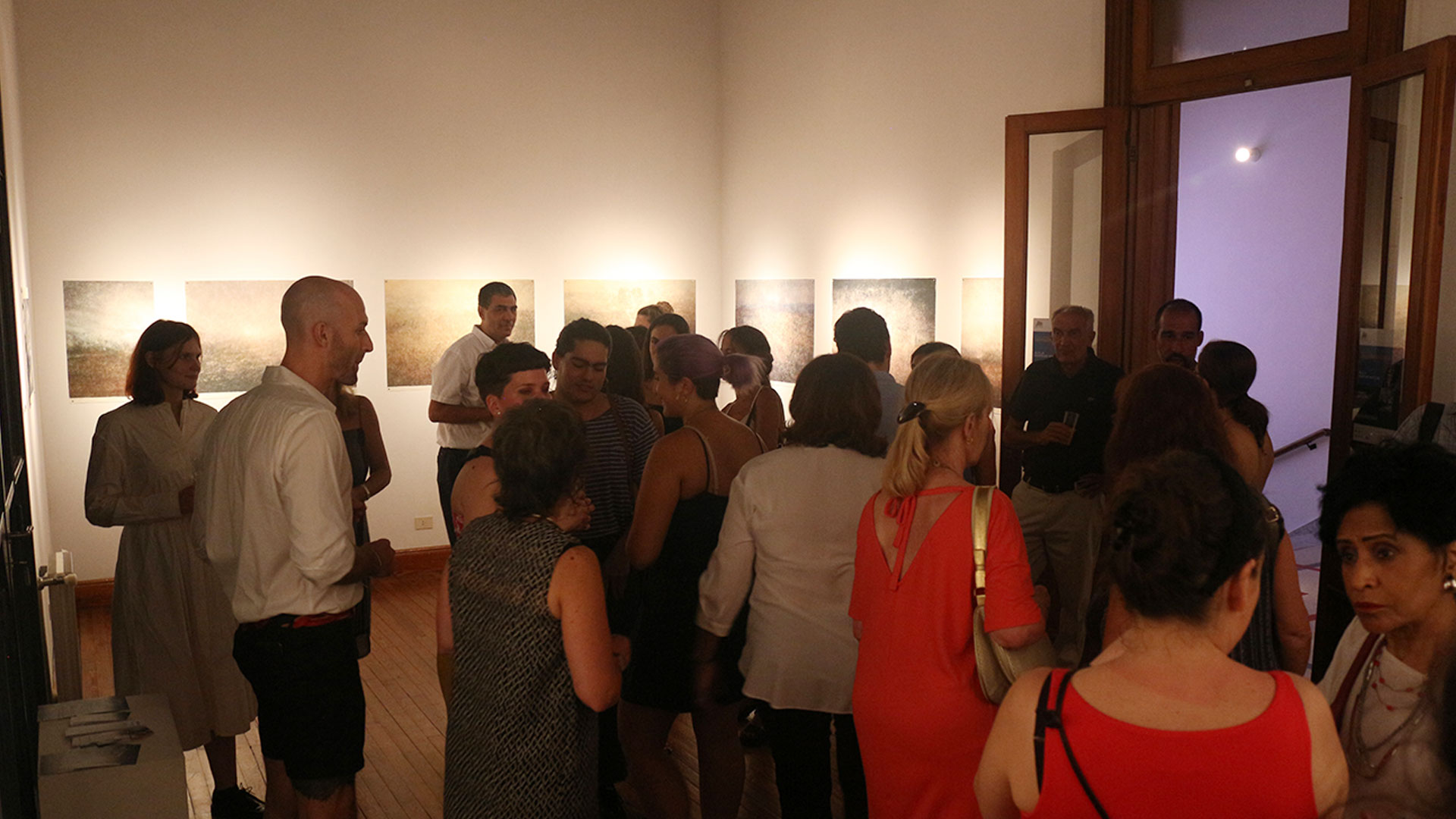


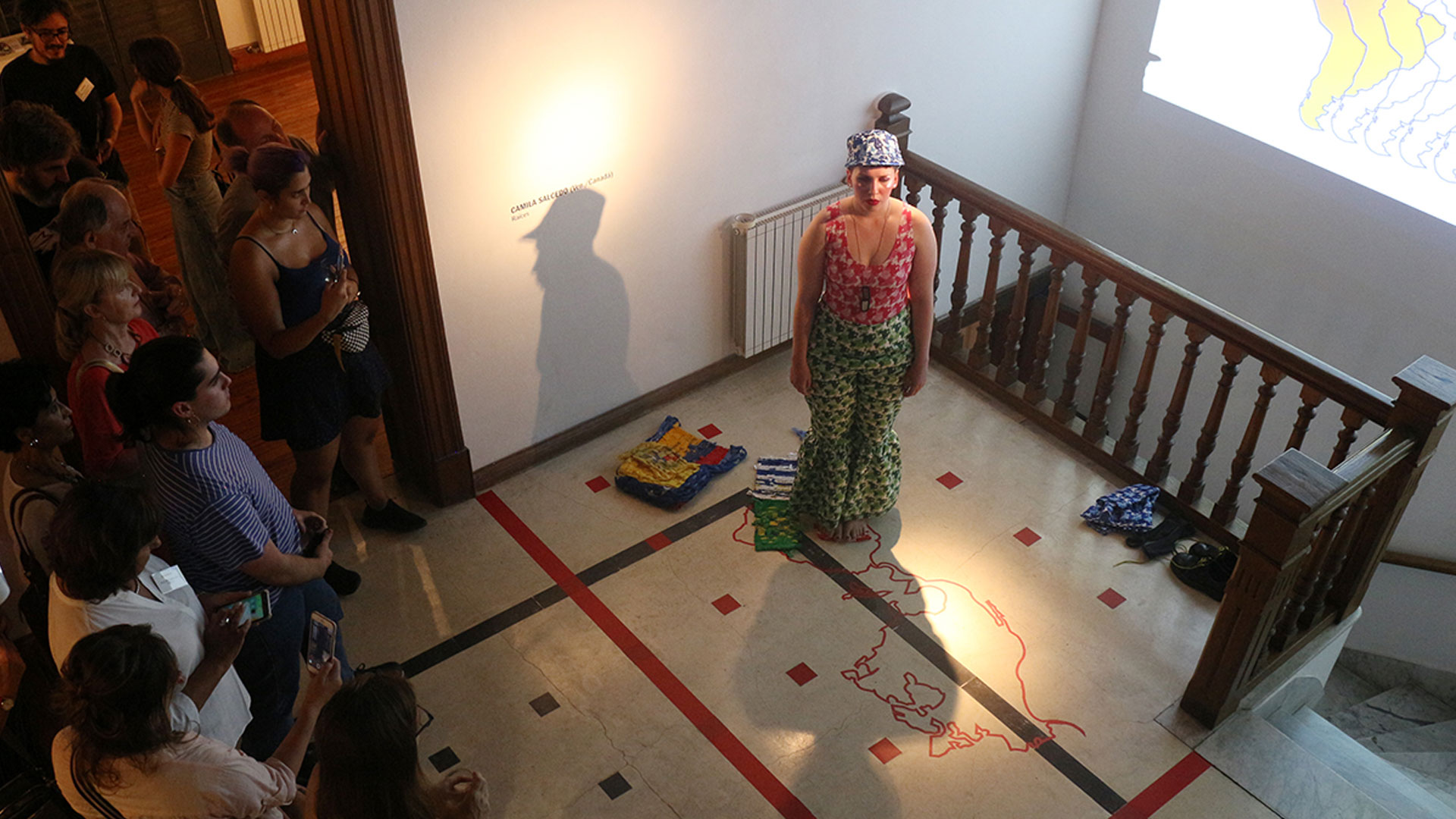
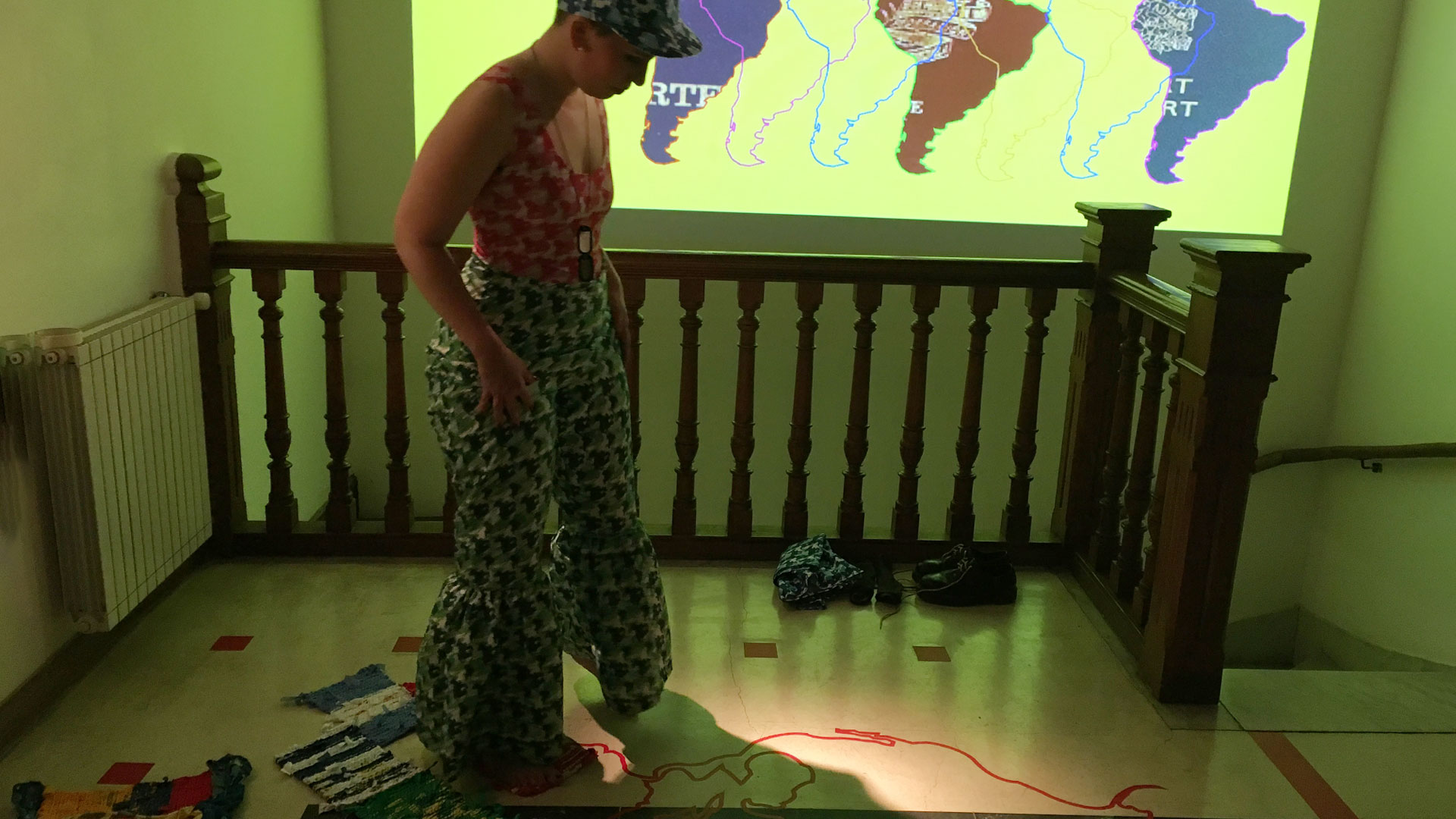
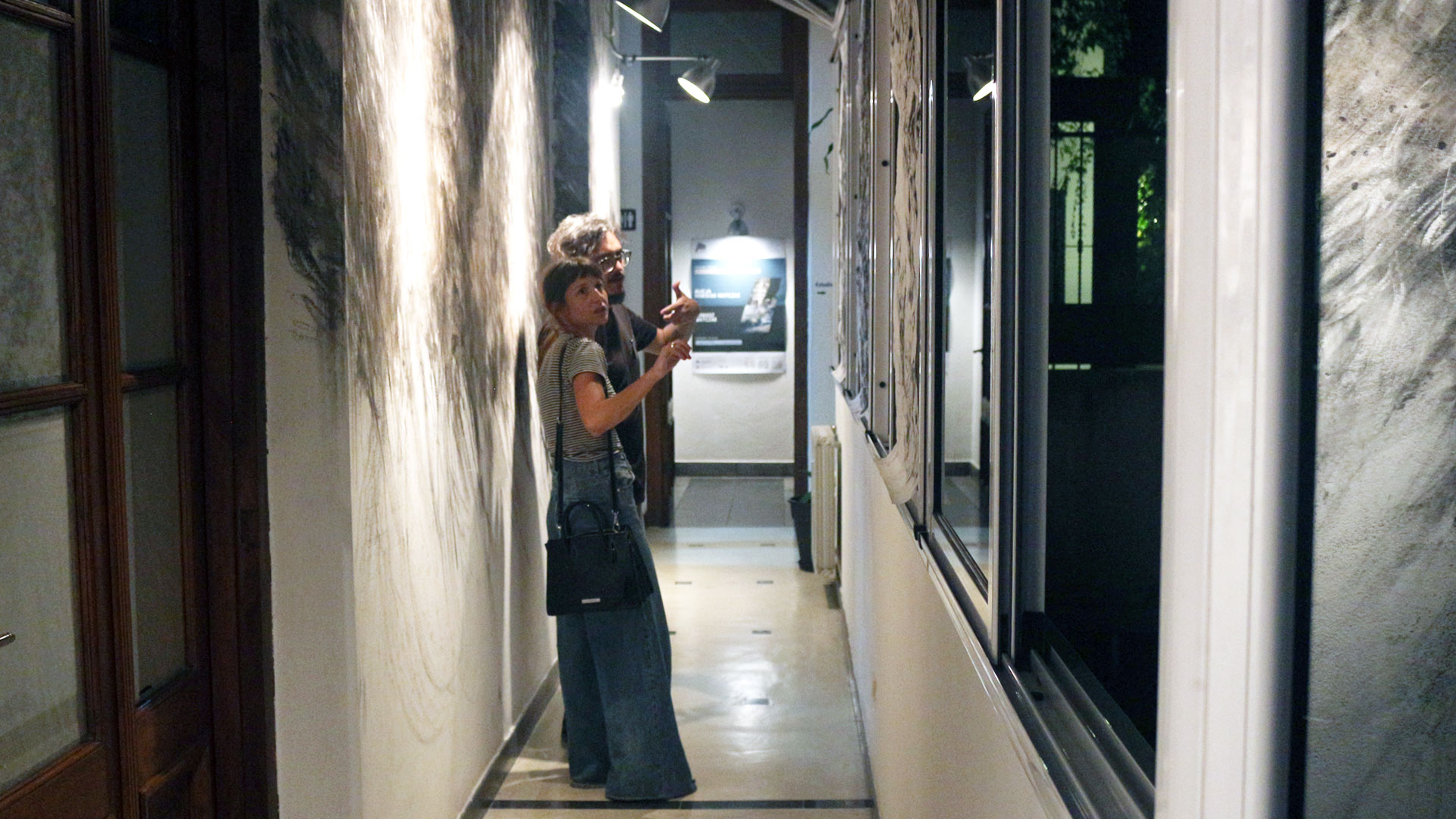
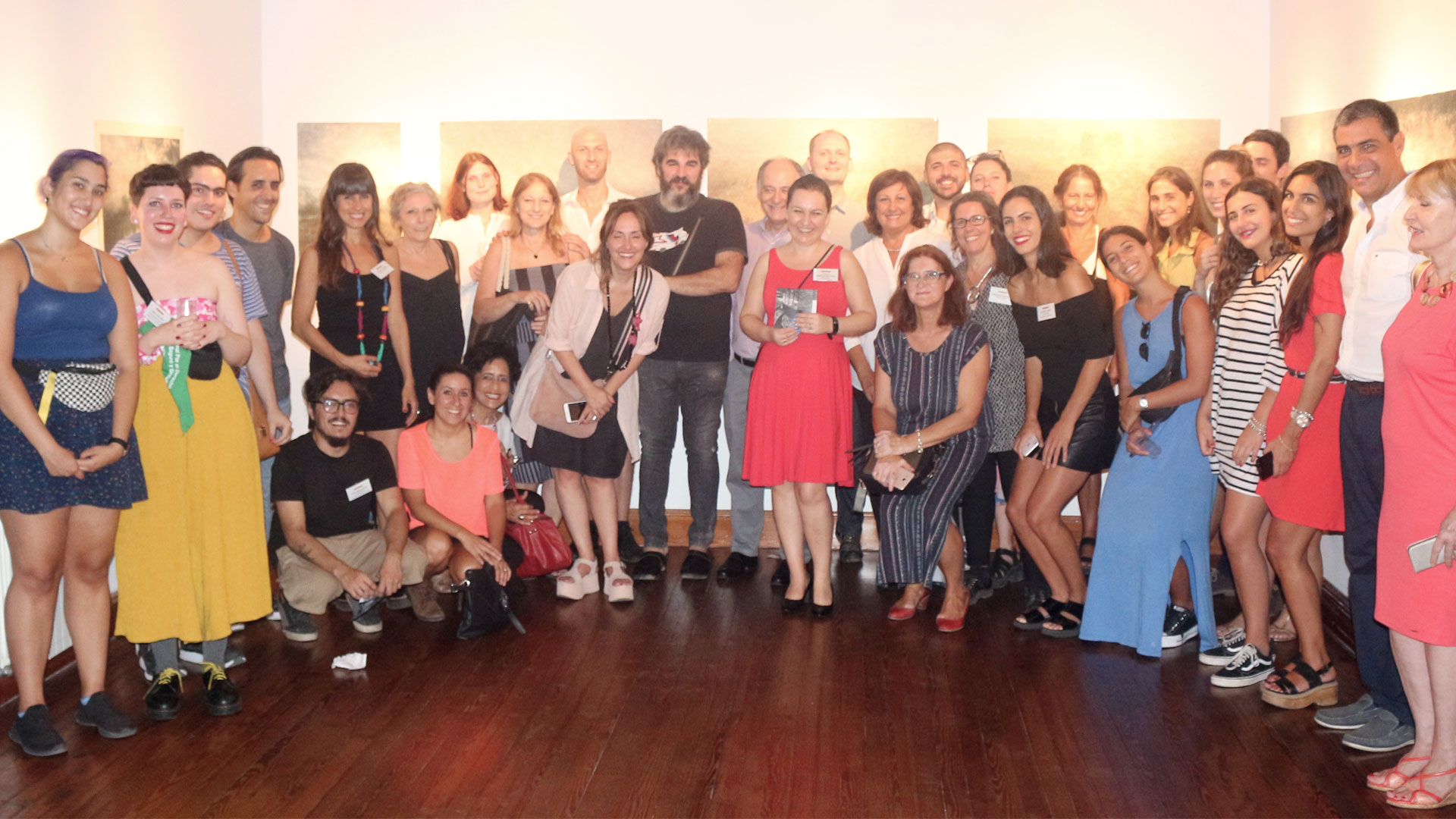
Exhibitions
In Search of the Andes
Artists in Dialogue
03.07.19 11.08.19
In Search for the Andes: Ambiguous Loss and the disappearance of the Mnemonic Landscape
In Search for the Andes is born from the need to go deep in the experience of immigration beside the politics, economics, and social aspects. What is the experience of losing memories and losing also the referents that allow you to connect with the loss? A disembodied loss that disjoints your identity and what you knew to be familiar and stable?
THE PROJECT
This is a project that explores the experience of instability brought by the lack of referent to recall identity. I have been recording interviews with South American immigrants to the US and people that had been relocated due to industrial developments or contamination. The core of these conversations are the vivid attempts to bring back what is lost in memory and the missing pieces that build a complete sense of self. Today, Guillermo Mena and I work, from this failed attempt to retrieve memories, to create inside the exhibition space a new place that resists consumption and points to the emptying of memory. We are working from the exhausting experience of relocation and displacement.
Guillermo Mena and I are working with and from drawing, a language that is familiar to both but made foreign through collaboration. We are using copper to create each mark, pointing to the origin and history of the material in the Andes region, its many economic and political transitions in ownership, its history in relation to urban development and displacement, and the characteristics of the its mark. Copper sits on top of the surface rescuing all its accidents highlighting the memory and history of the walls that now host it. The drawing takes over the gallery space tilting it and pointing to the instability generated by the disruption of memory. The time-consuming process of the metal point refers back to the laboured landscapes of this industrial sites and its complex history. The audio of the exhibition is an accumulation of testimonies, audio of the Andes, and recordings of the making of the piece, a different but reciprocal type of mark in the space.
Familiarity and displacement are the tension that lies at the foundation of this project.
Javier Bustos comes into the project bringing his expertise as musician and sound artist, manipulating audio files and creating new ones. It is in the midst of a creative dialogue that we all attempt to give body to the experience of Mnemonic loss.
Three distinct and unfamiliar voices attempting to create just one sound to represent home.
Related artists
In collaboration with:
Guillermo Mena
Sound intervention:
Javier Bustos
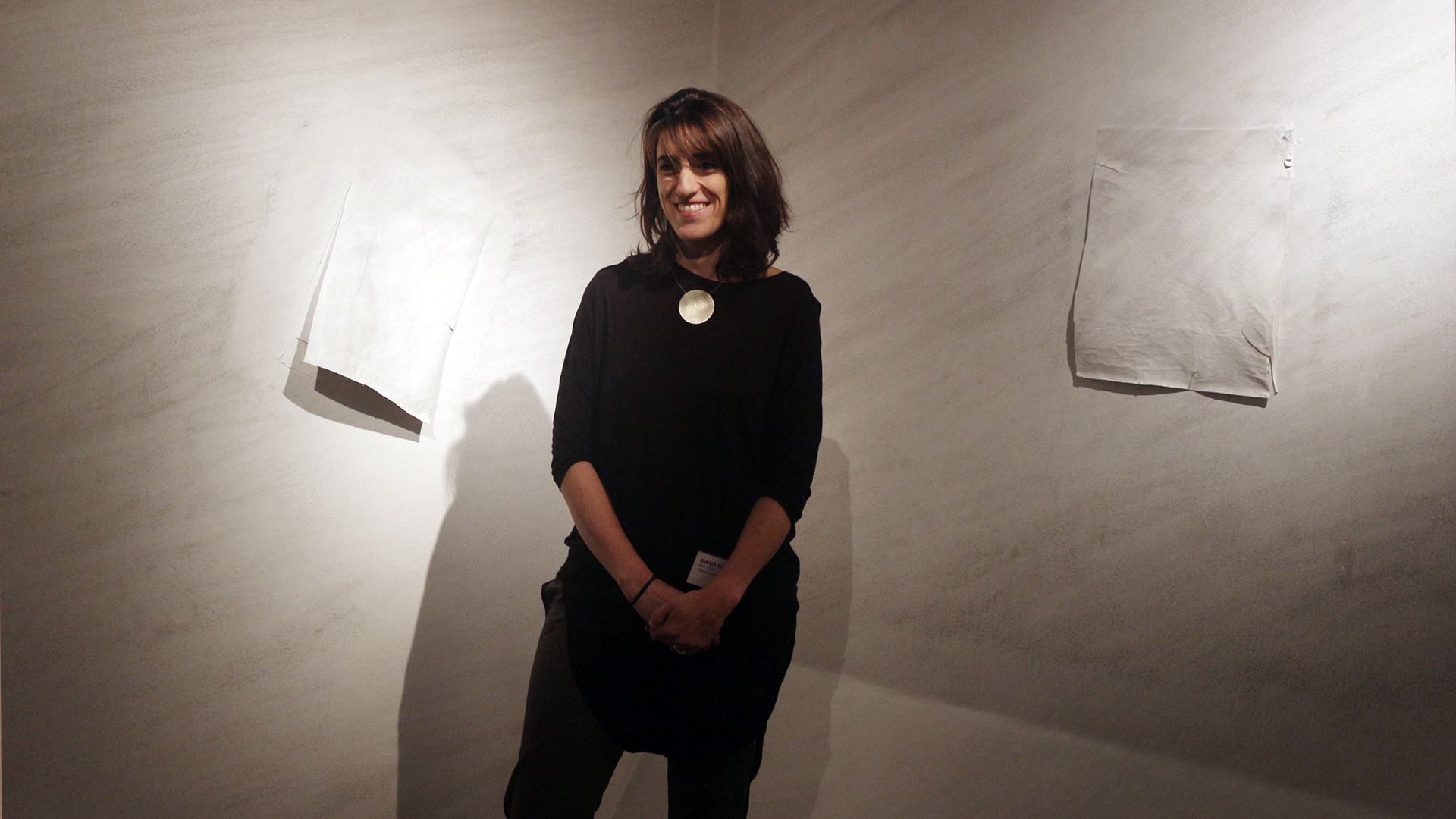
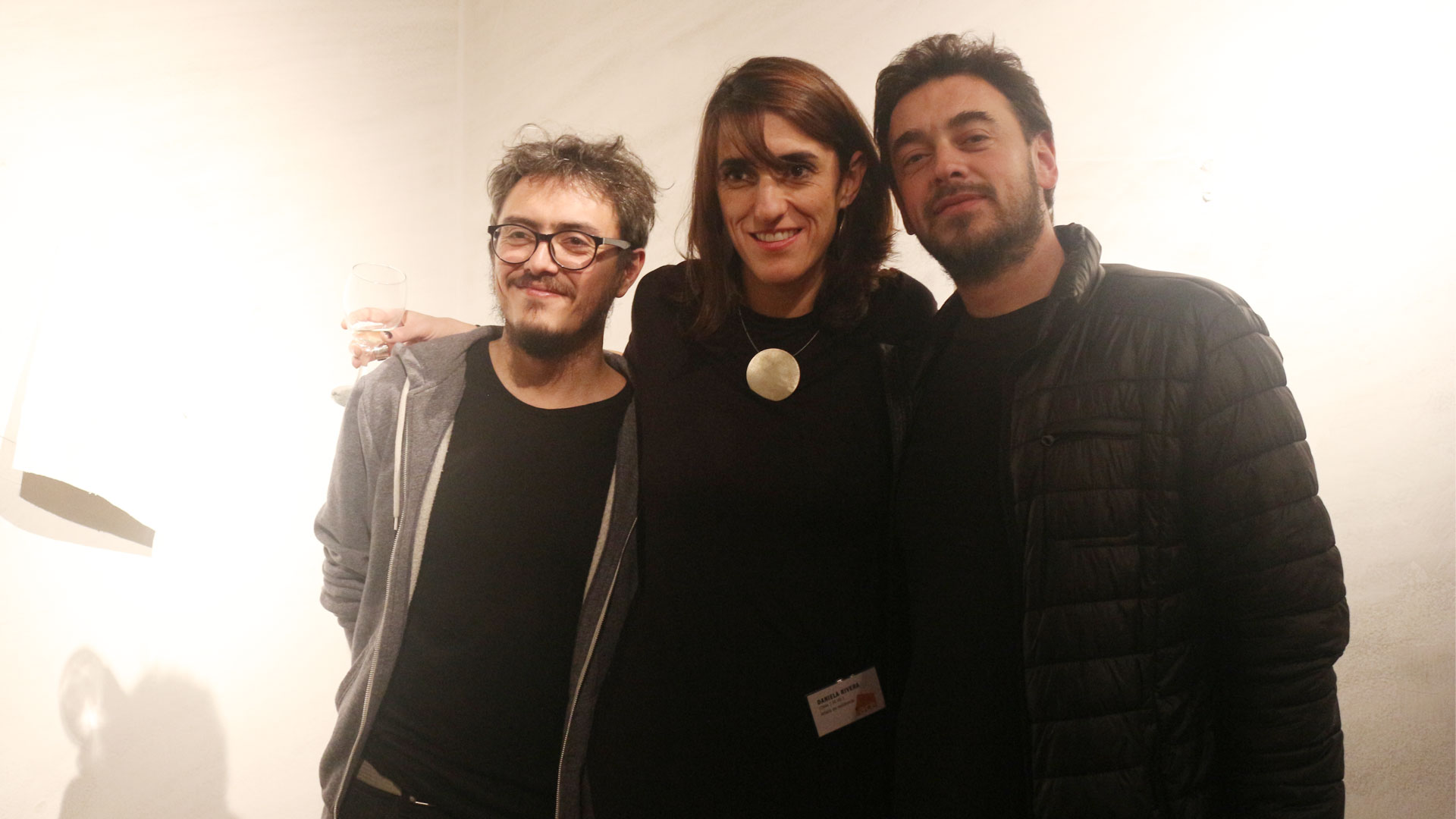
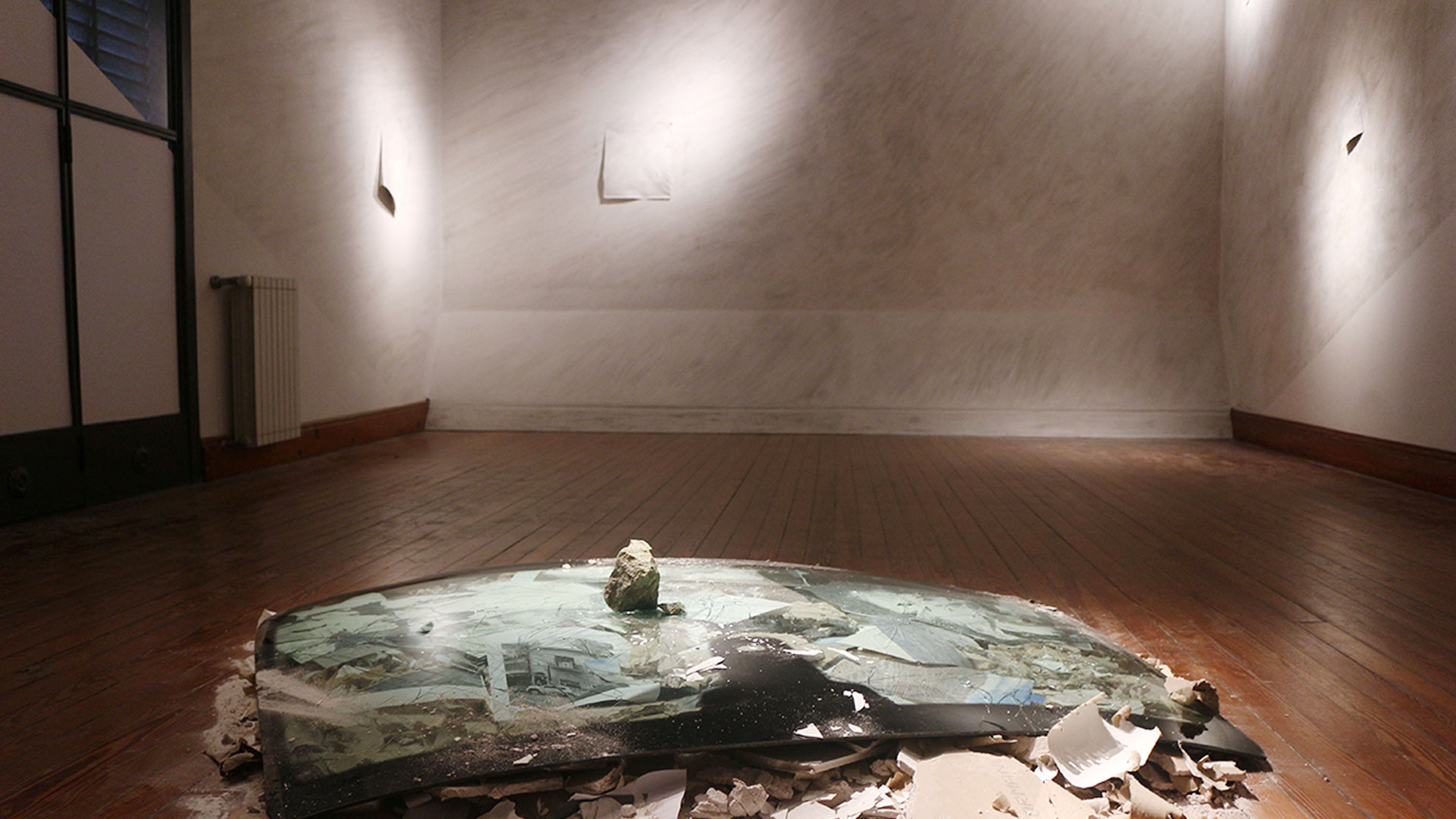
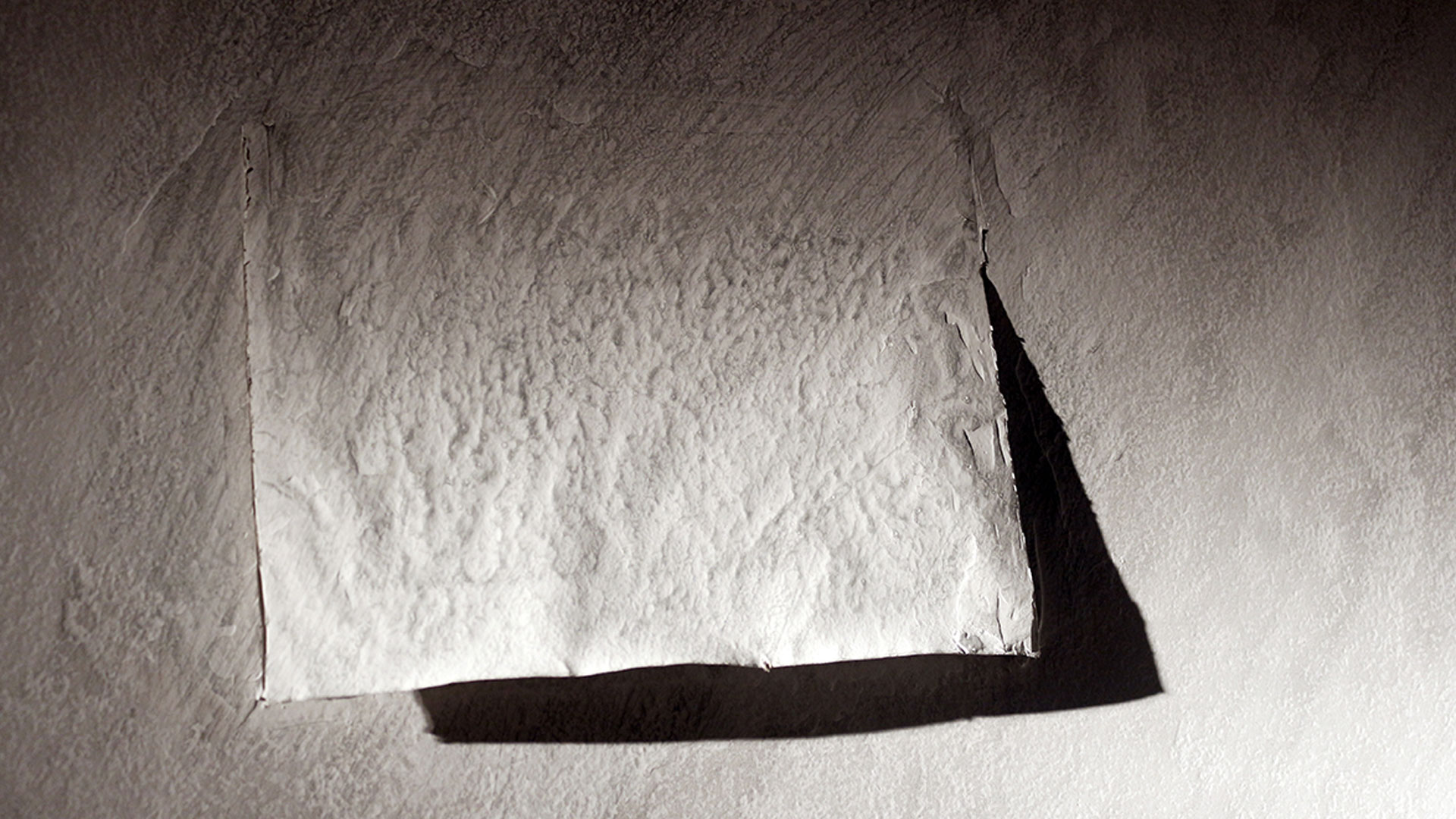
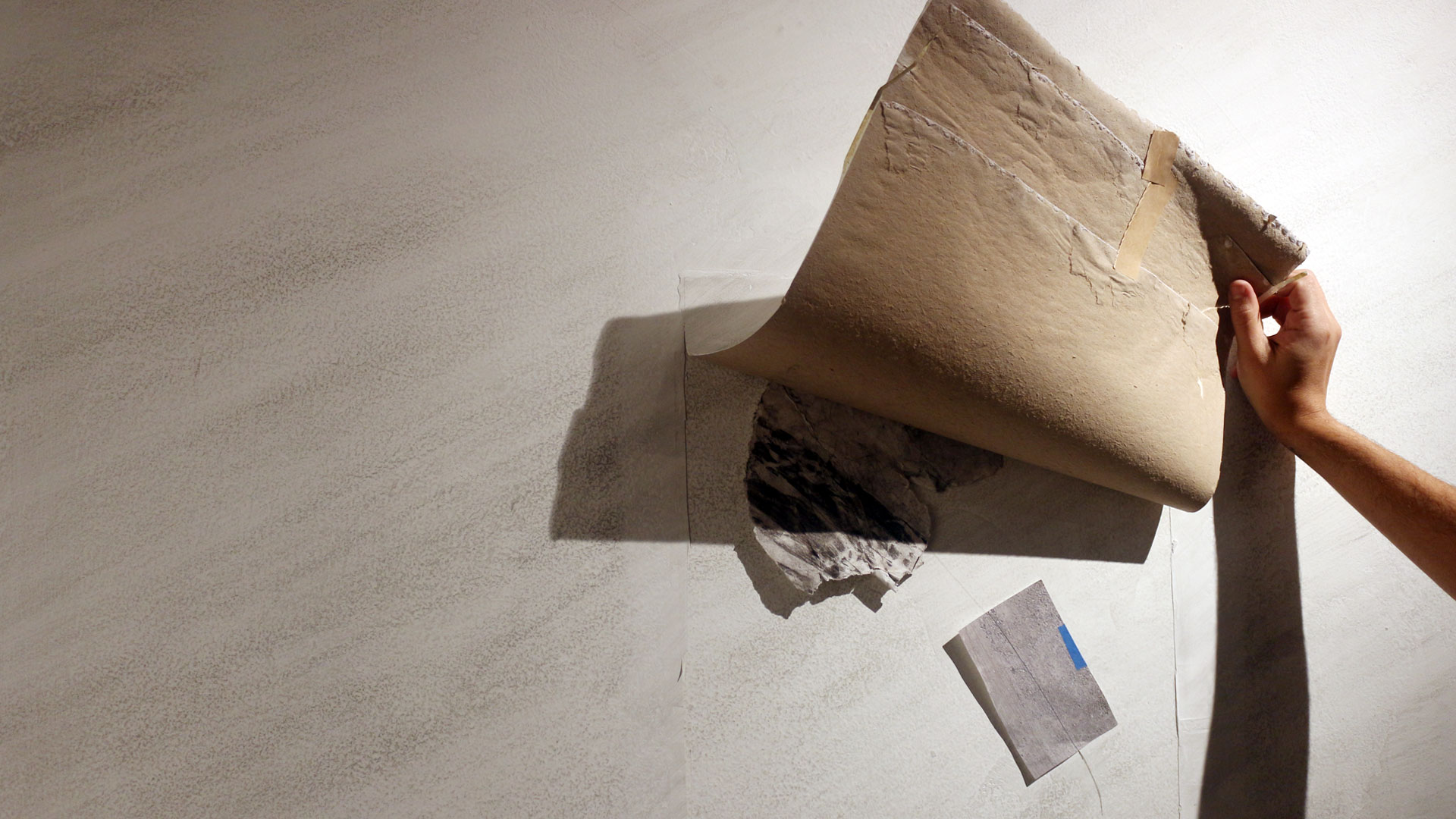
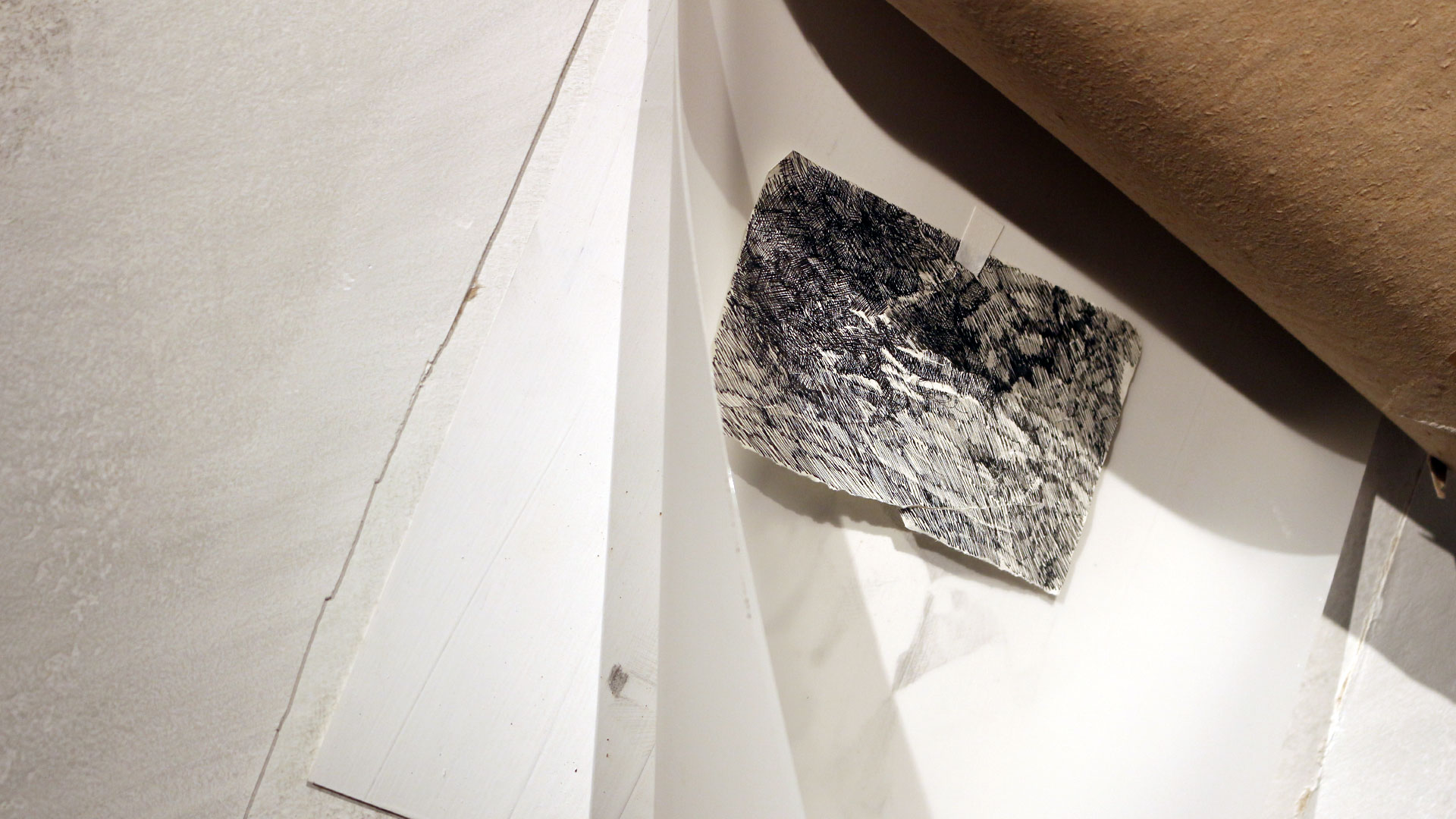
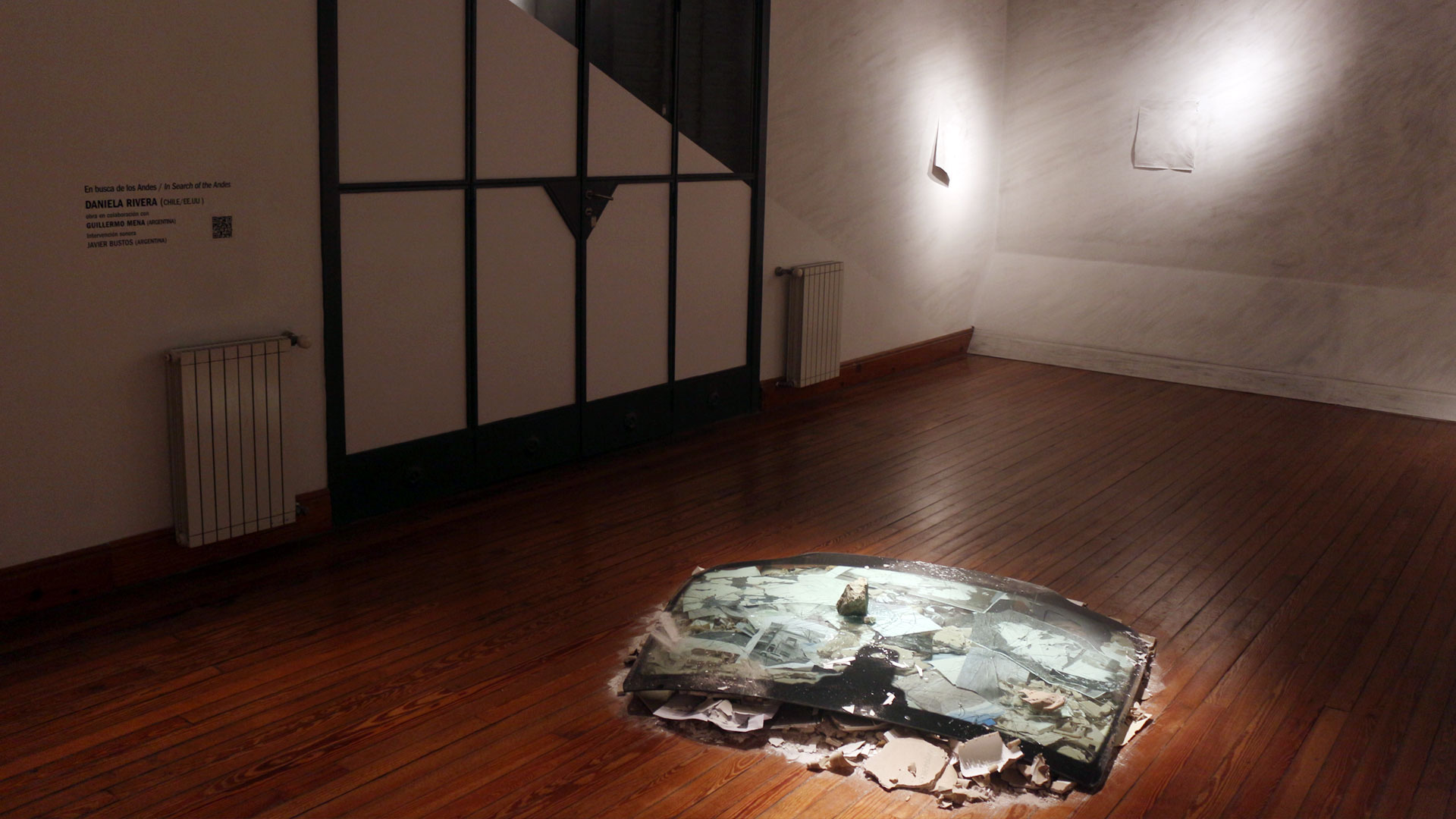
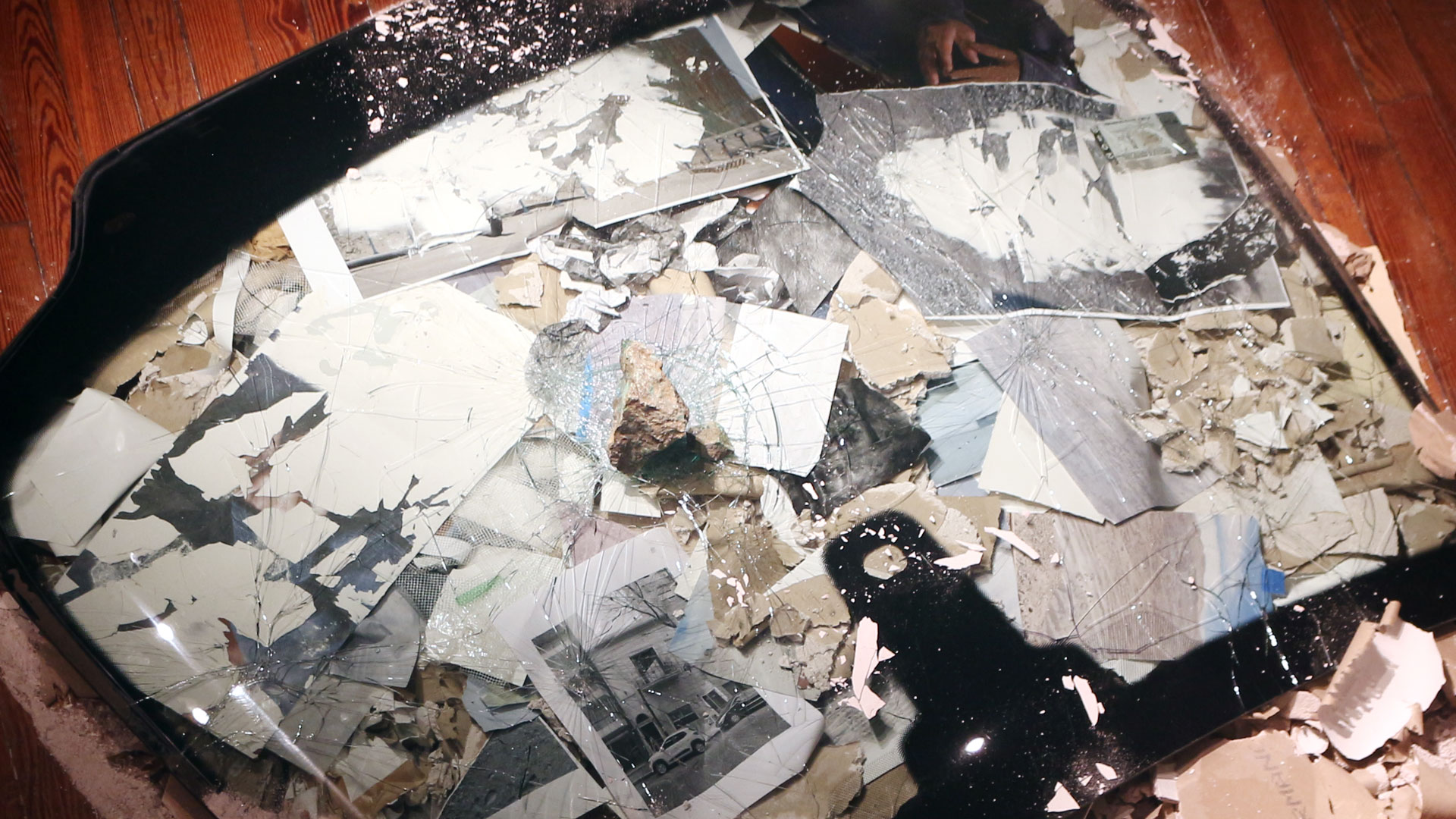
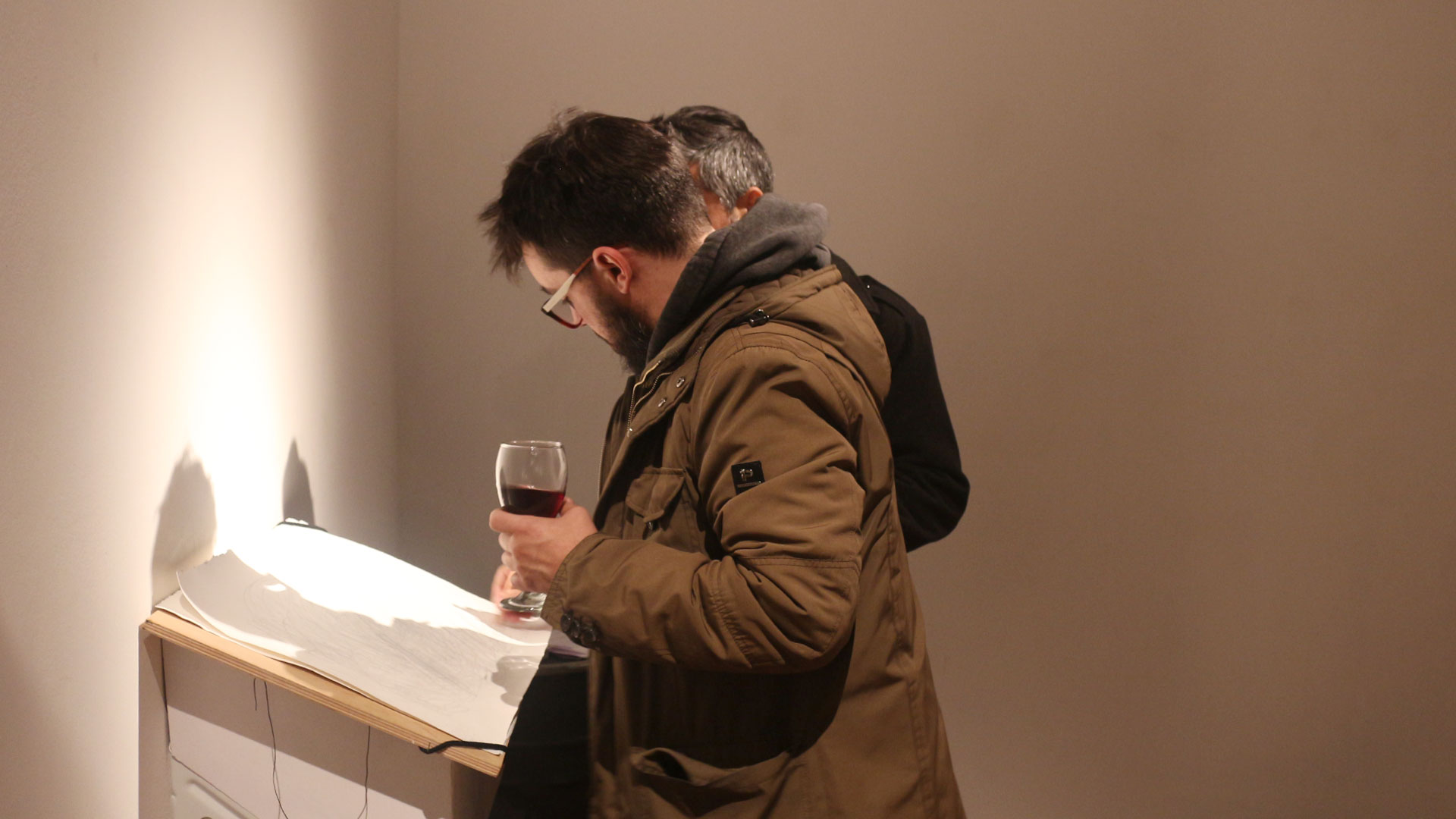
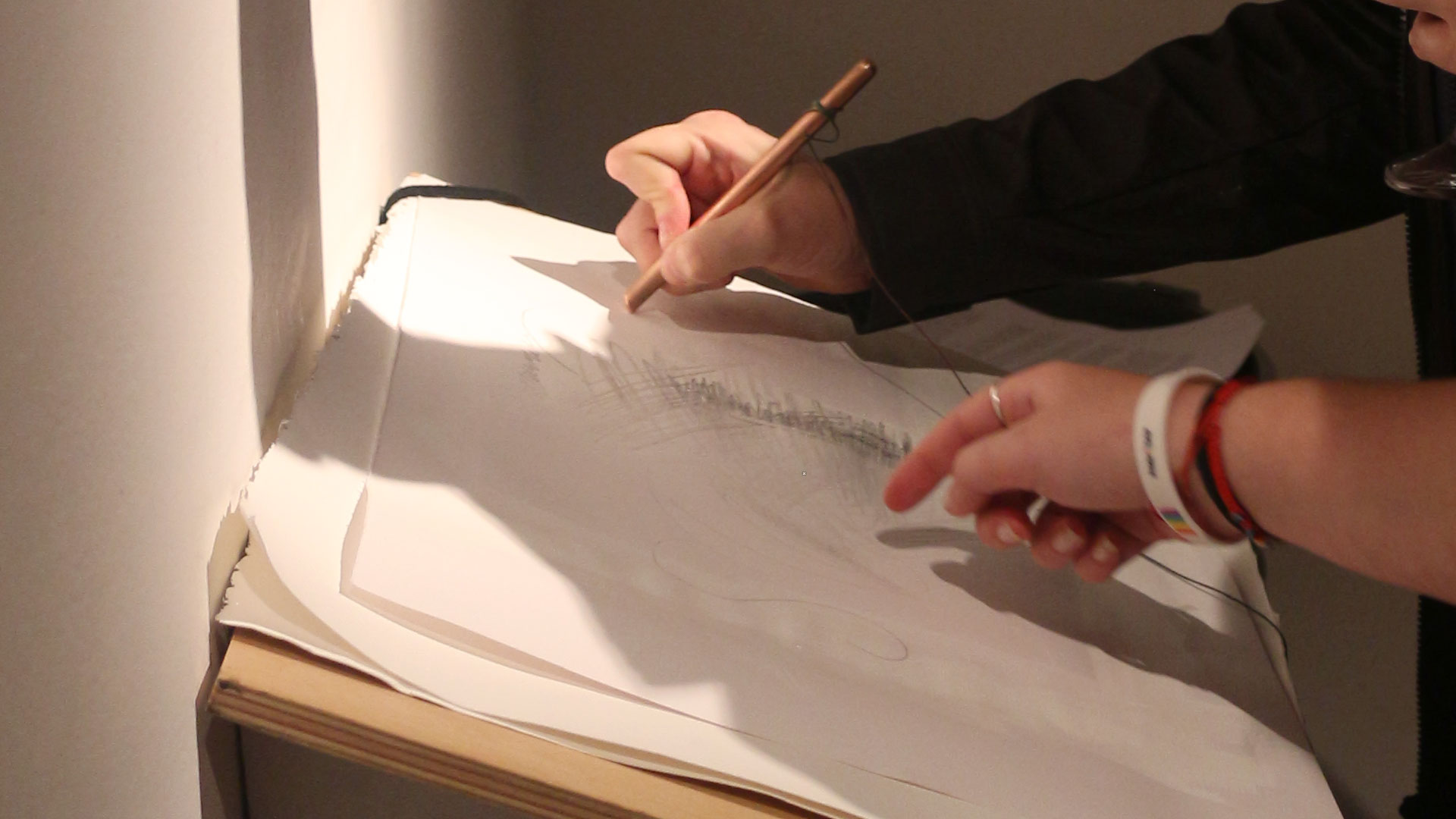
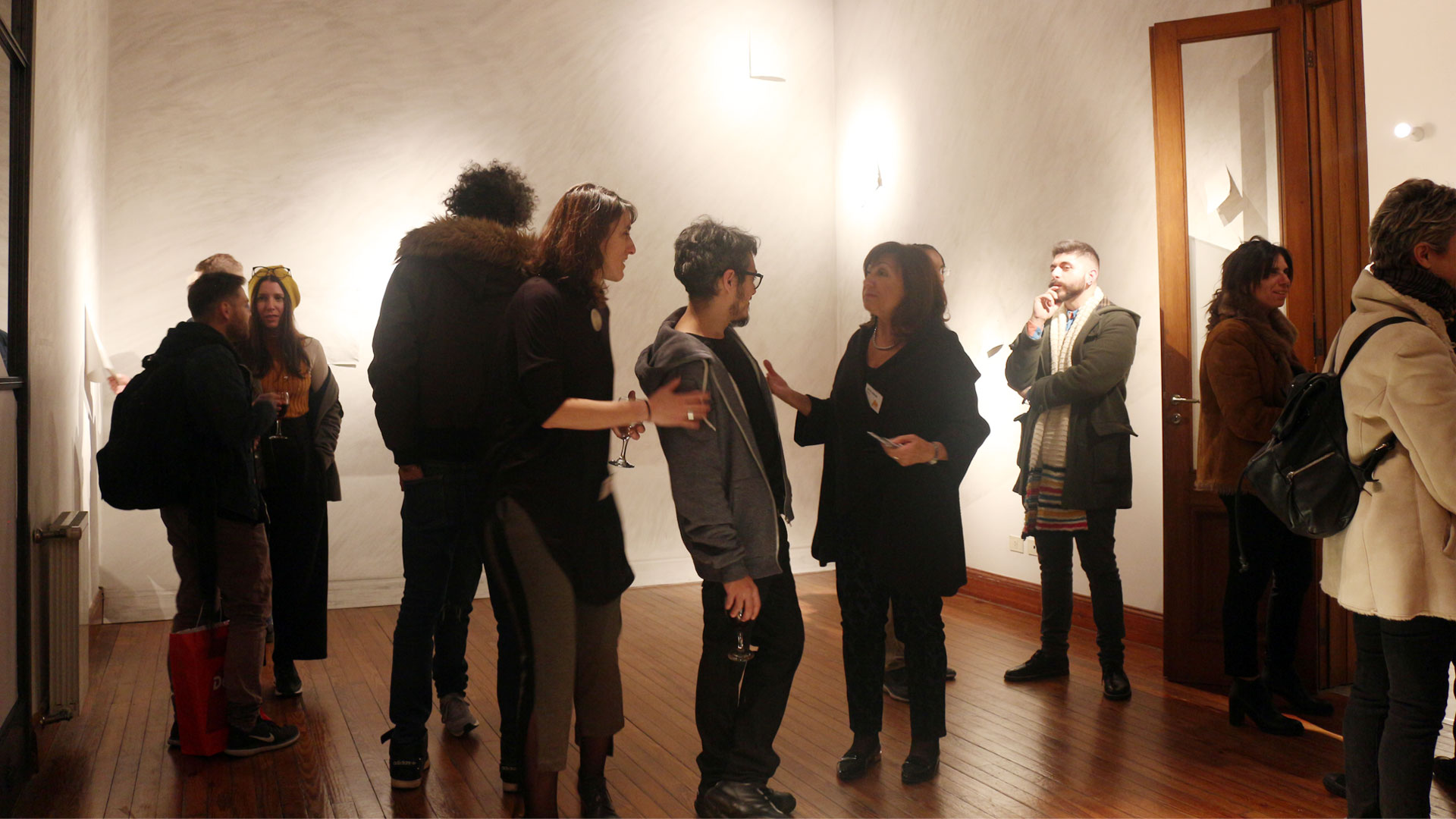
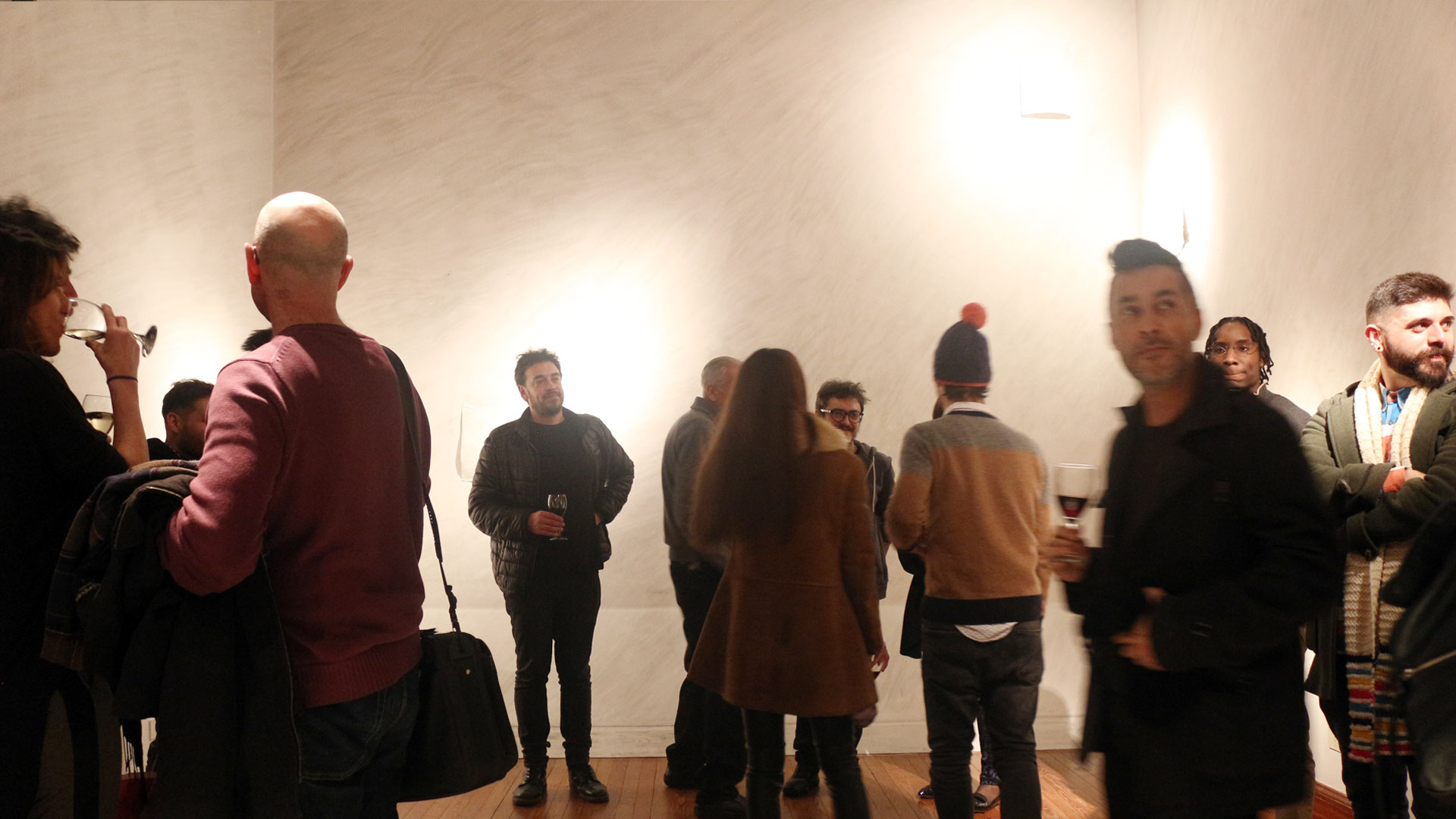
´aceNITE
A Macrocosm
Artists in dialogue
03.07.19
On Wednesday, July 3, we inaugurated the projects of the Production Residences for the months of June-July 2019 by Daniela Rivera (Chile-USA) and Aubrey Vollrath (USA), together with an open studio by Rashid Lane (USA), who shared the results of his Exploration Residency. The works of Daniela and Aubrey coexisted in dialogue with two guest projects: an installation by Constanza Abete (Argentina) and the Micro-Macrocosmos2018 portfolio, organized by the International Graphics Exchange Program (IPEP) of India, with the participation of Argentinean artist Floki Gauvry.
Daniela Rivera’s project, In Search of the Andes was a work in collaboration with Argentinean artists Guillermo Mena and Javier Bustos.
In Search for the Andes is born from the need to go deep in the experience of immigration beside the politics, economics, and social aspects. It is a a project that explores the experience of instability brought by the lack of referent to recall identity. For this work, Daniela, Guillermo and Javier worked together from the attempt to retrieve memories, to create inside the exhibition space a new place that resists consumption and points to the emptying of memory. A job sprouting from the exhausting experience of relocation and displacement.
Aubrey Vollrath’s project sought to explore the eccentricities of the telos of Buenos Aires and its peculiar characteristics: “What makes a good love motel? I am interested in exploring the aesthetics of rooms specifically designed for sex, and the curatorship that they do of the fantasies of an unknown other”.
Rashid Lane opened its research on the local Afro-descendant diaspora to the public of Fundación´ace, which in the near future will trigger a series of triptych paintings that will characterize the narrative of the different cultural origins of people of African descent in Argentina.
The MICRO-MACROCOSMOS exhibition (sponsored in Buenos Aires by Fundación´ace) is a series of international graphic works by artists from India, Argentina, Mexico, USA, Poland, Finland, Russia, Turkey, Pakistan, Taiwan, Australia, Portugal and Nepal, made in 2018 and gathered through IPEP.
Constanza Abete, selected artist within the Semillero 2019 open call, presented White Noise II , an installation that took place in the transversal space of our house. The entire walls of the space were covered by masks in gauze and plaster combined with the reproduction of a recording of white noise.
Related artists
Artists in collaboration
Guillermo Mena
Javier Bustos
Artist SEMILLERO 2019
Constanza Abete
MICRO-MACROCOSMOS 2018
Portfolio organized by the International Graphics Exchange Program (IPEP) of India
Coordinator in Buenos Aires: Floki Gauvry.
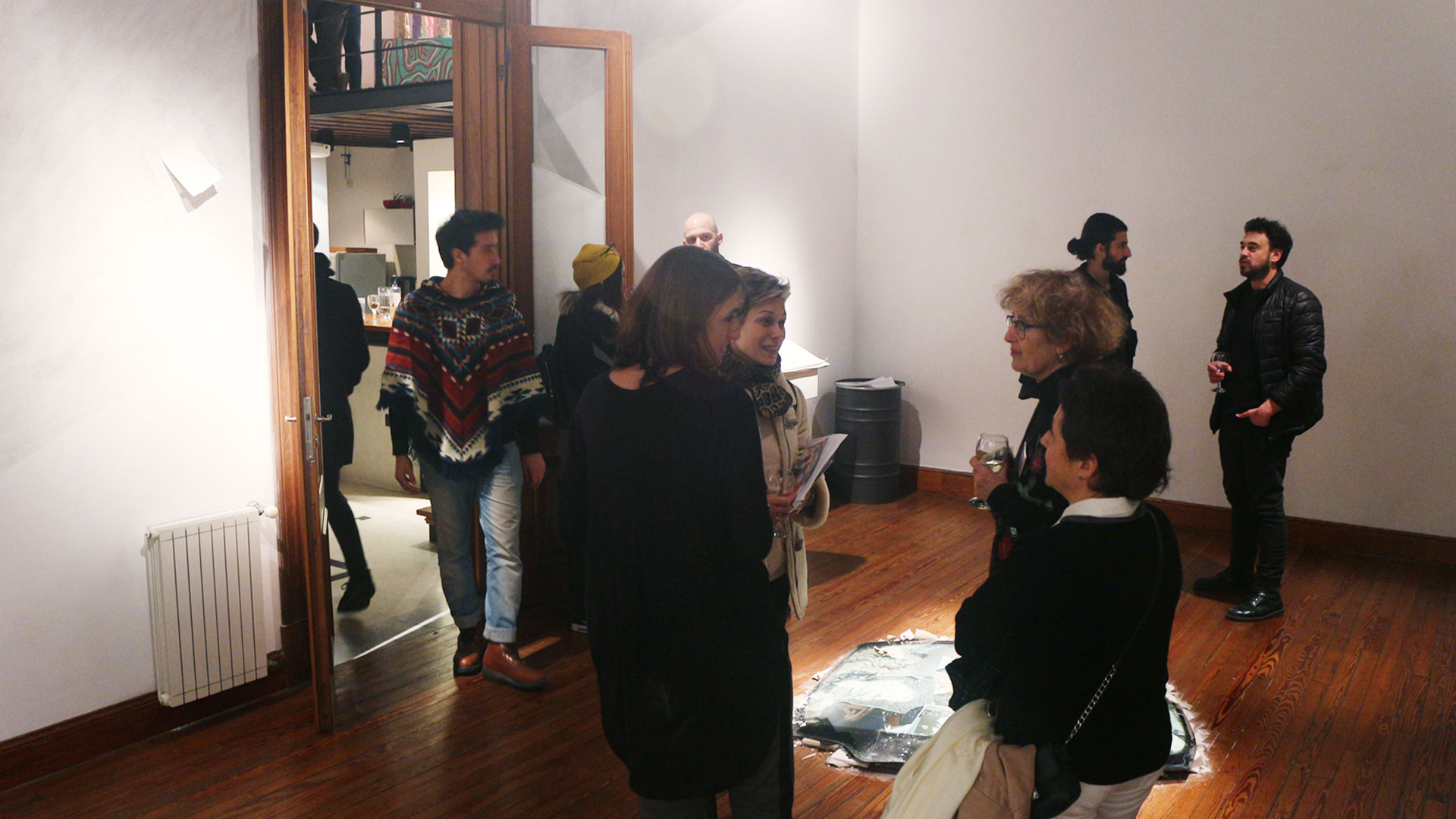
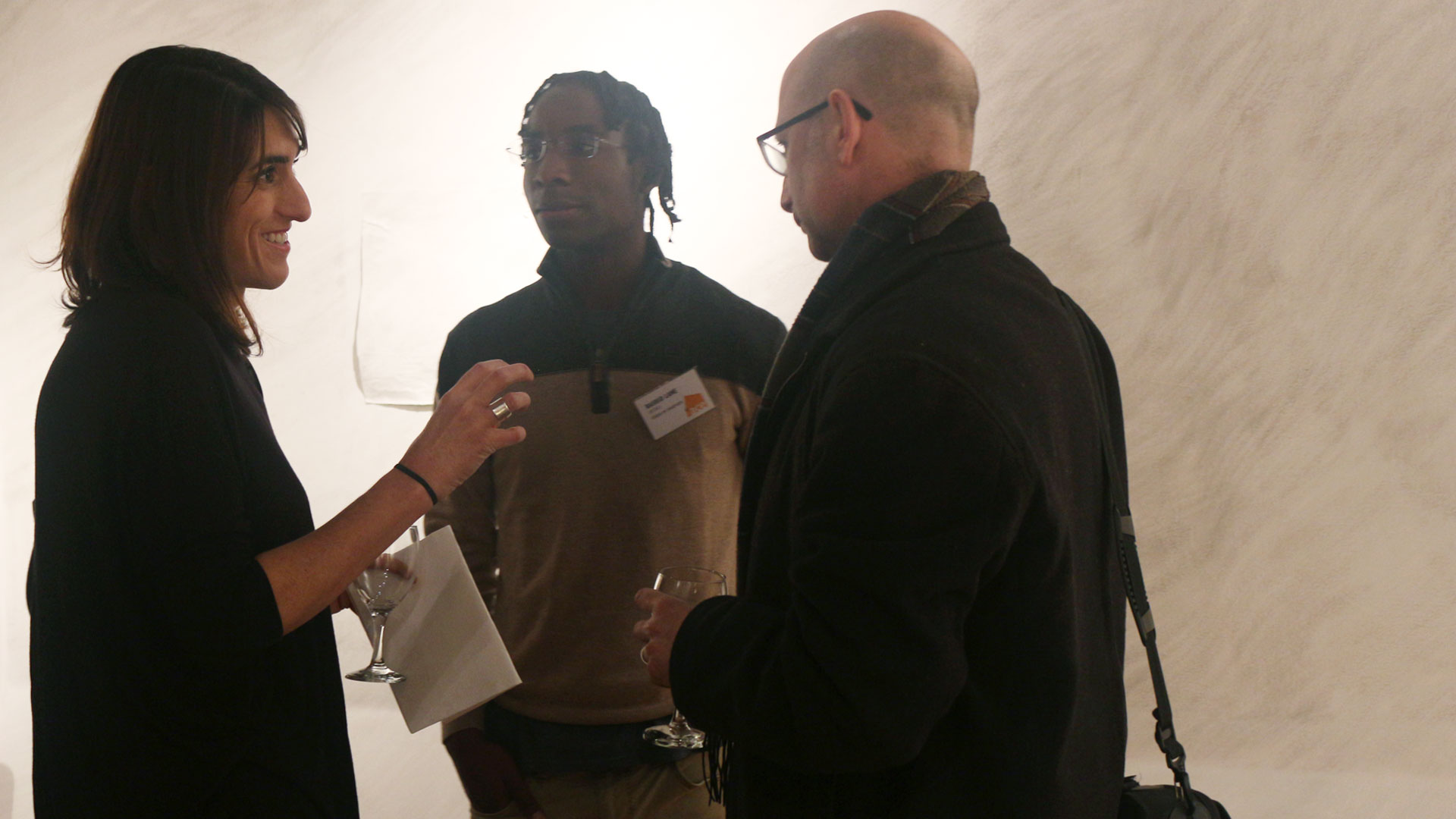

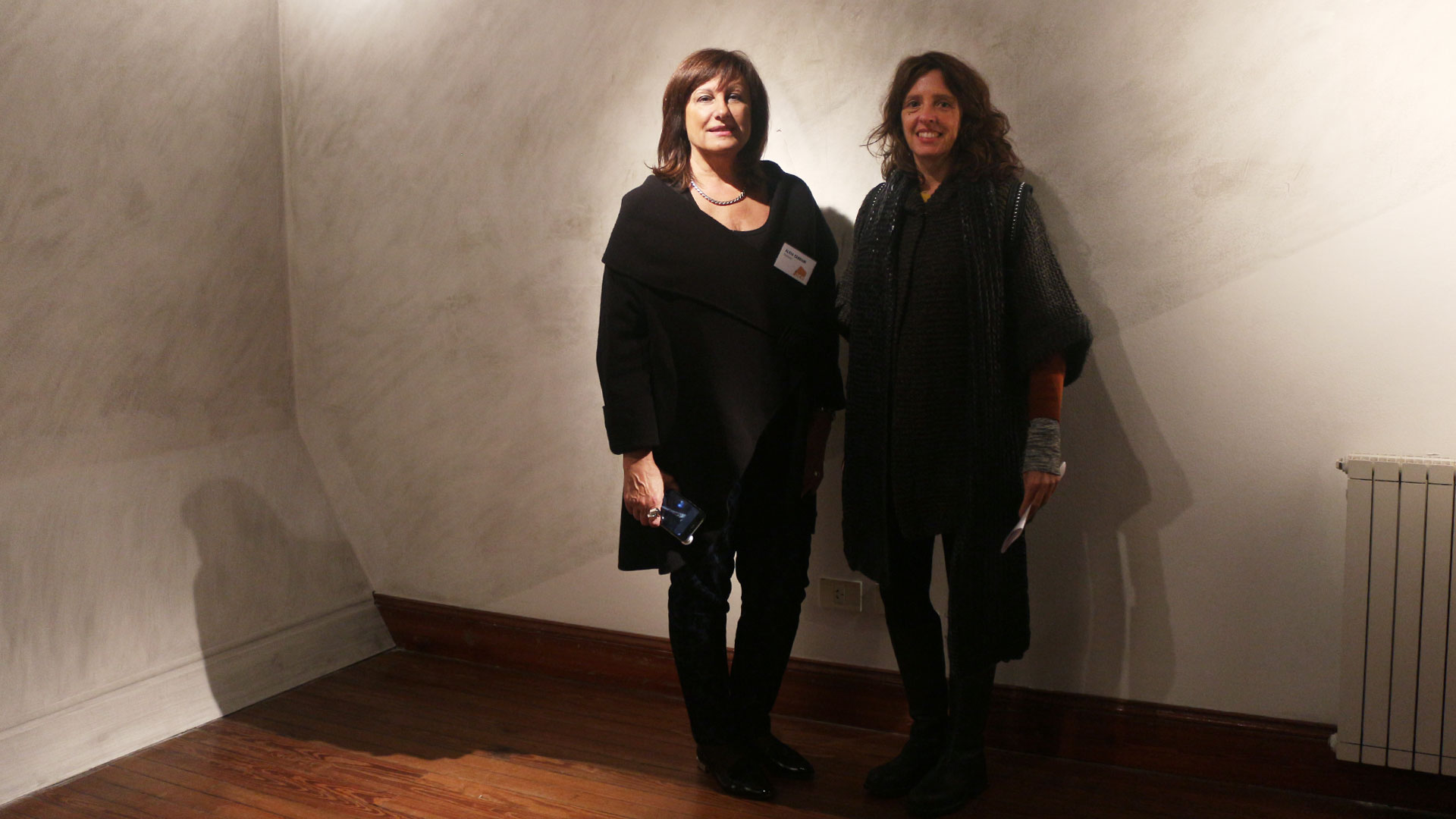
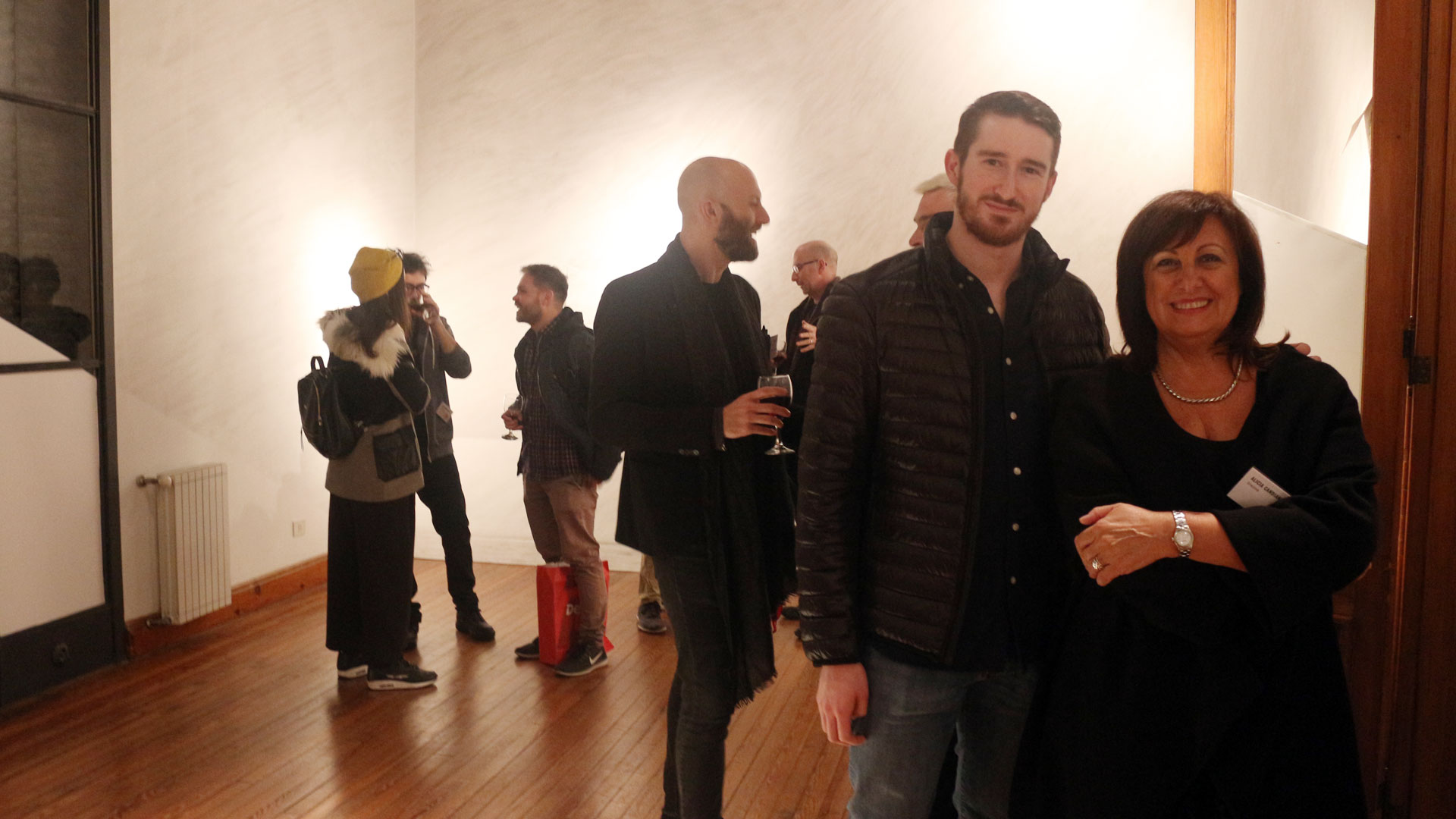
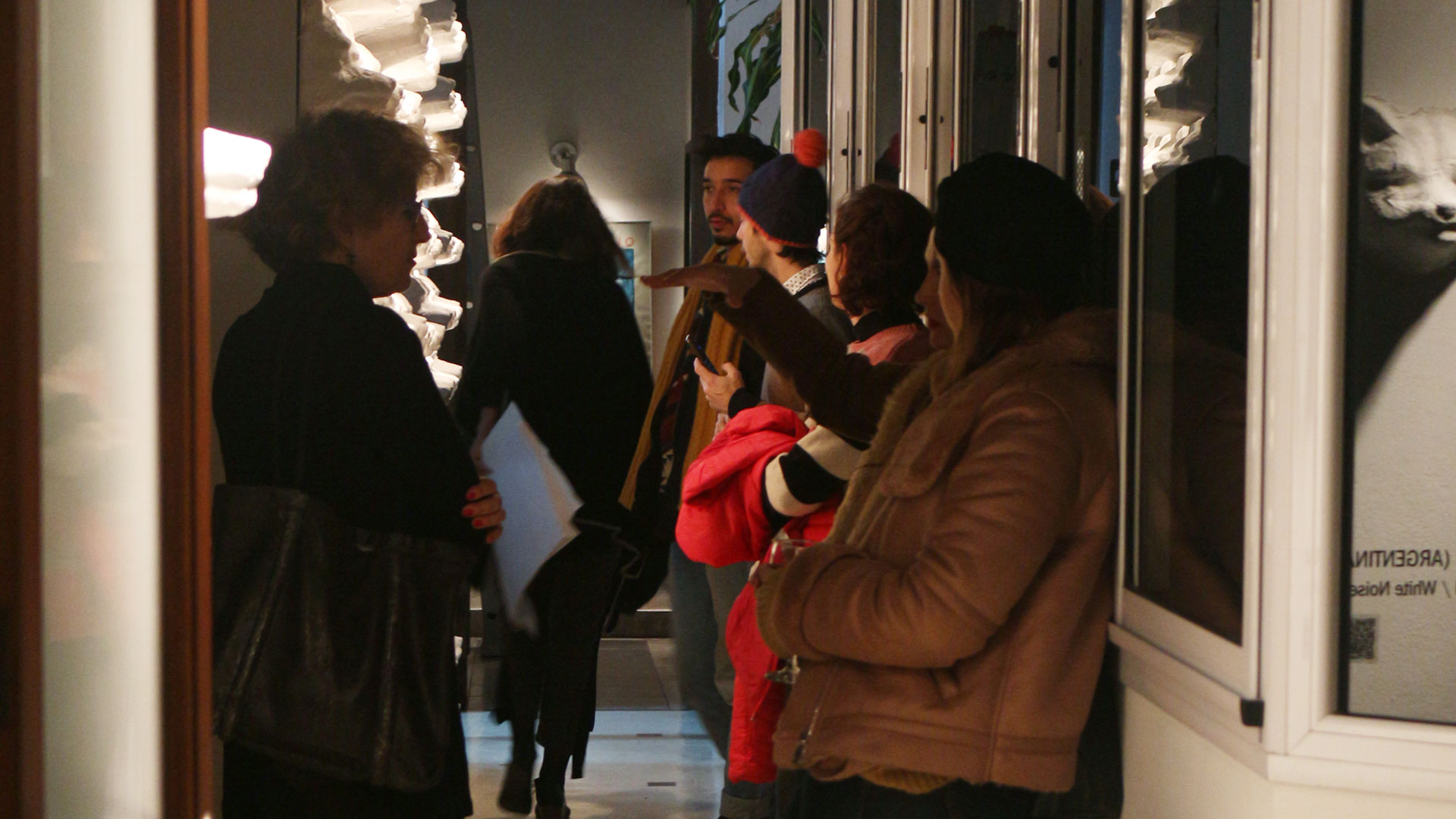
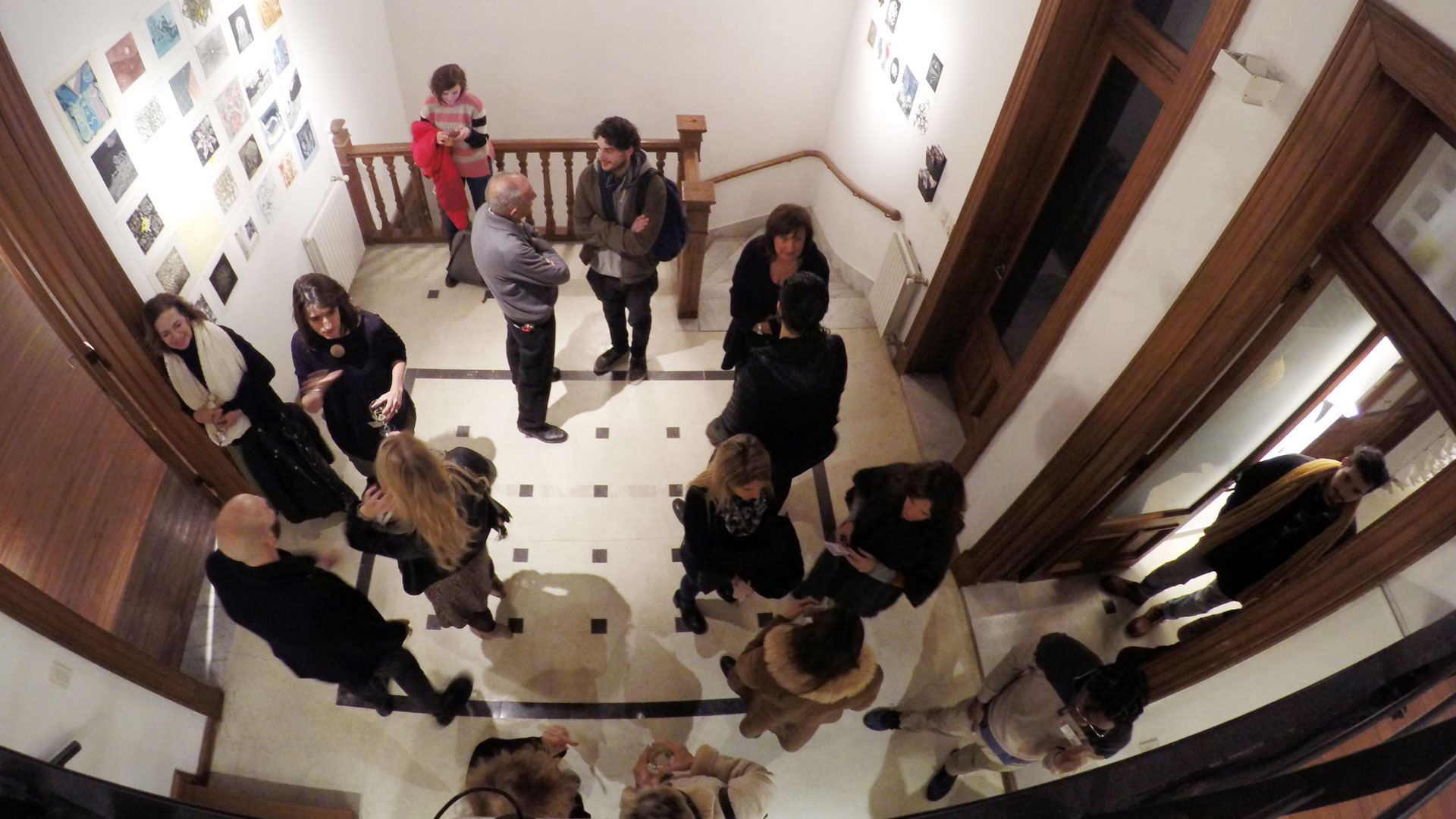
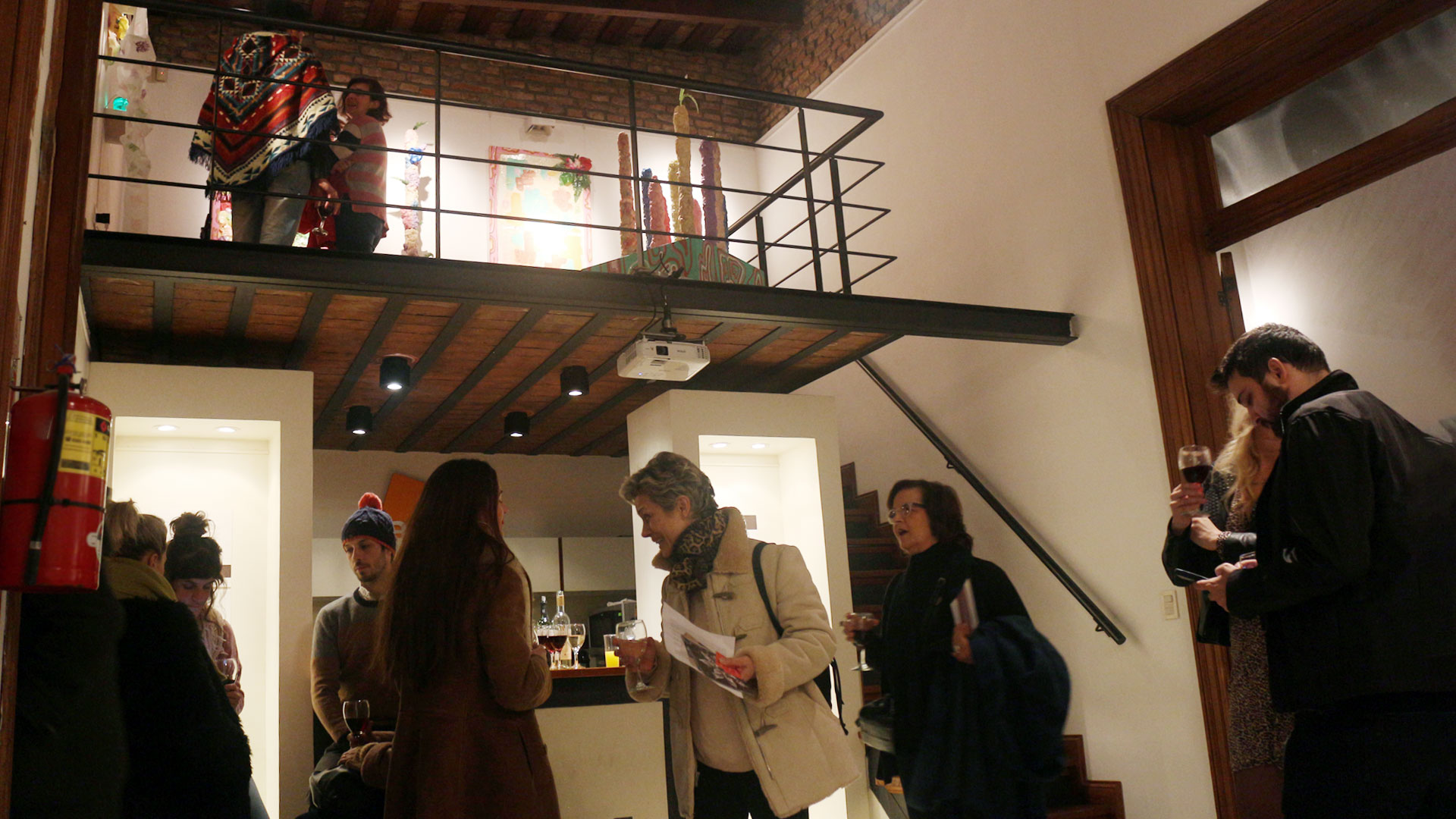
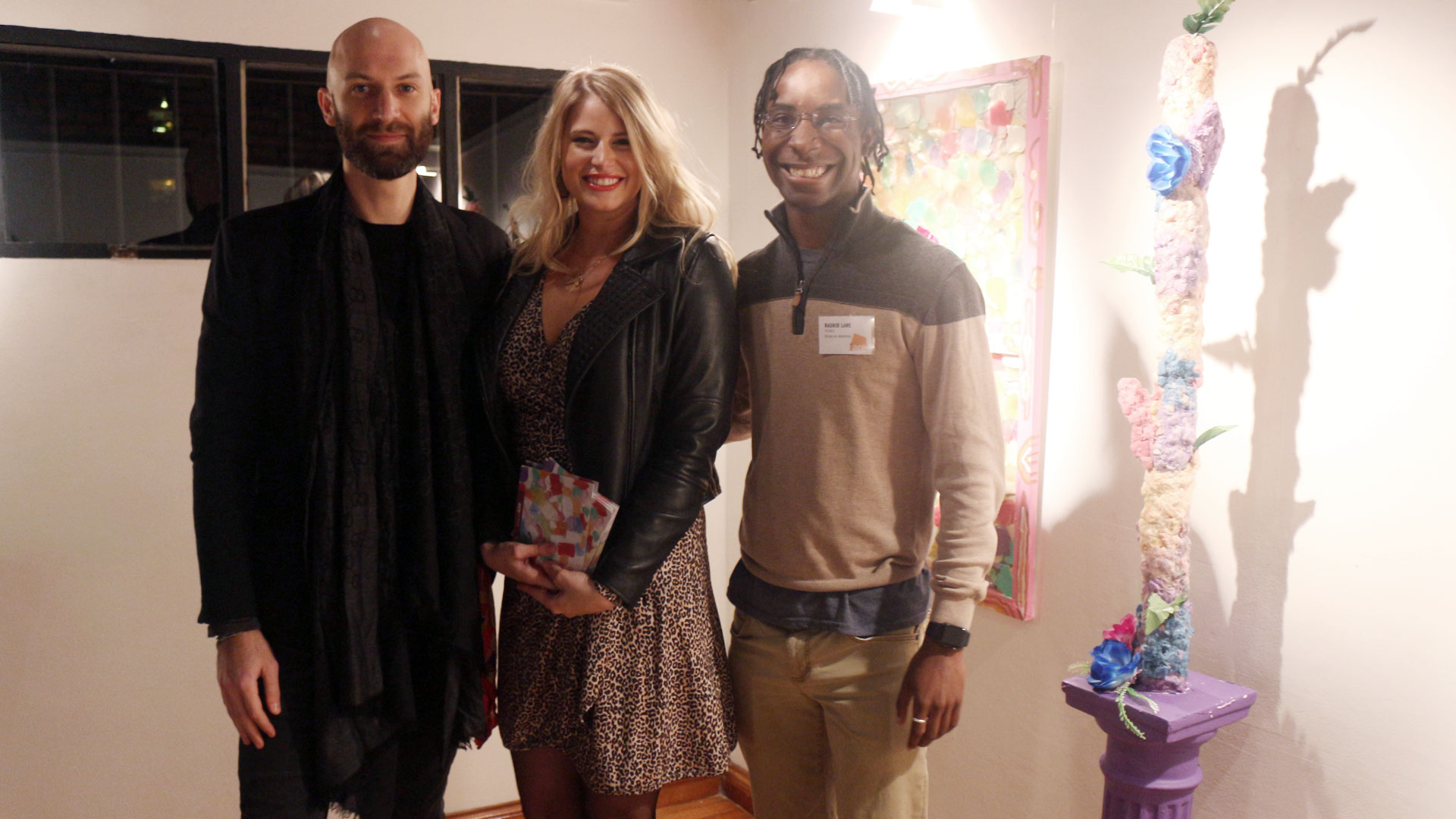
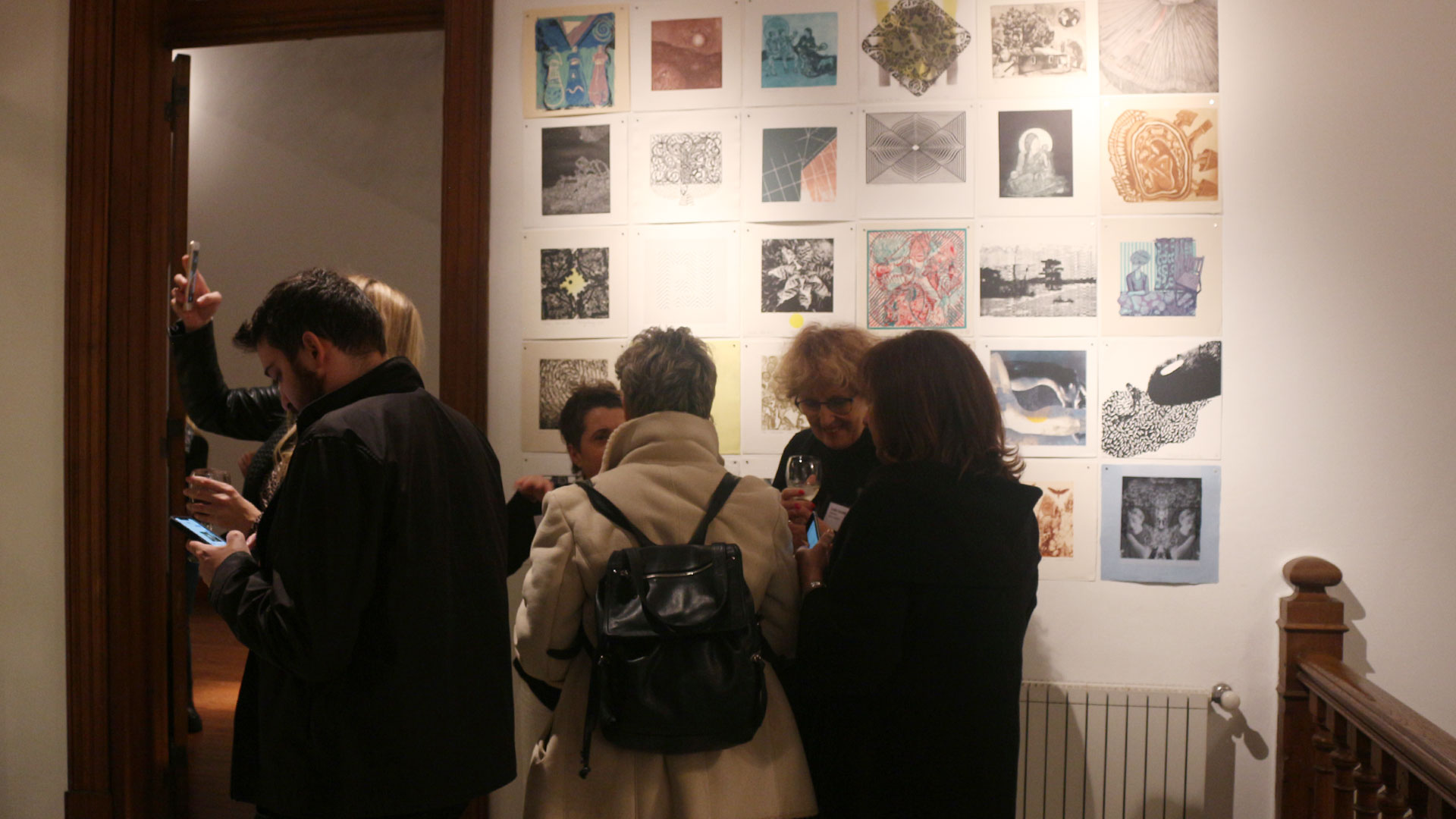
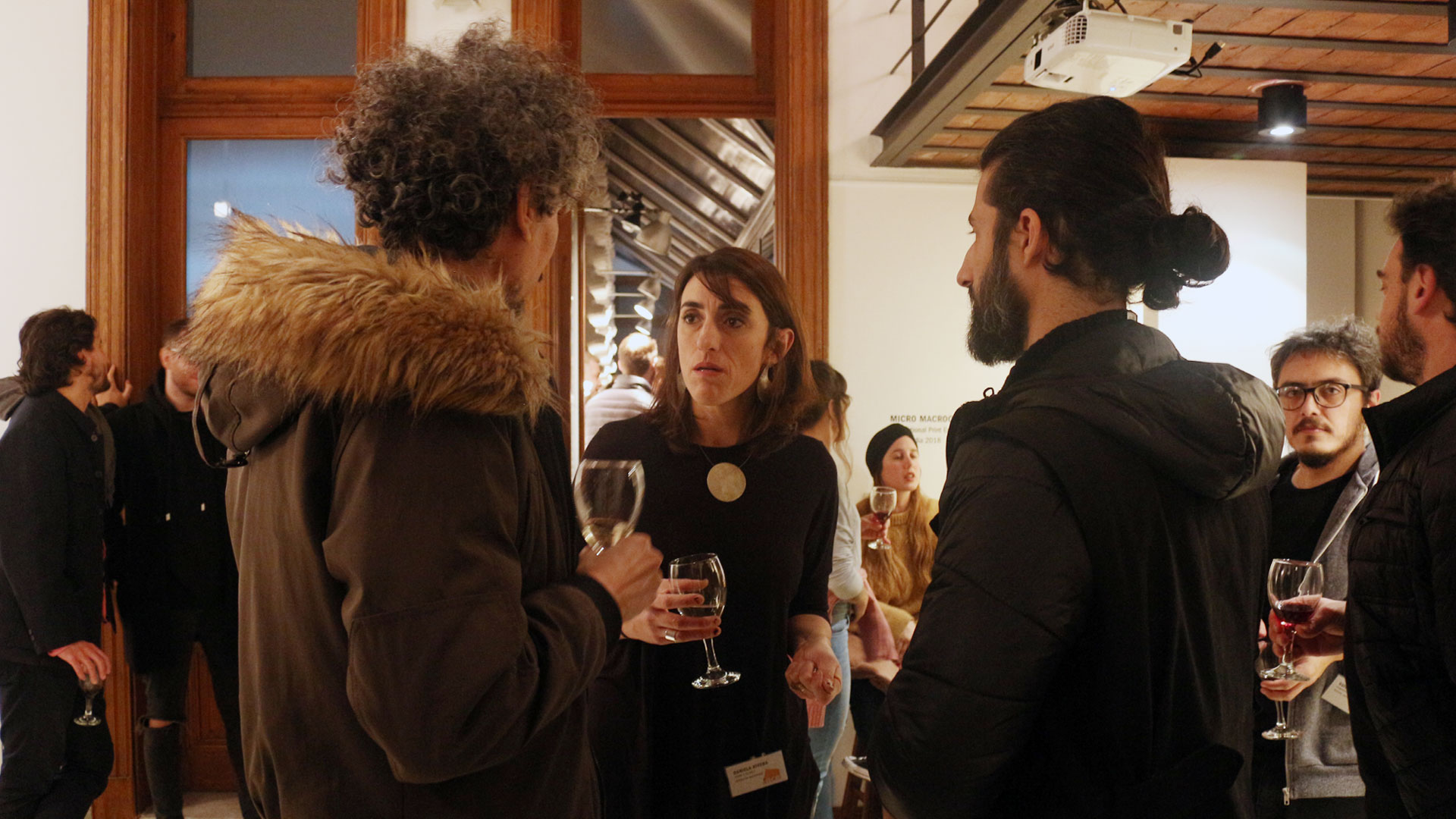
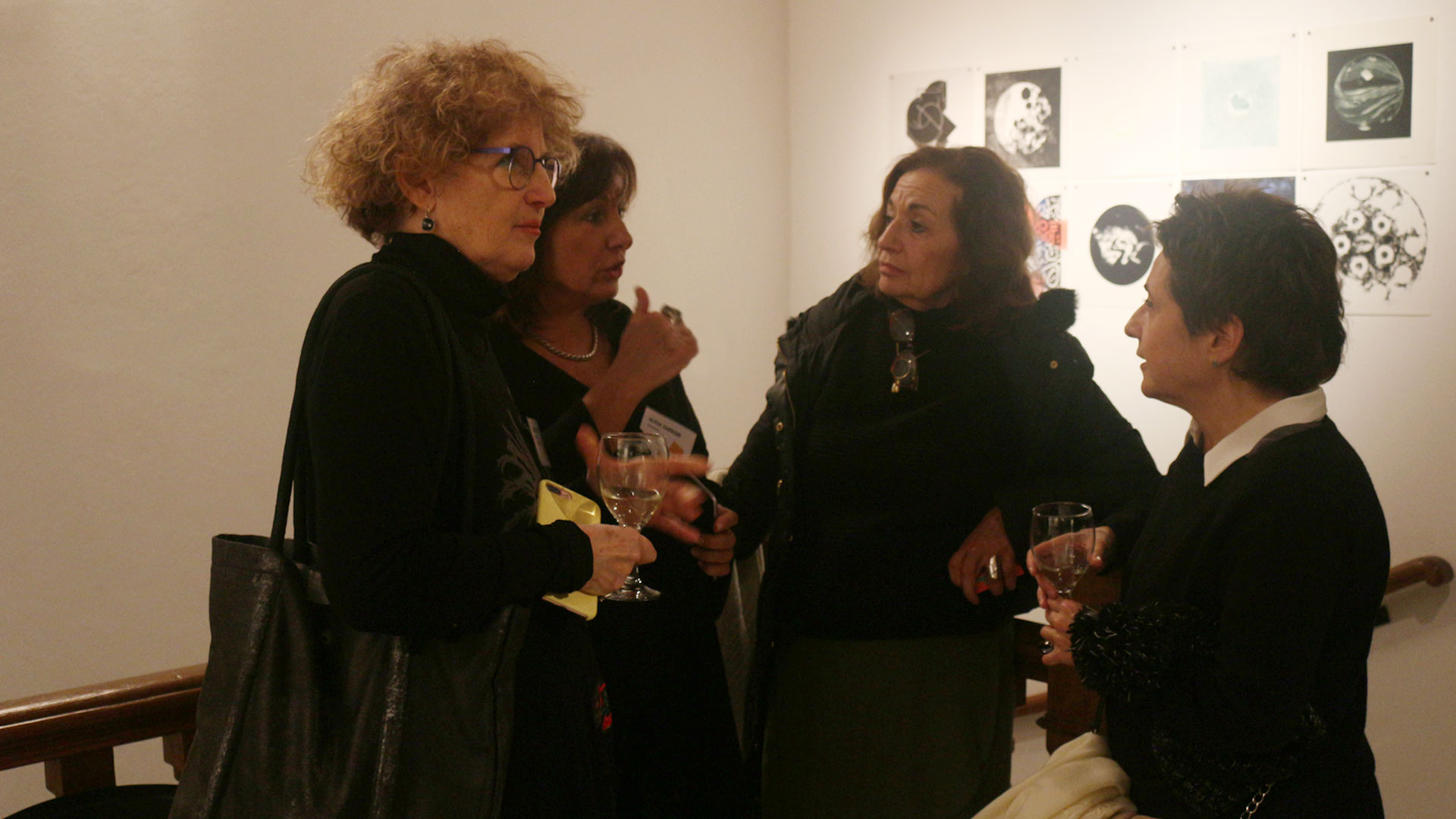
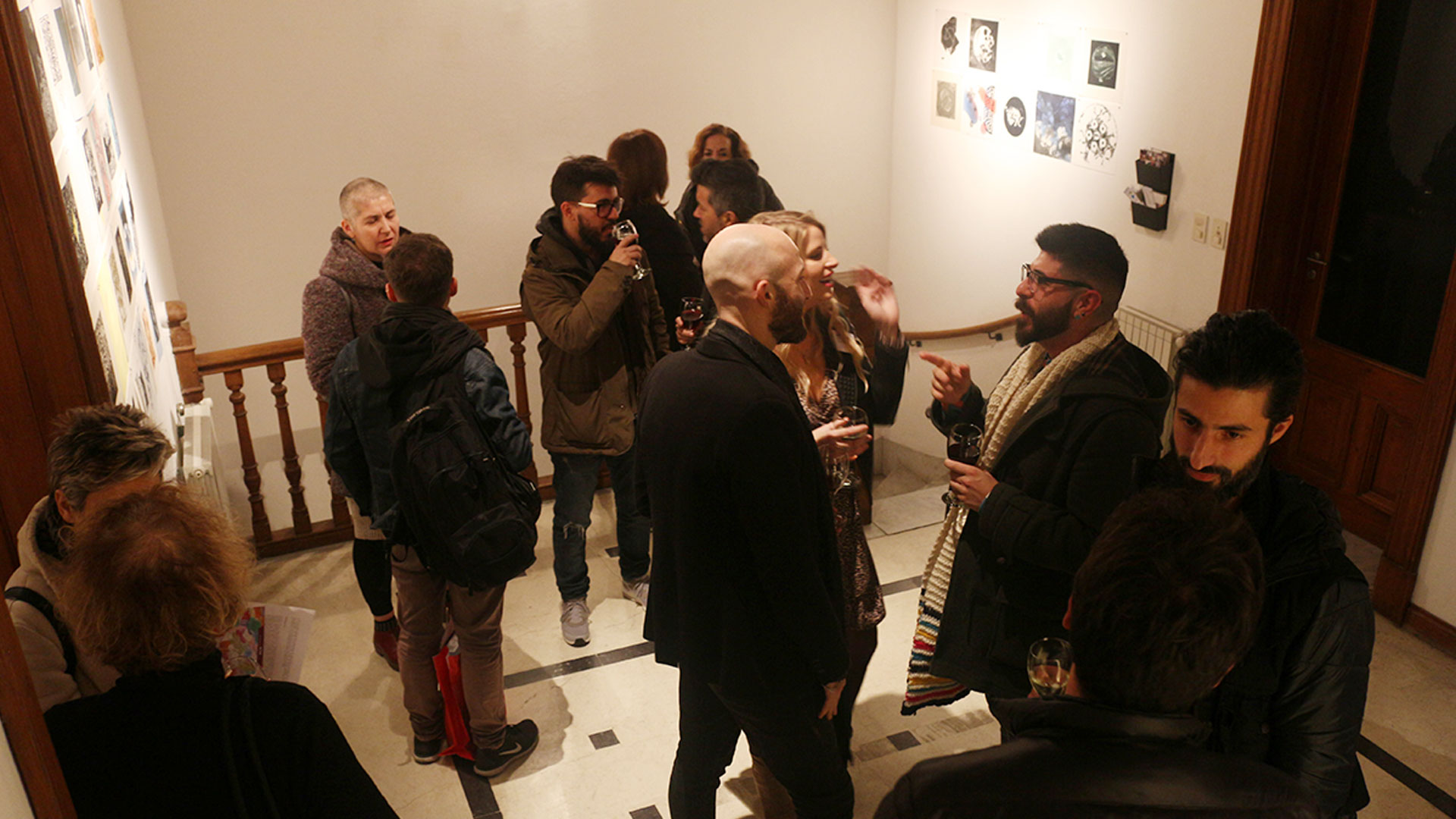
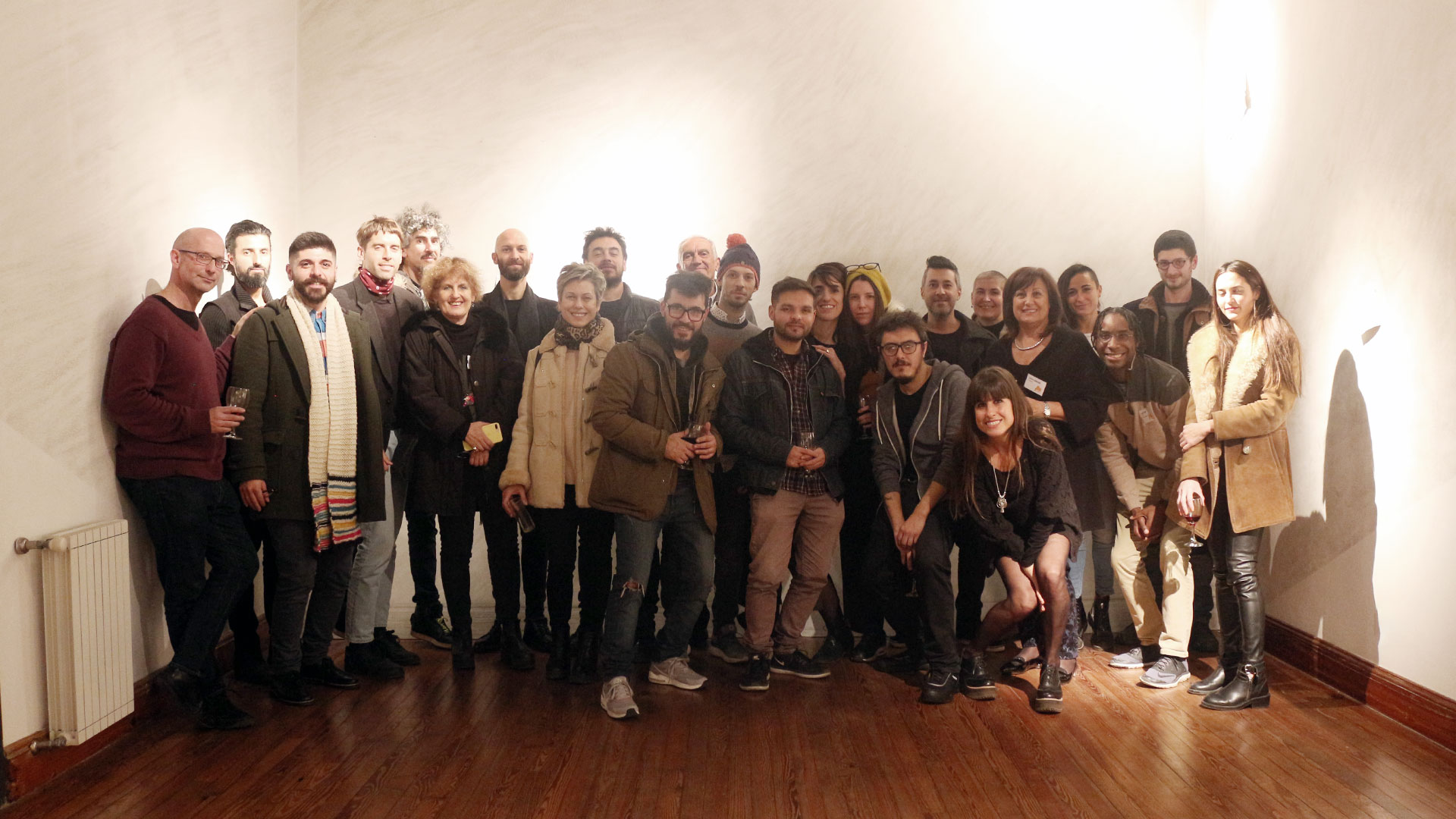
International Projects, Exhibitions
The World IN a Handkerchief
´ace´s genealogy
23.03.22 06.05.22
The World IS a Handkerchief : El mundo es un pañuelo
A Wandering Genealogy curated by Claudia DeMonte & Cecilia Mandrile
The World IN a Handkerchief : El mundo en un pañuelo
Guest Curator, genealogy Proyecto’ace: Alicia Candiani
Exhibition of pieces
selected from the Fundación´ace´s collection and Alicia Candiani’s personal collection of the participating artists in “The world IN a handkerchief”
For a month and a half, the Políglota Room is hosting three exhibitions on a rotating basis. From March 23 to April 1, “The world IS a handkerchief” and “The world IN a handkerchief: the genealogy of ´ace” were exhibited simultaneously, paying special tribute to the Argentine artist Graciela Sacco. While the original series returned to New York from where it will soon travel to England, the ‘ace genealogy collection was joined by a new exhibition of large format pieces of the participating artists, some belonging to the Fundación’ace collection and others to the private collection of Alicia Candiani.
The World IS a Handkerchief is a travelling exhibition rooted in the Spanish saying ‘el mundo es un pañuelo,’ which translates into English as ‘this is such a small world’. The project traces serendipitous encounters, moments of discovering personal connections in distant places or unexpected contexts. The project began with the meeting of Claudia DeMonte and Cecilia Mandrile as a mentor and student respectively at the University of Maryland, United States in 1995 and has expanded through an international collaborative network between mentors, students and
peers.
The World IN a Handkerchief is a new chapter of the project, a graphic, soft and traveling portfolio curated by guests artists from the core genealogy. Artist and curator Alicia Candiani, essential mentor of this genealogy, Founder and Director of Proyecto´ace, has been invited to curate this new collection that reflects her close creative family.
ABOUT THE WORLD IN A HANDKERCHIEF by Cecilia Mandrile
Handkerchiefs have accompanied people in celebrations and farewells in many cultures for centuries, offered bodily protection and coverage, and sustained expressions of political tenets and spiritual beliefs. In this project, handkerchiefs become vessels of memories and itinerant narratives; containers of emotions; translators of wounds, signals of ideological resistance. Each piece epitomizes a soft space that holds disappearing recollections of homeland as well as reflections on displacement and identity that can be carried as a tangible memento. In times when touch appears as a dangerous sense, every single printed handkerchief means a meaningful testament of the continuous nurturing mentorship among artists and educators, reminding us that the soft touch remains both an intimate and universal need of communication.
To celebrate this constant and sustained creative dialogue, in 2019 the curators developed a portable exhibition of 50 handkerchiefs that explored the meaning of belonging and interconnectedness that this Spanish saying so tangibly evokes. In the reconstruction of this alternative family made up of artists and collectives from different latitudes and generations during the last two decades, both printed an edition of 25 handkerchiefs, and sent a printed handkerchief along with a blank handkerchief to 50 invited artists to intervene with their own reflections
on home, identity and belonging. From this exchange a “wandering genealogy” was born, a tribute to the strong threads that have woven this shared territory as itinerant artists and educators.
A limited edition catalogue including the work of 50 invited artists was published by Impact Press, Bristol, UK and includes an essay by Gill Saunders, Senior Curator of Prints, Victoria & Albert Museum, London. Currently, the catalogs of workshops and portfolios remain as digital publications, thus allowing to document the constant growth of this genealogy. Chris Knollmeyer, a sound artist in residence at ´ace at the same time, composed for this exhibition a special piece: “Sound of the Handkerchiefs”. The piece is a piano study made up of 25 melodies. Just as the handkerchiefs are tied to each artist’s history and sense of home, Chris feels a connection to the piano.
Related artists
Graciela Sacco
In Memoriam
Claudia DeMonte
Guest artist
OPENING
March 23, 7PM. Sala Políglota
FINISSAGE
April 27th, 1PM
The World is a Handkerchief |El mundo es un pañuelo
Exhibitions
2019 | London Print Studio Gallery, London, UK
2020 | Galería Blackburn 20|20, Elizabeth Foundation for the Arts,New York, USA
2021 | IMPACT11, Hong Kong, China
Catalogues | Instagram |Vimeo
